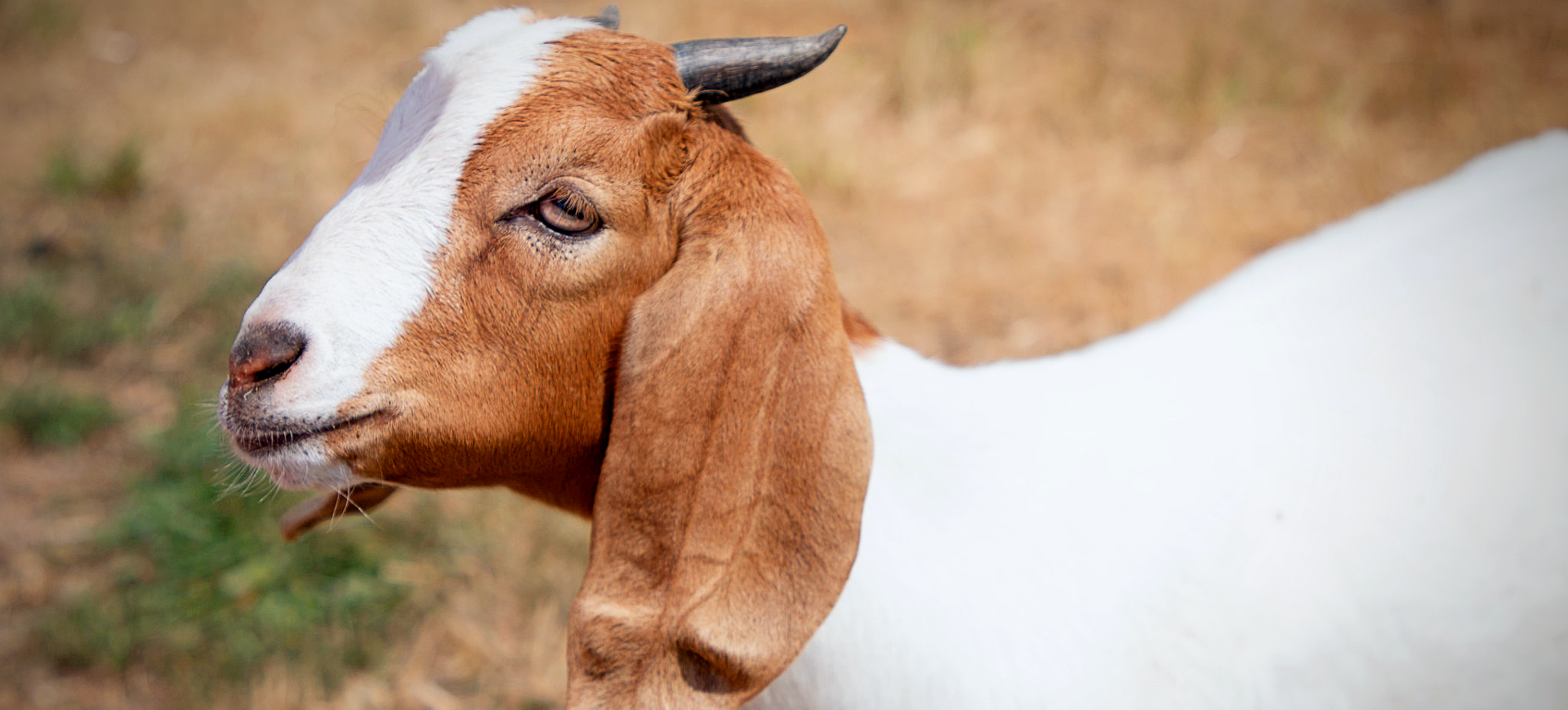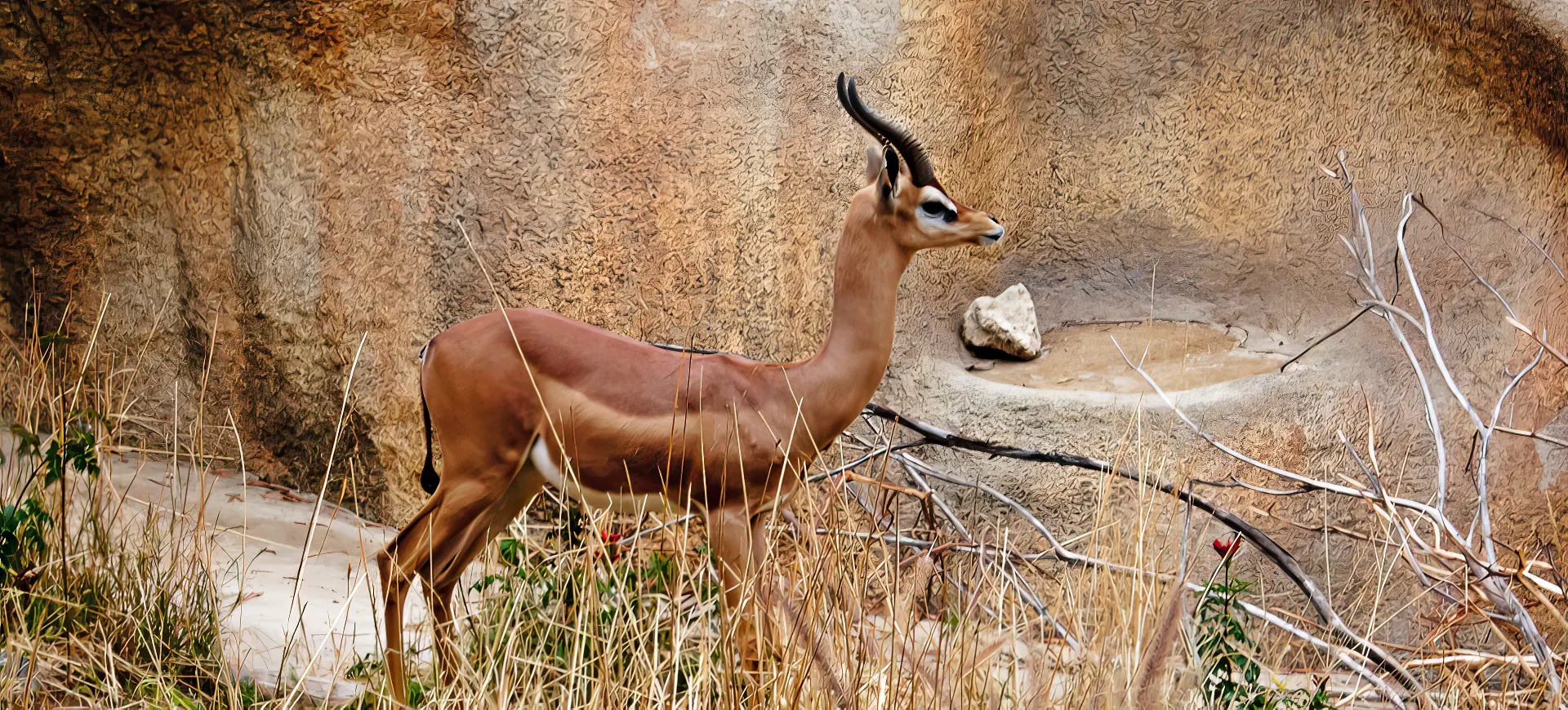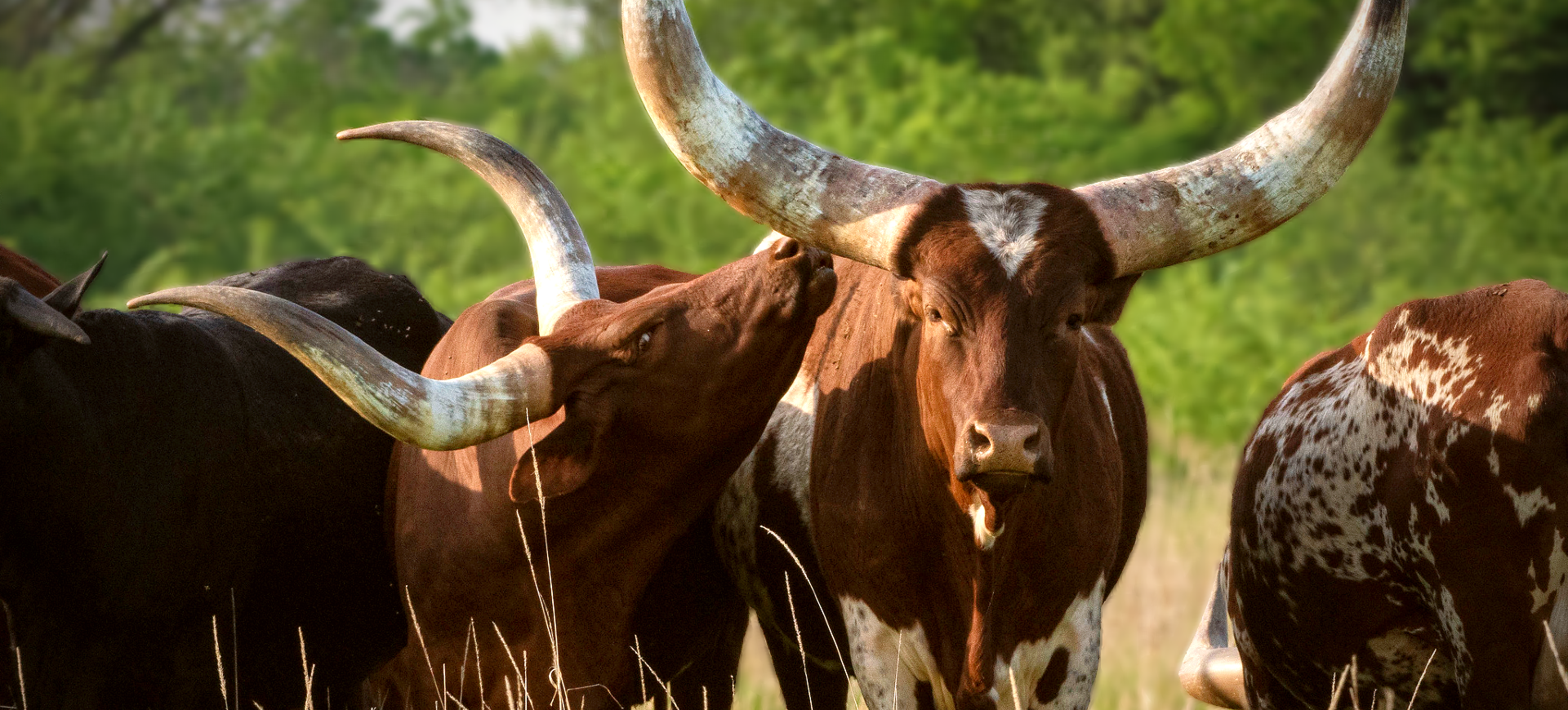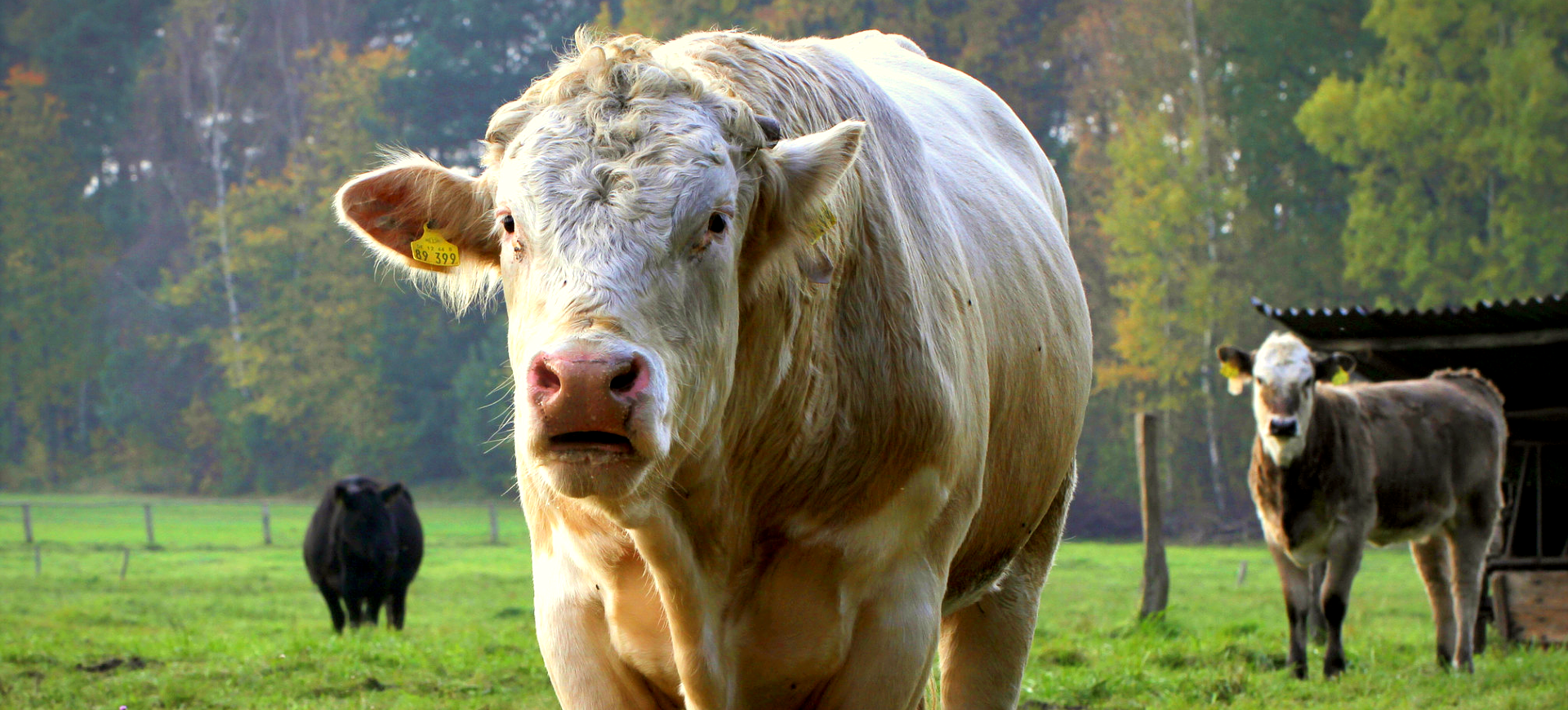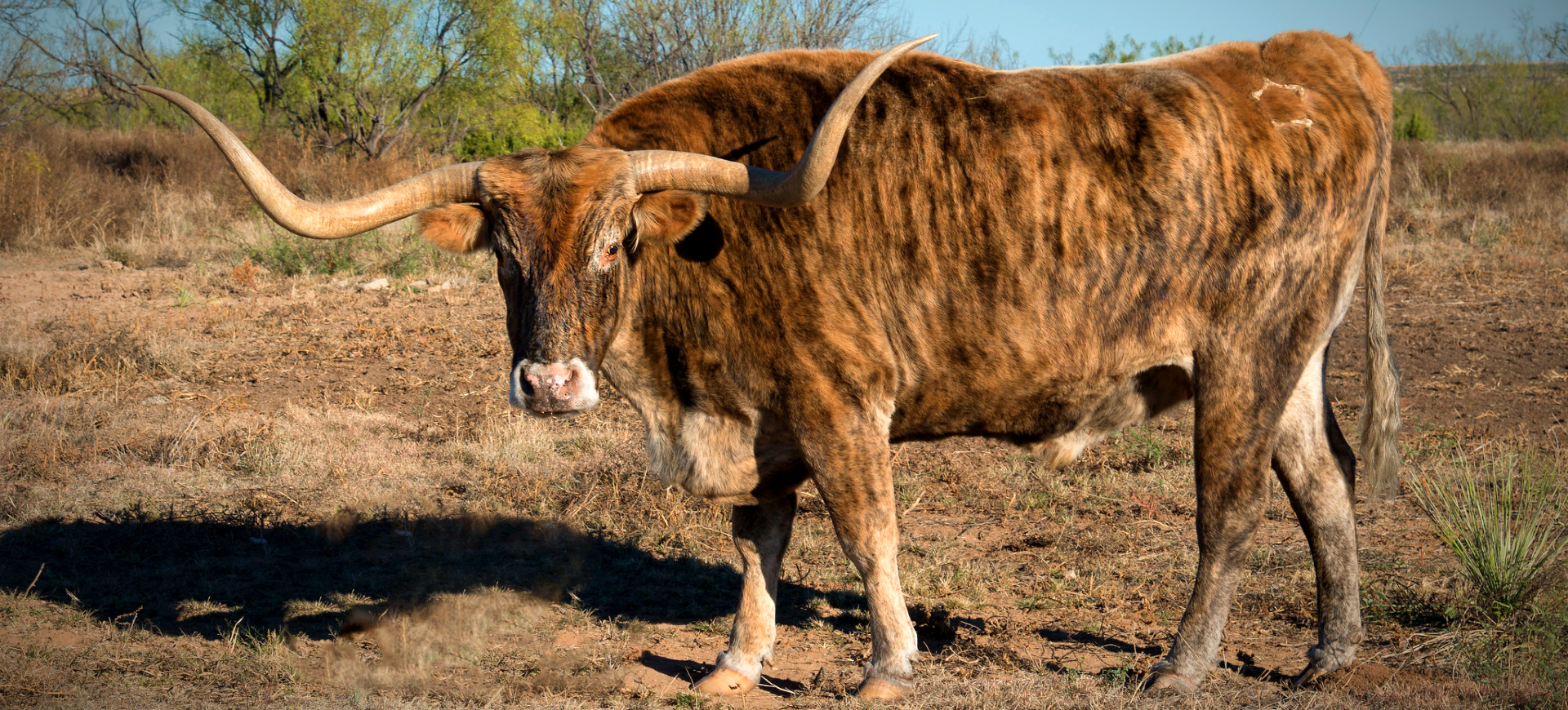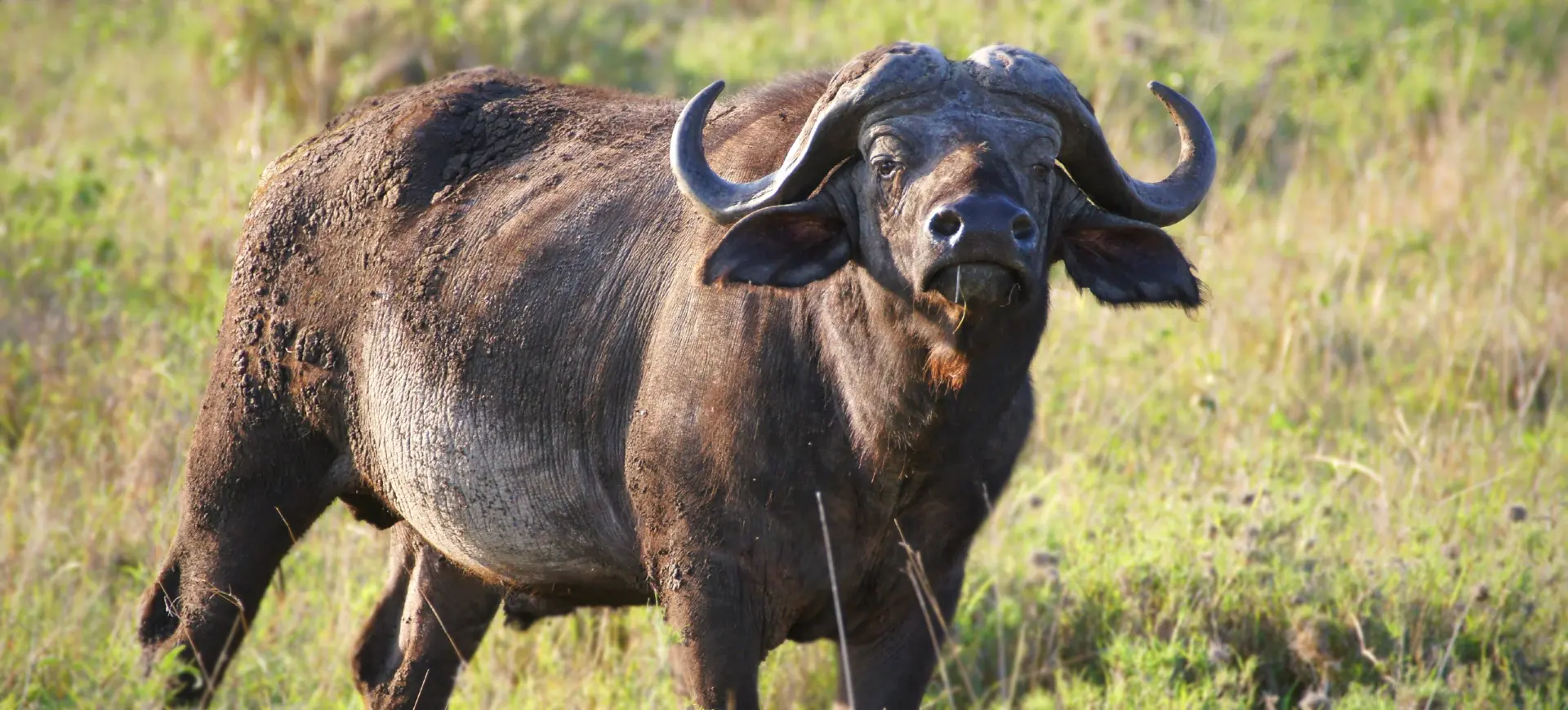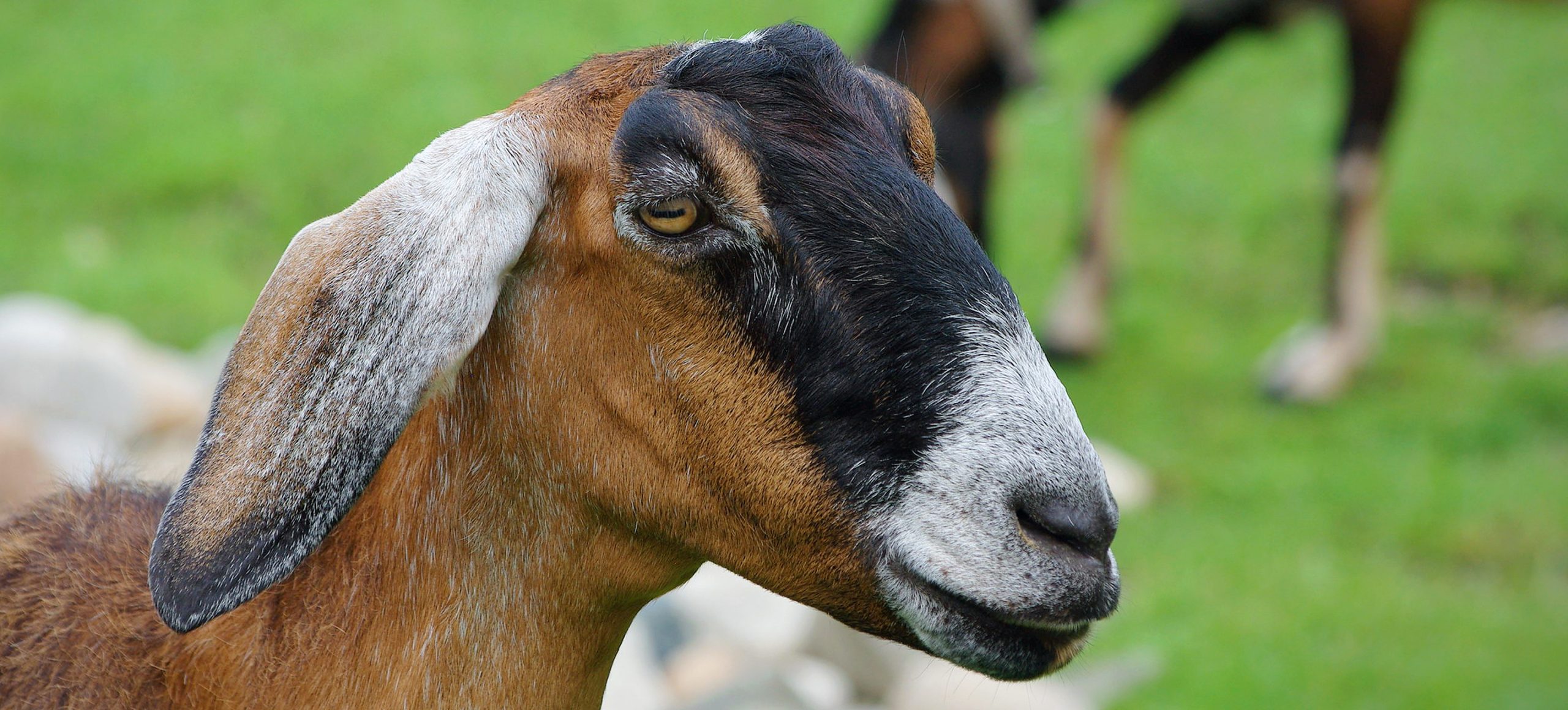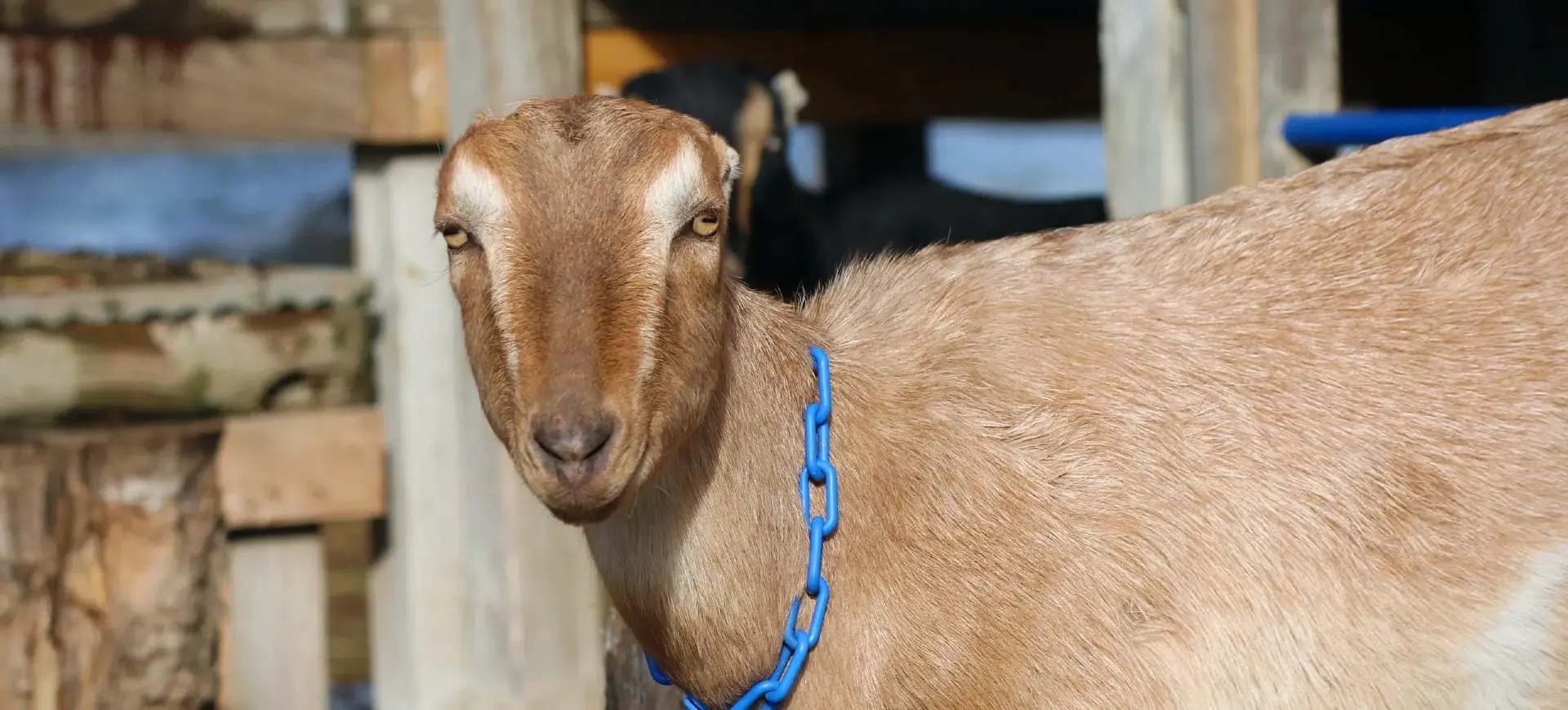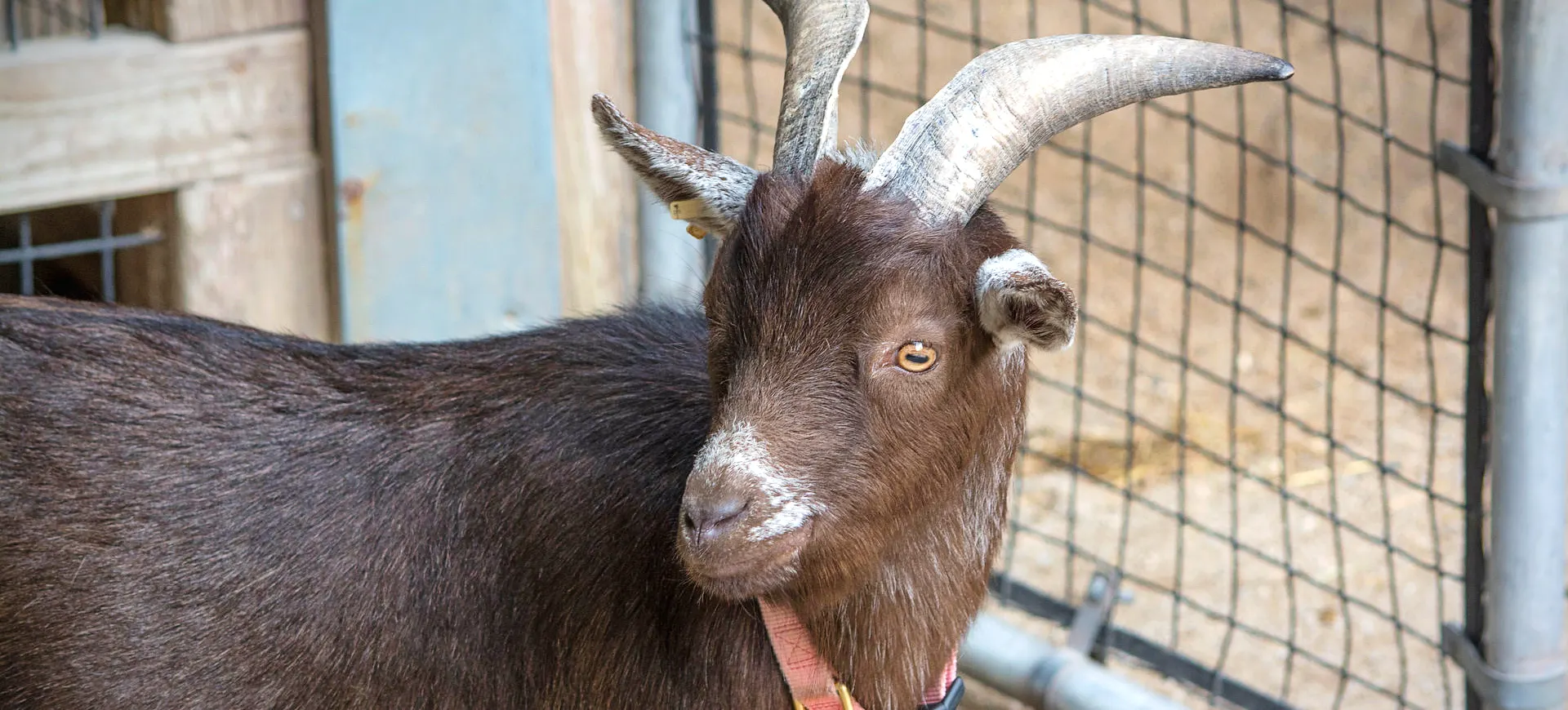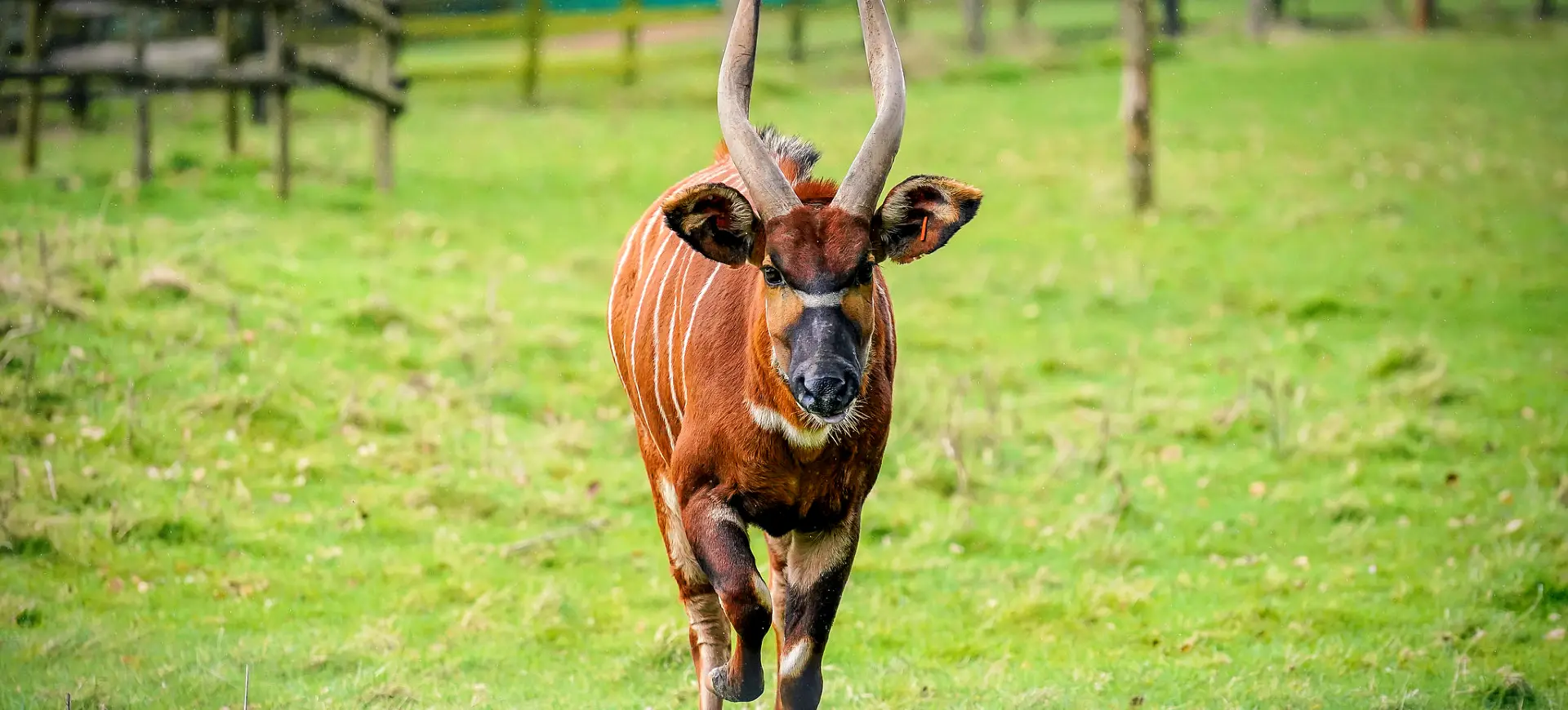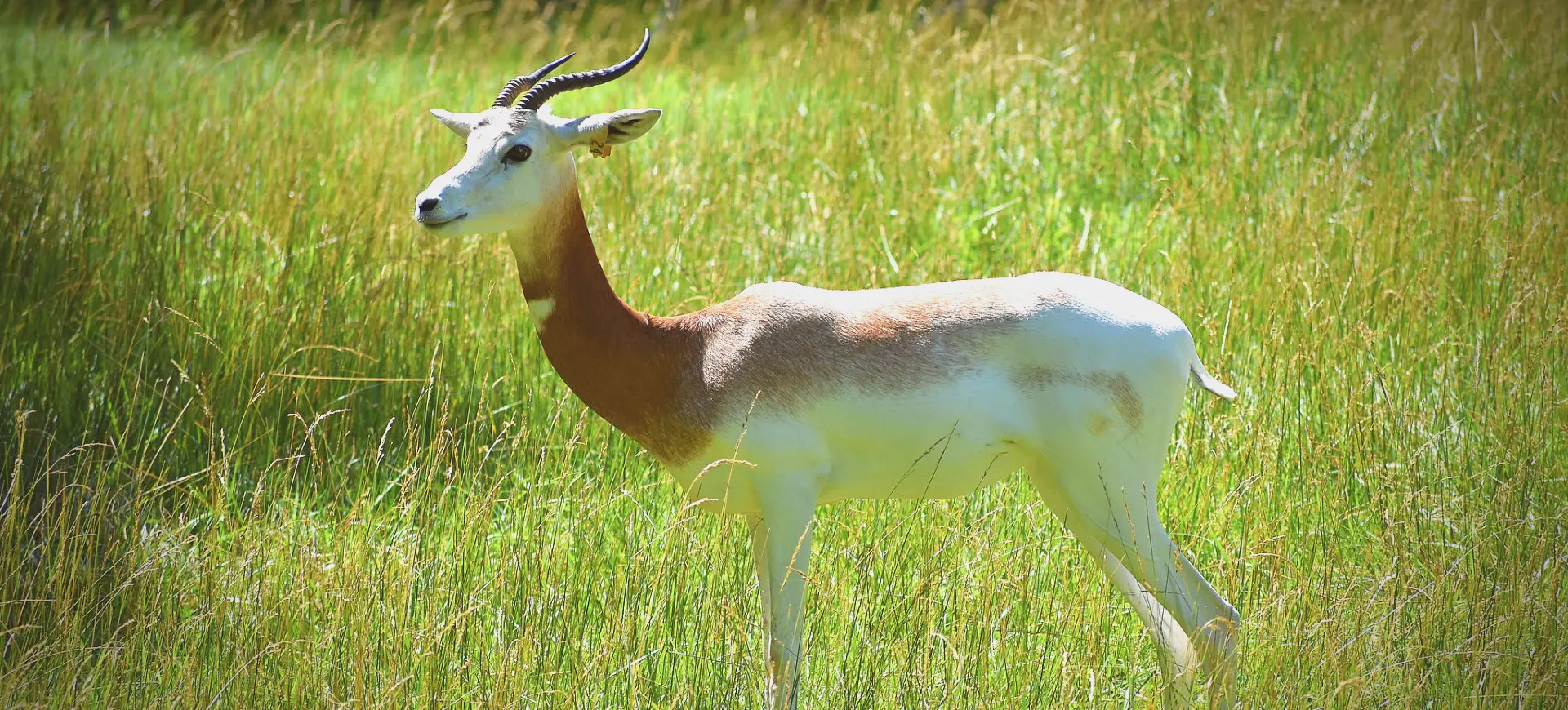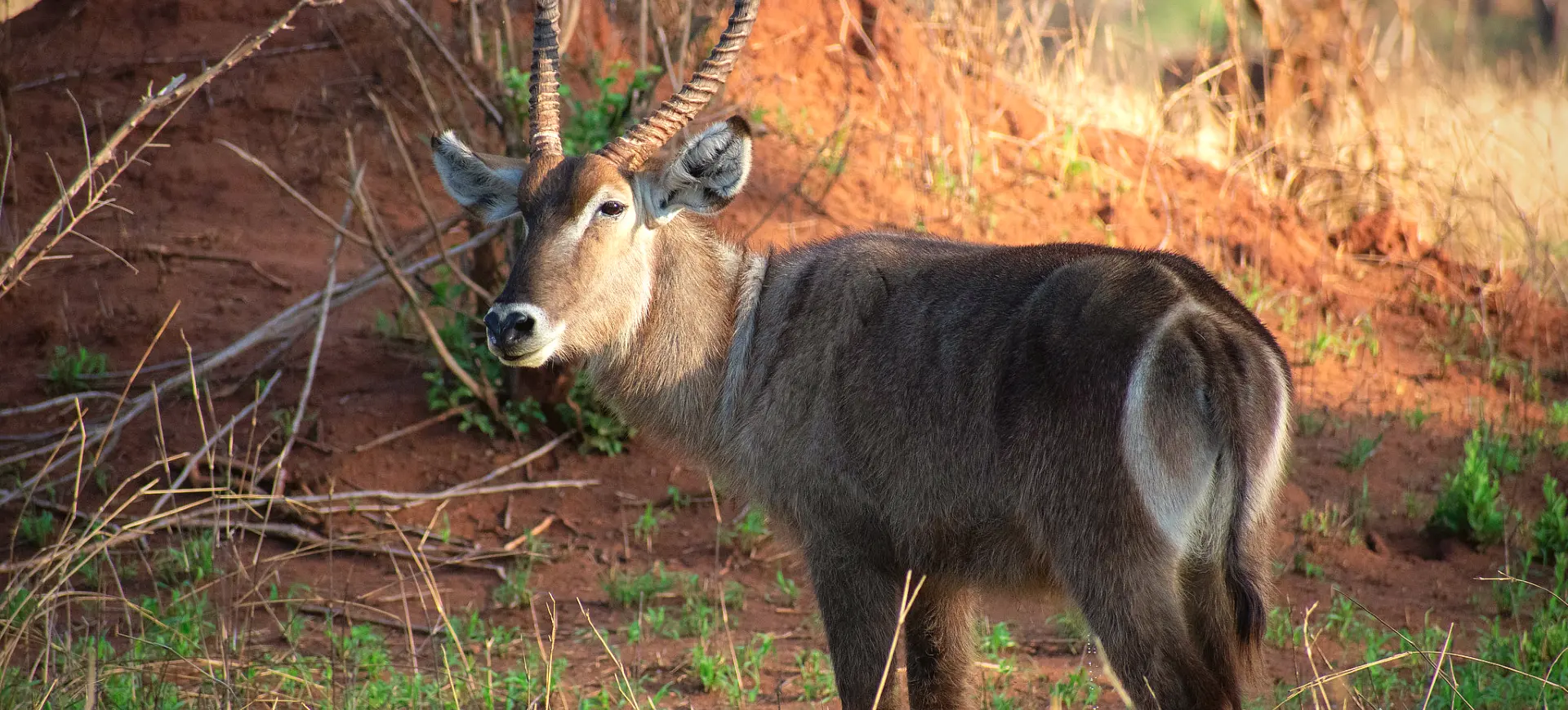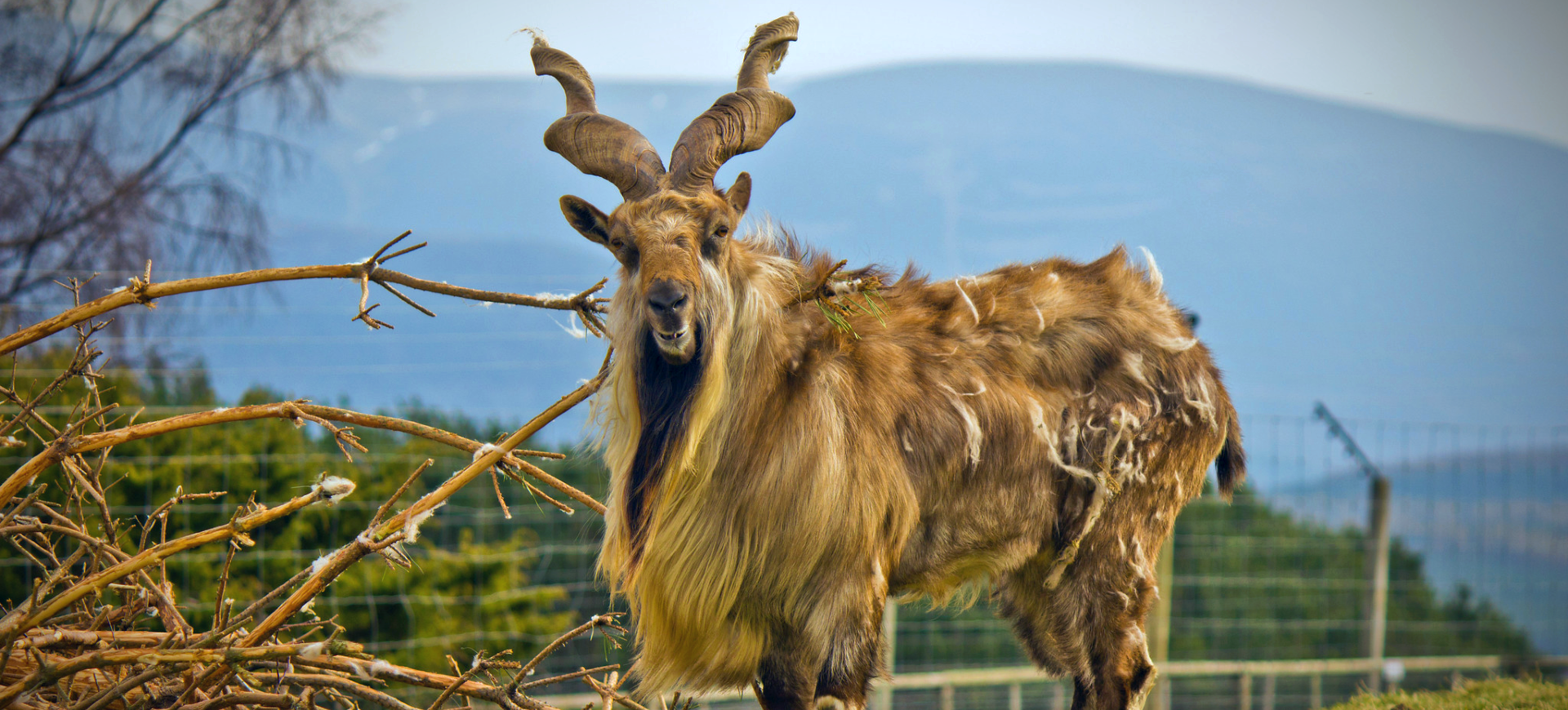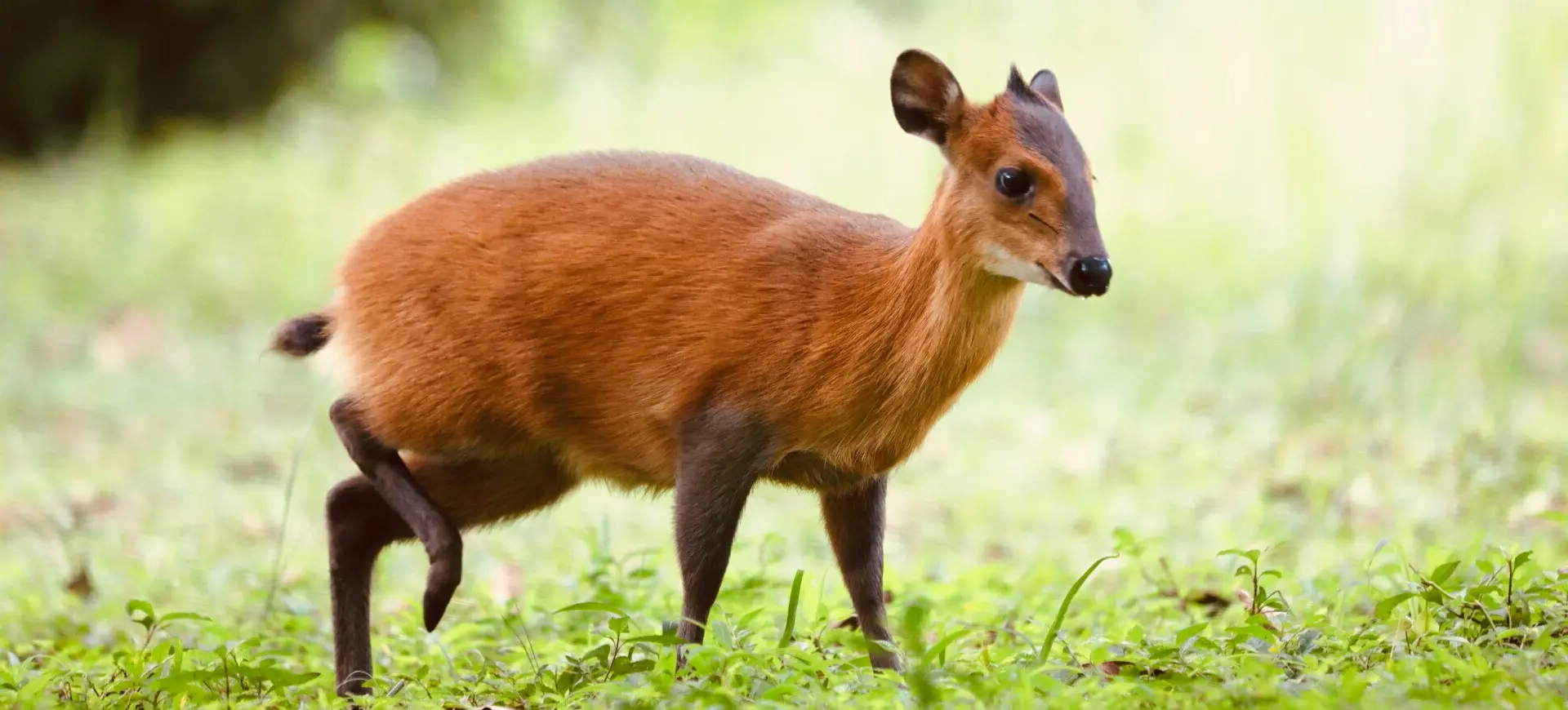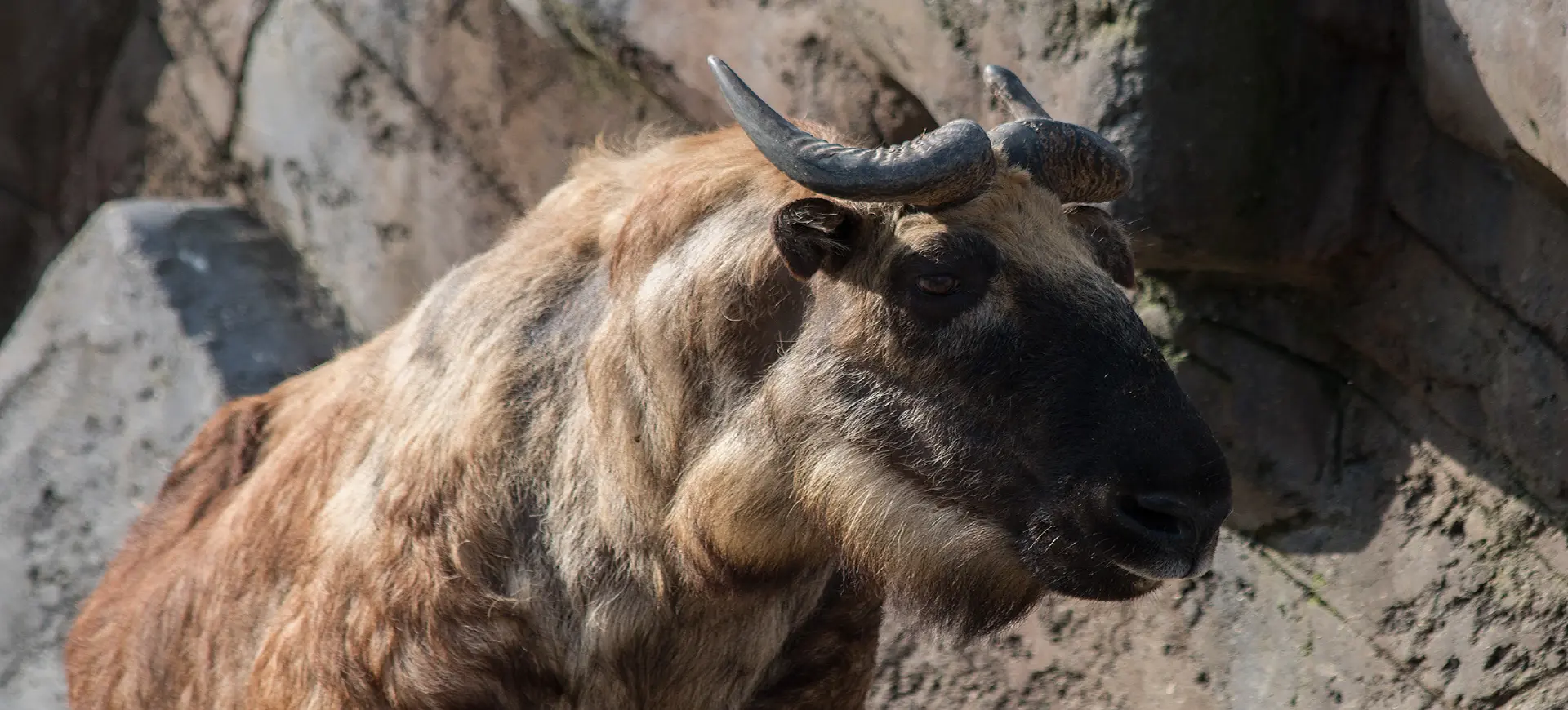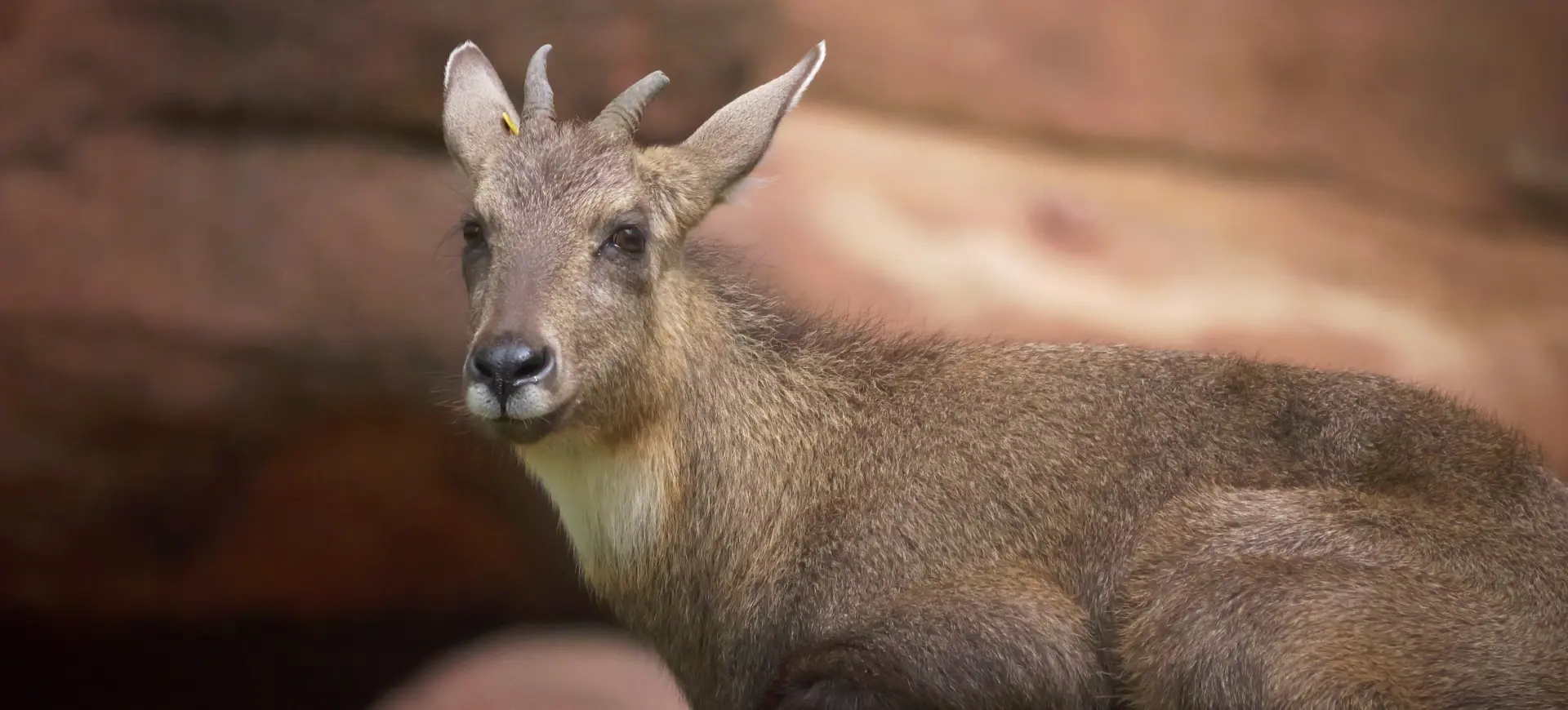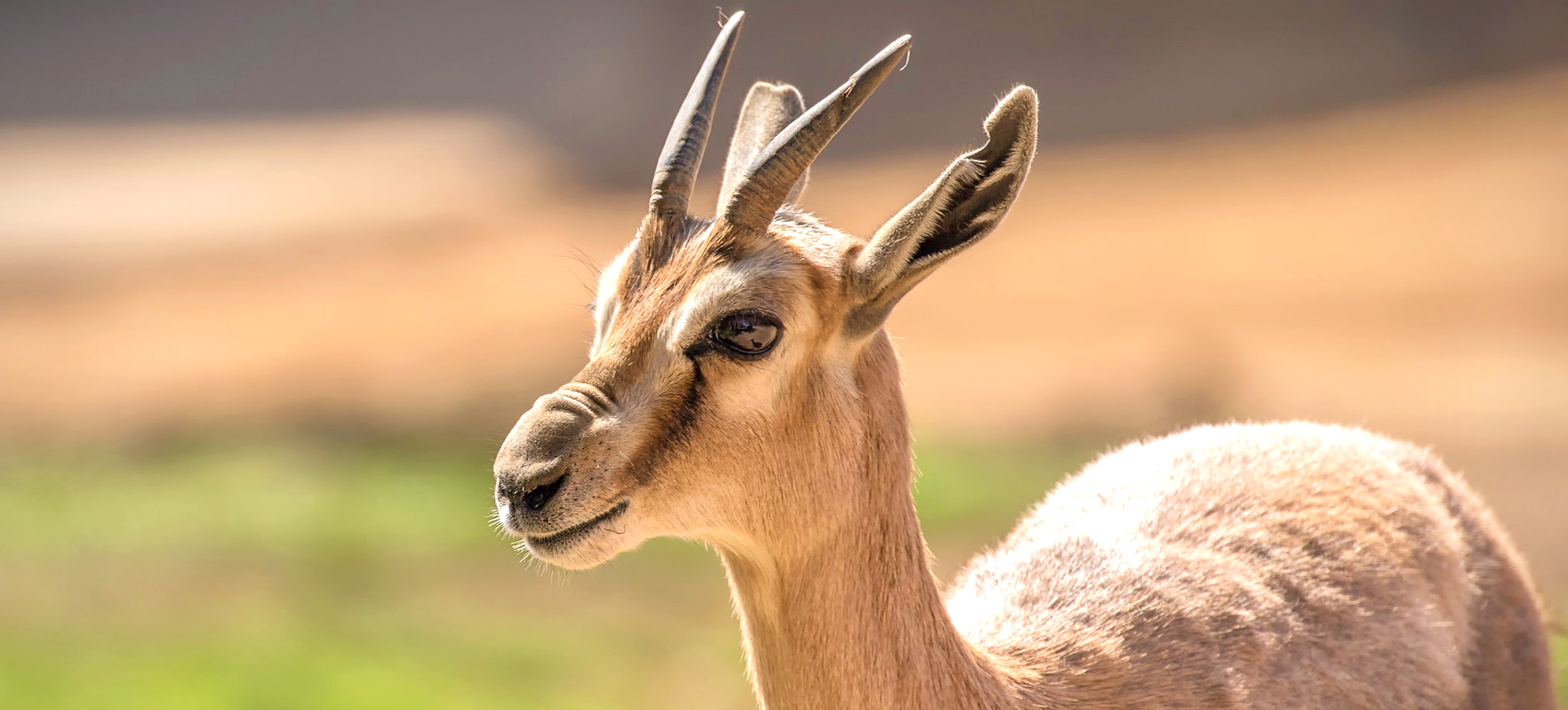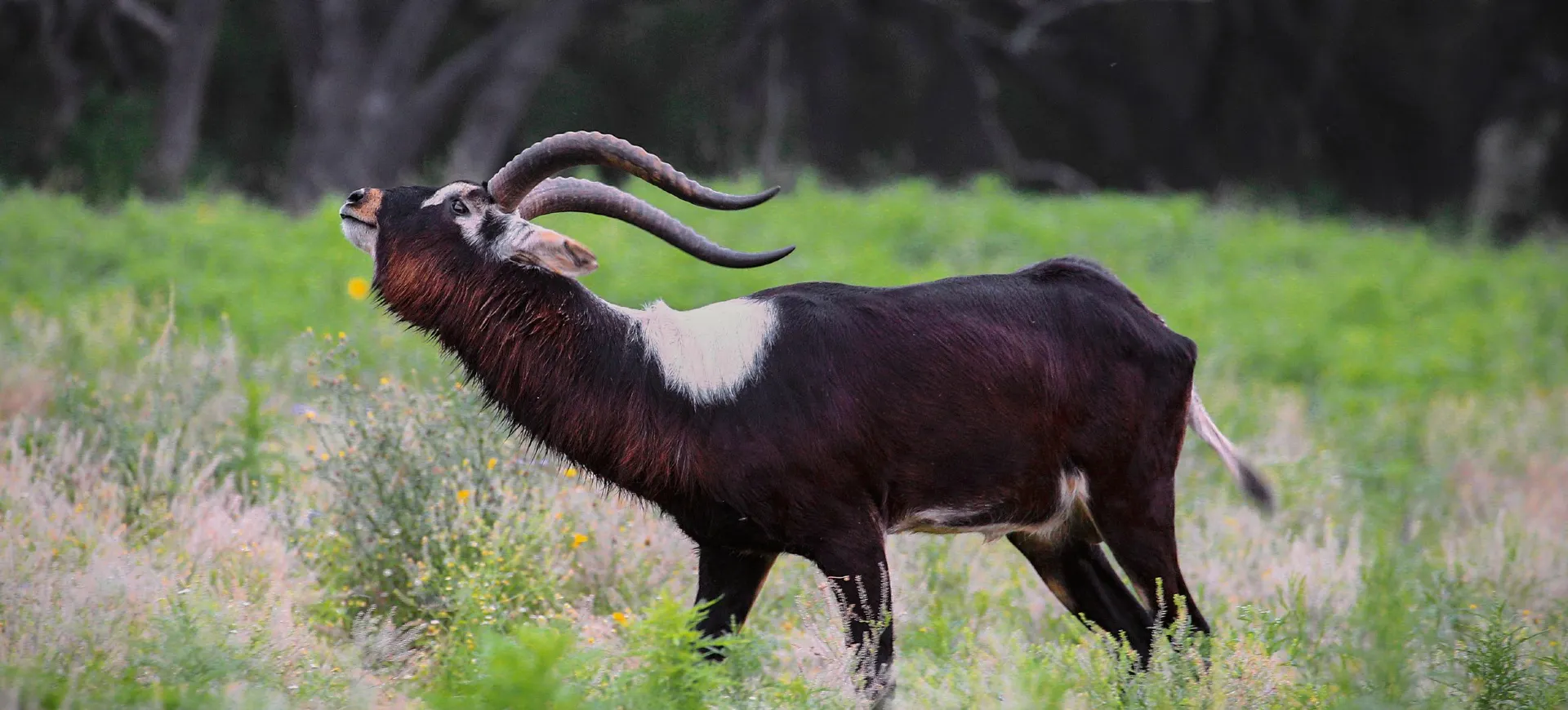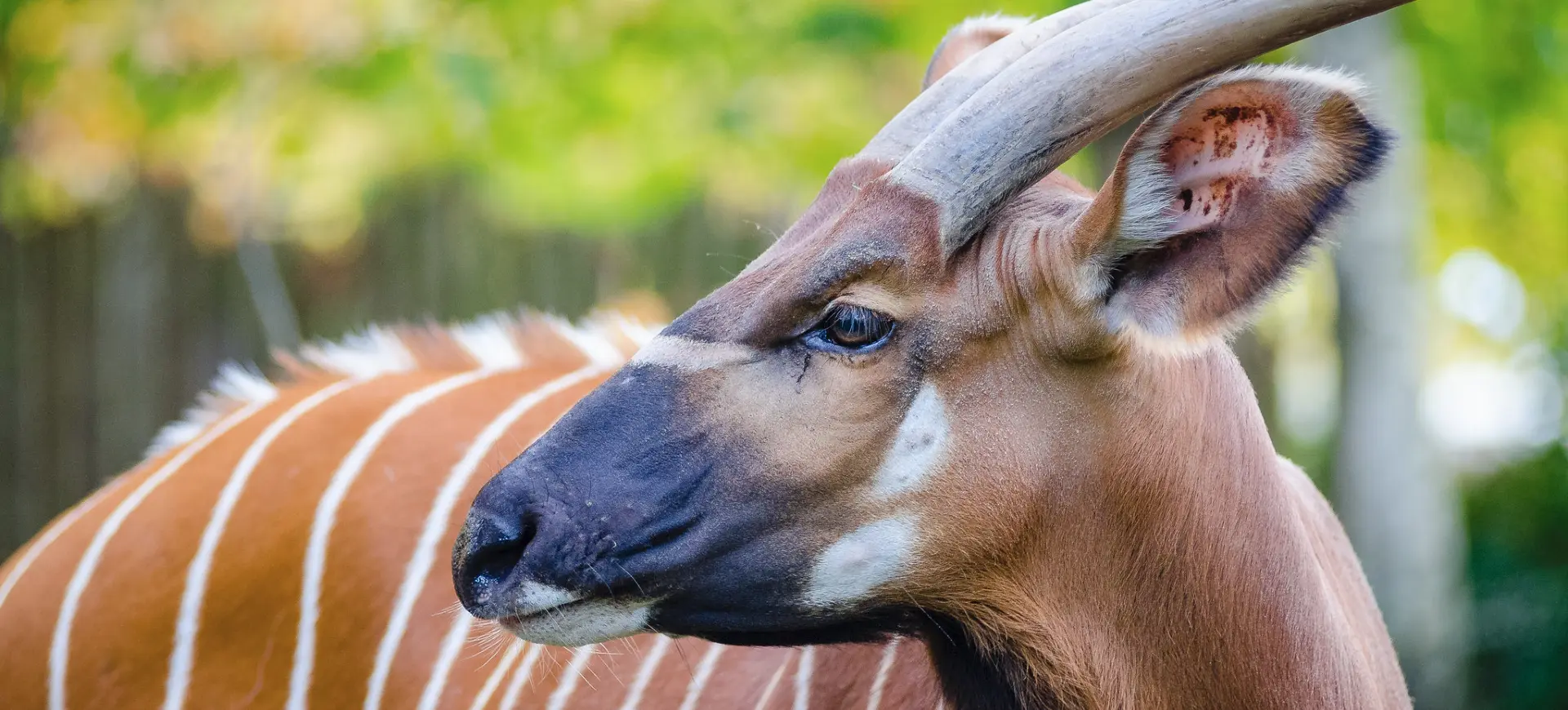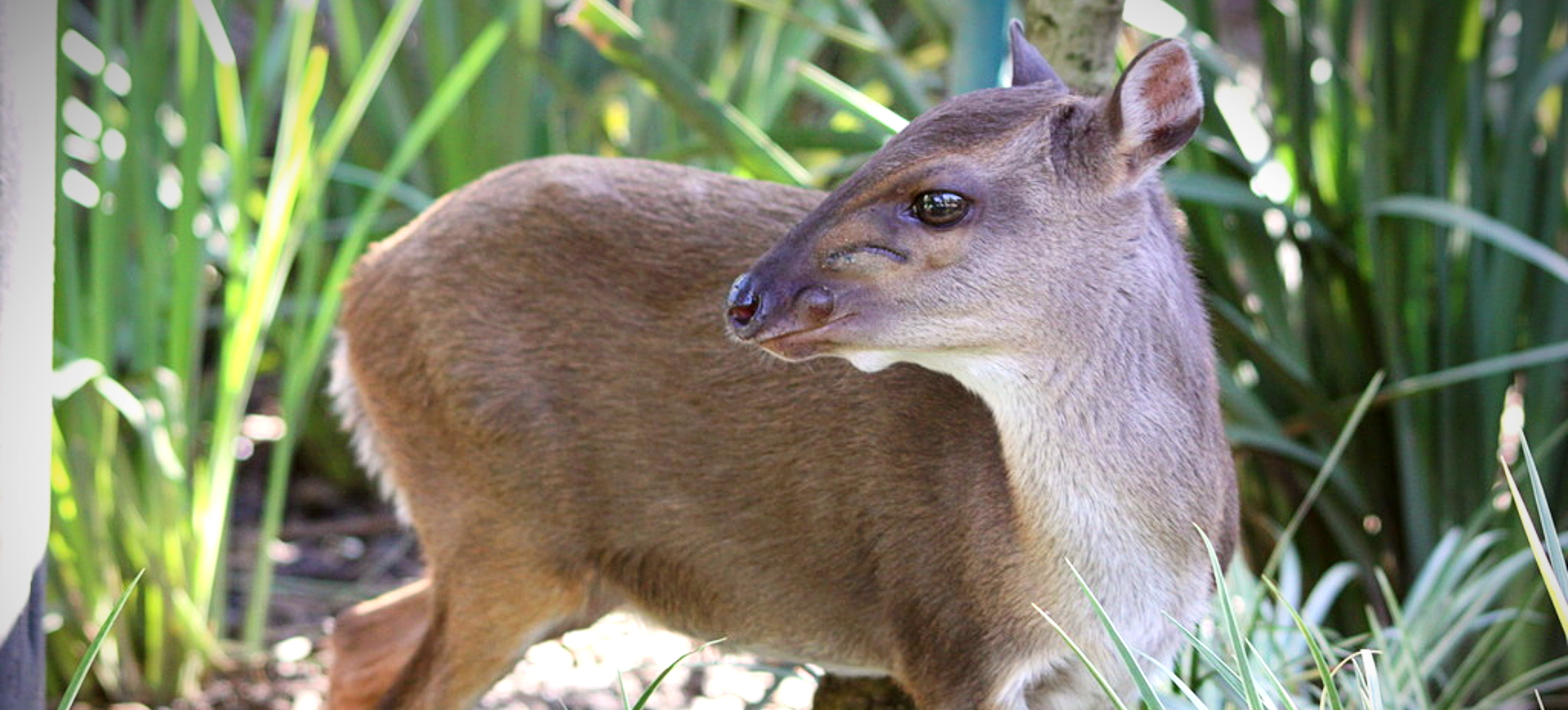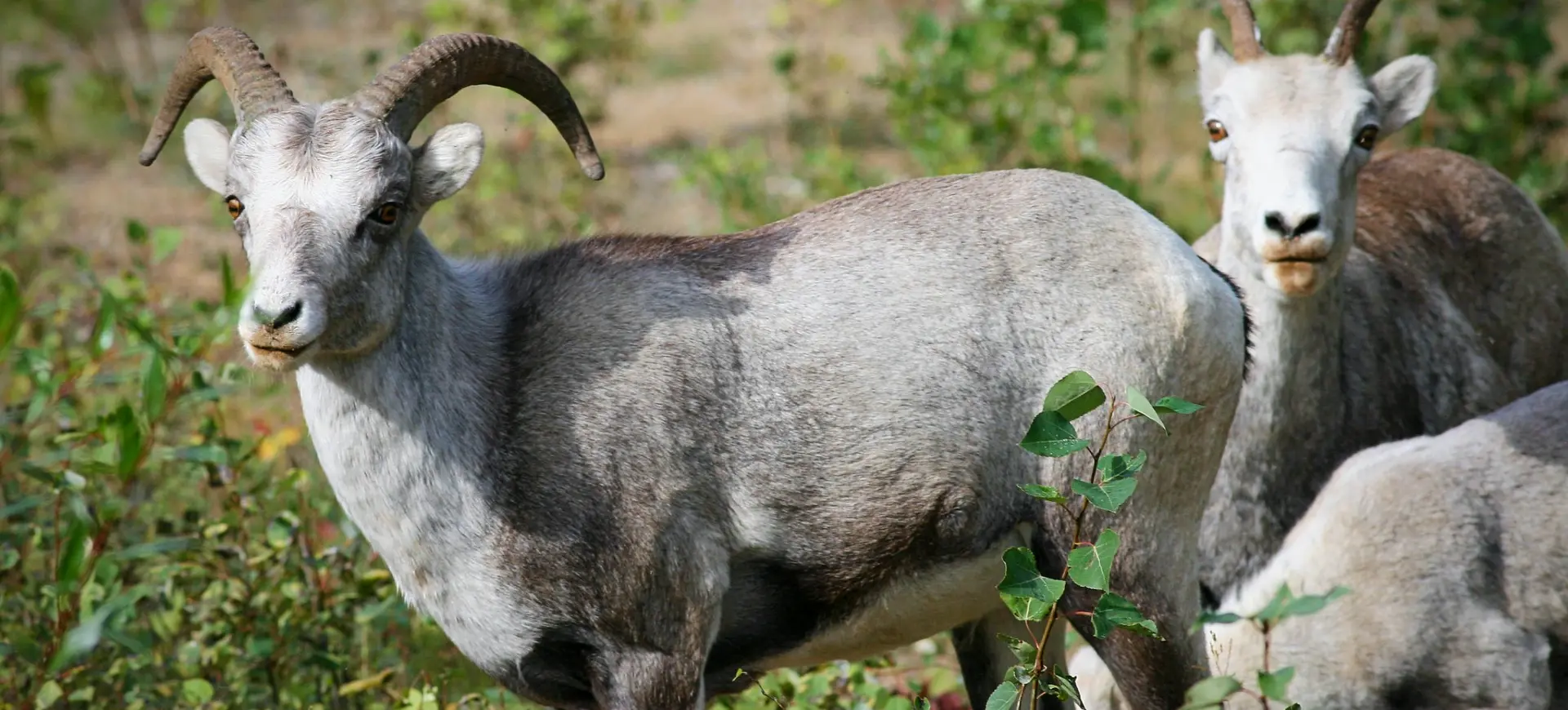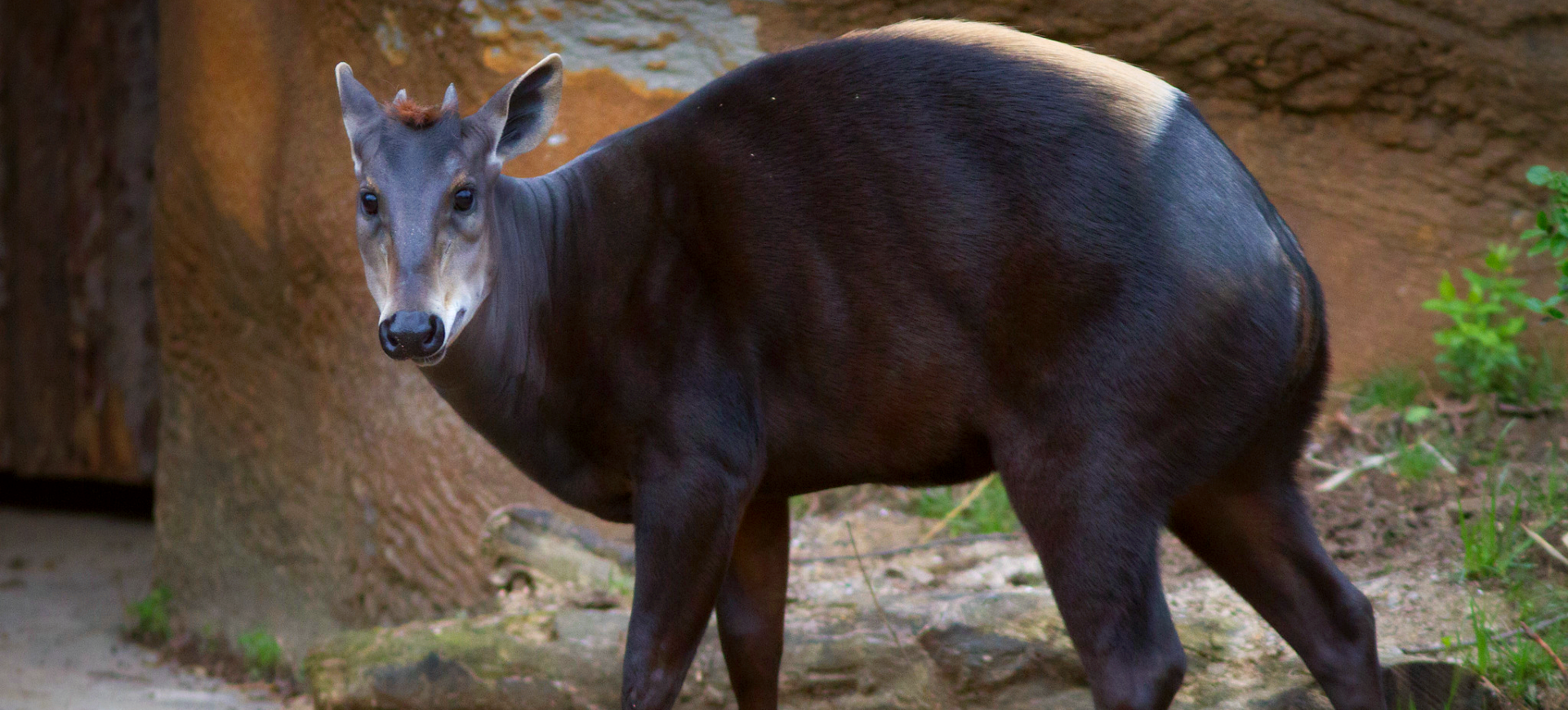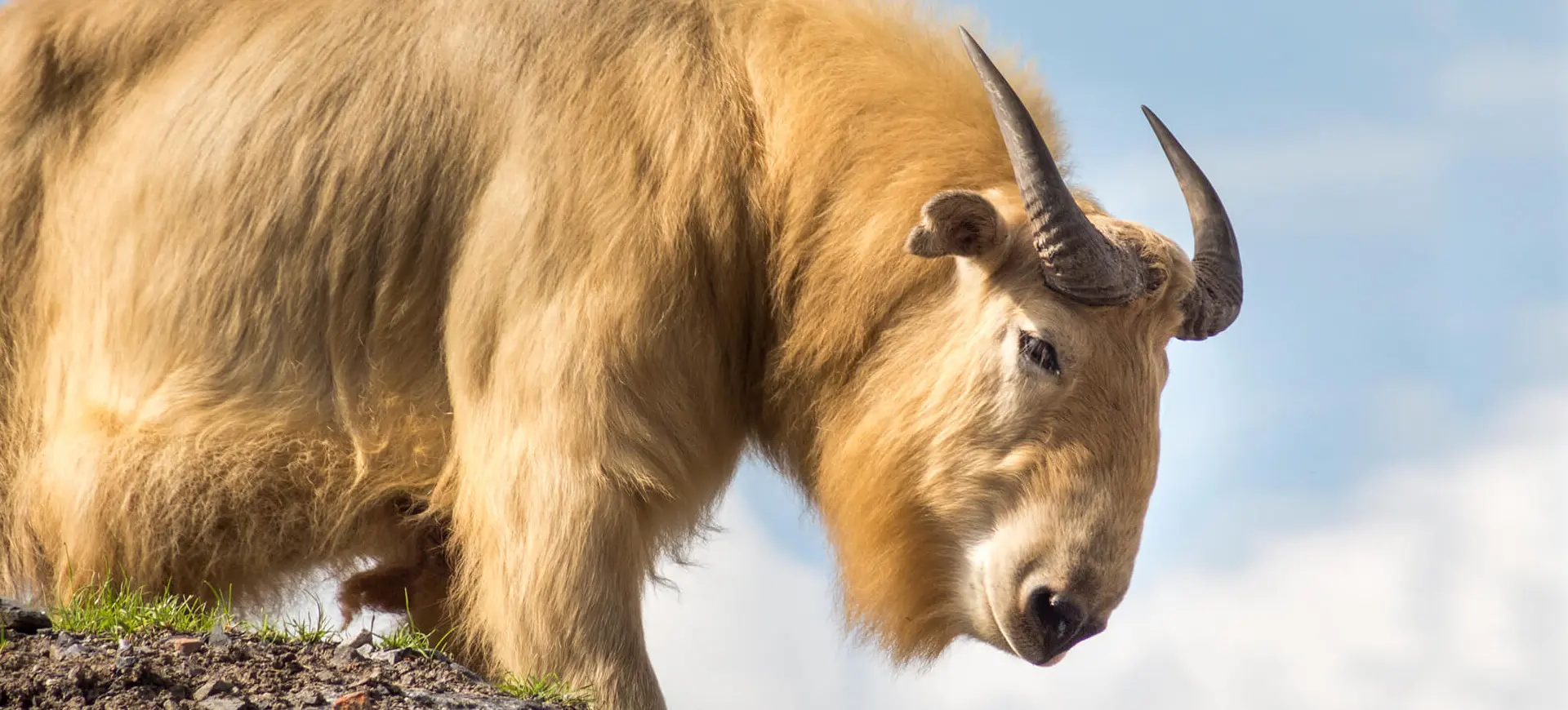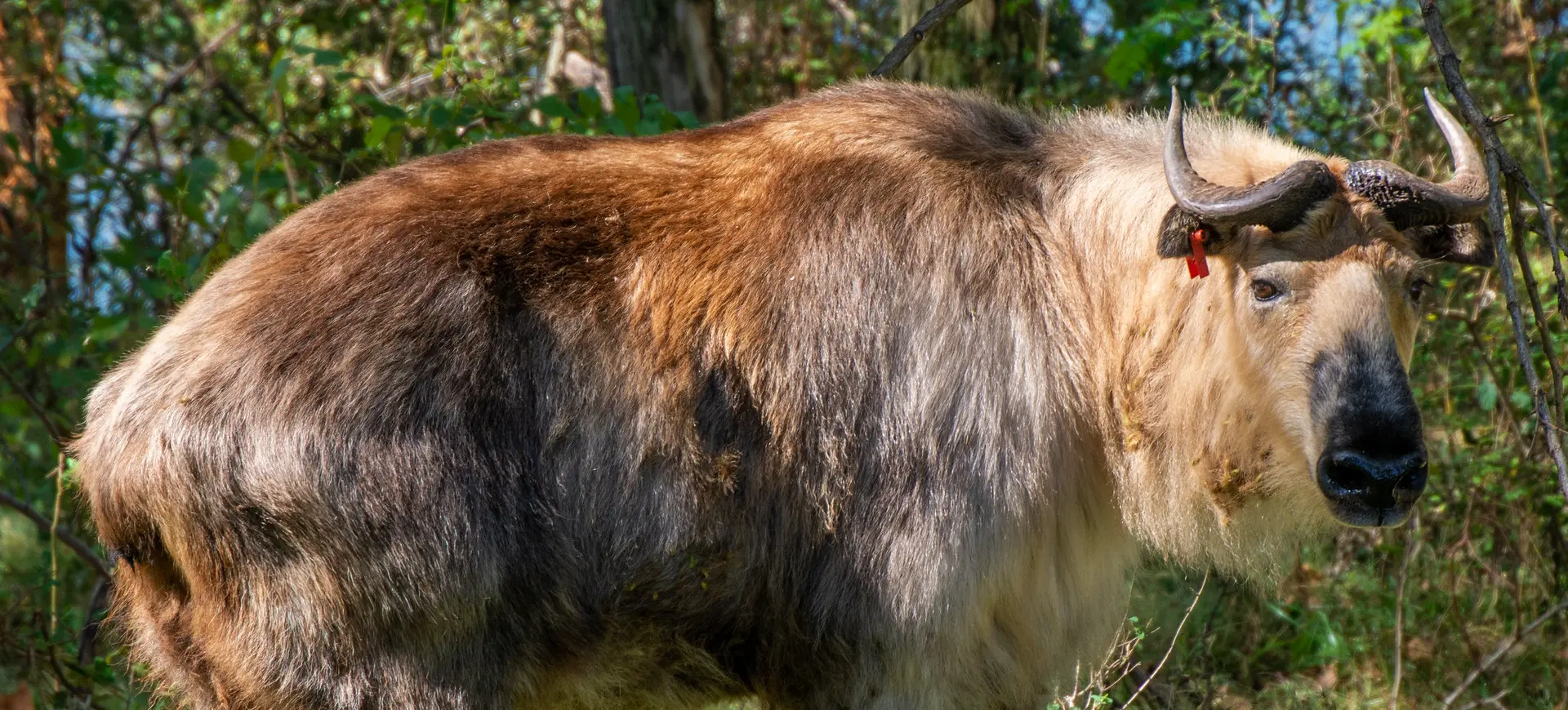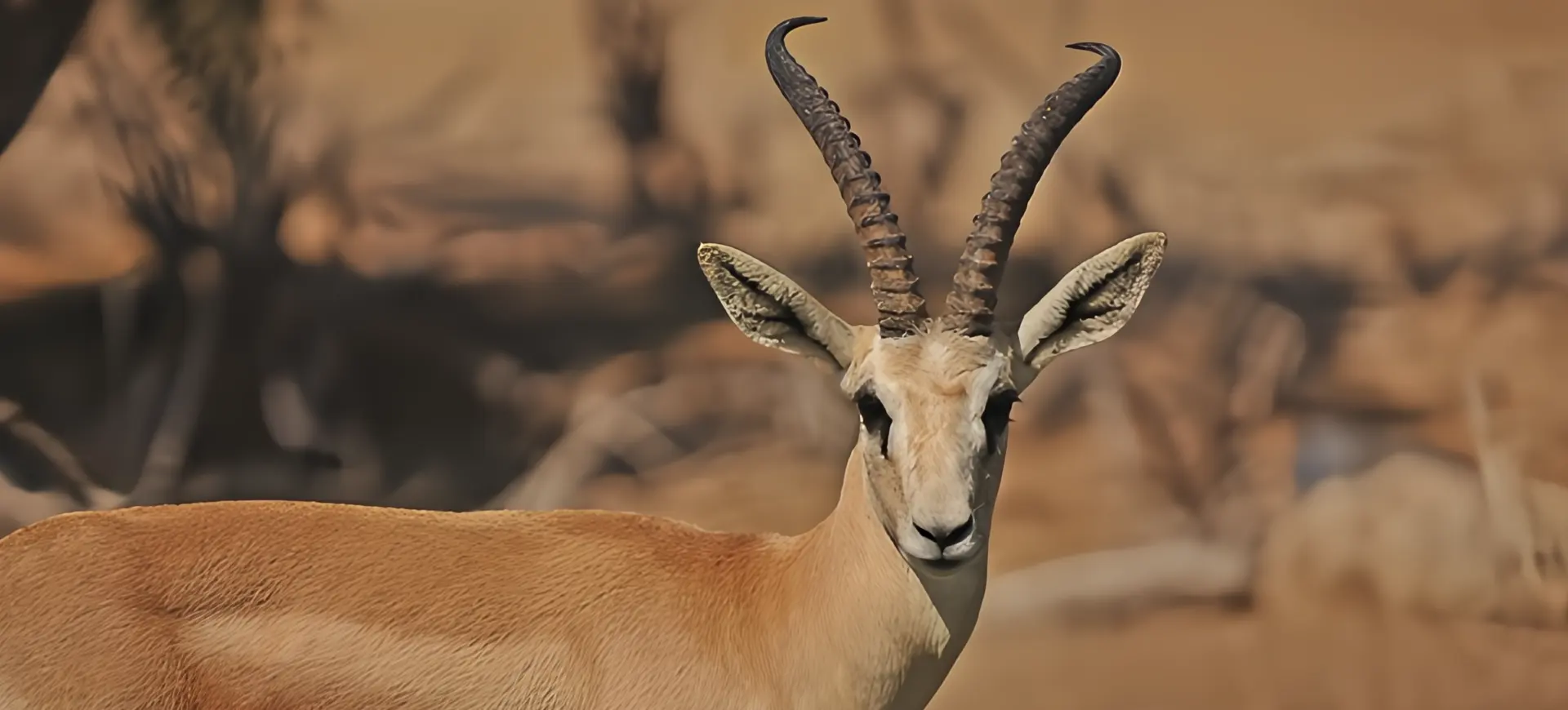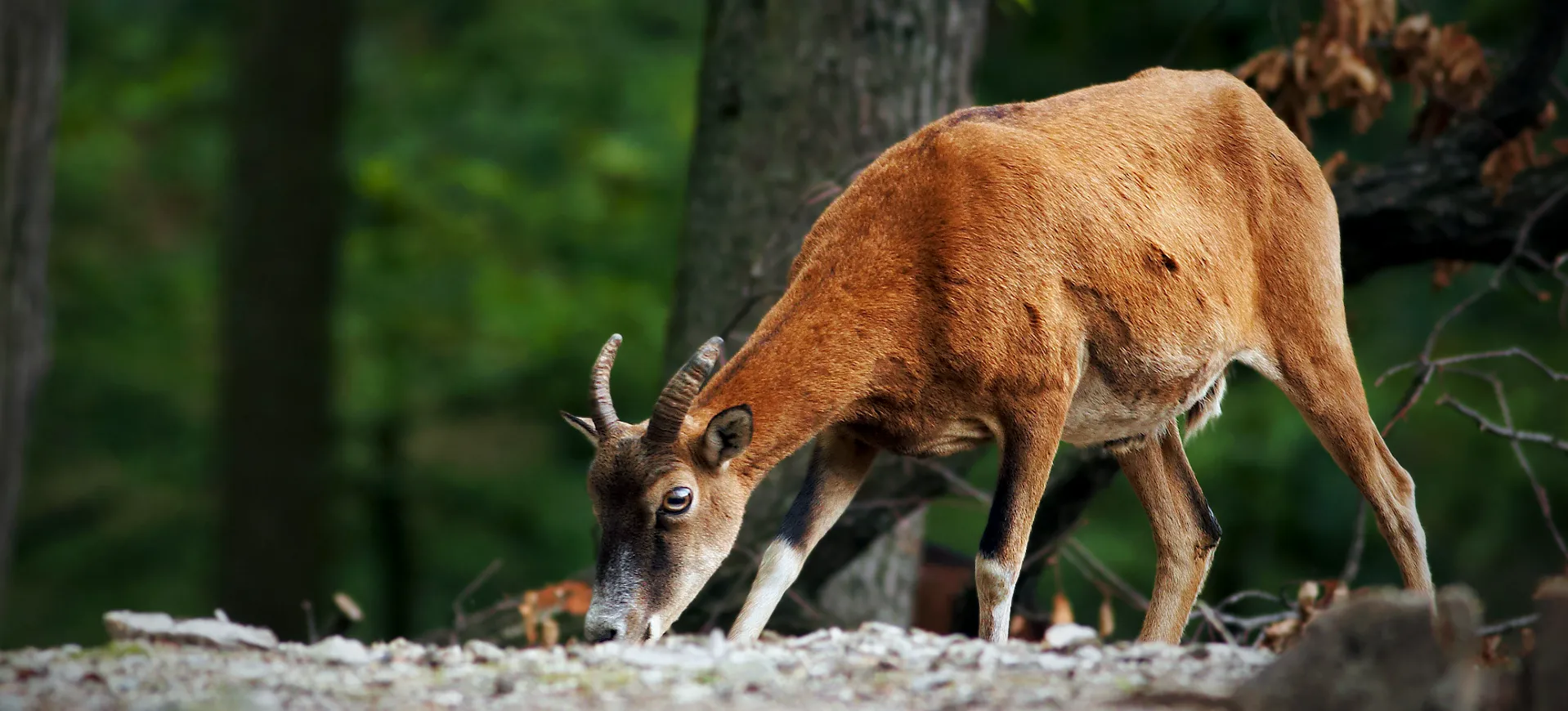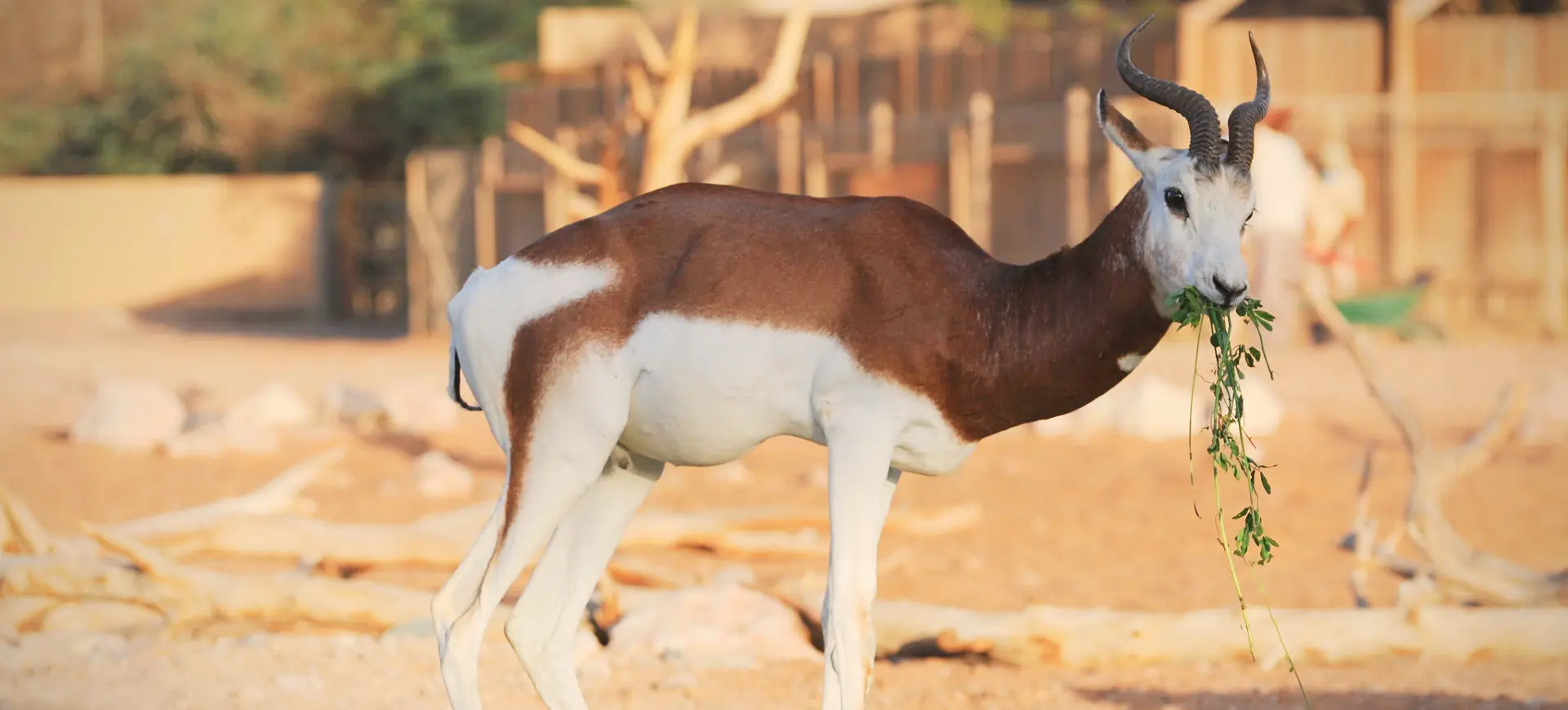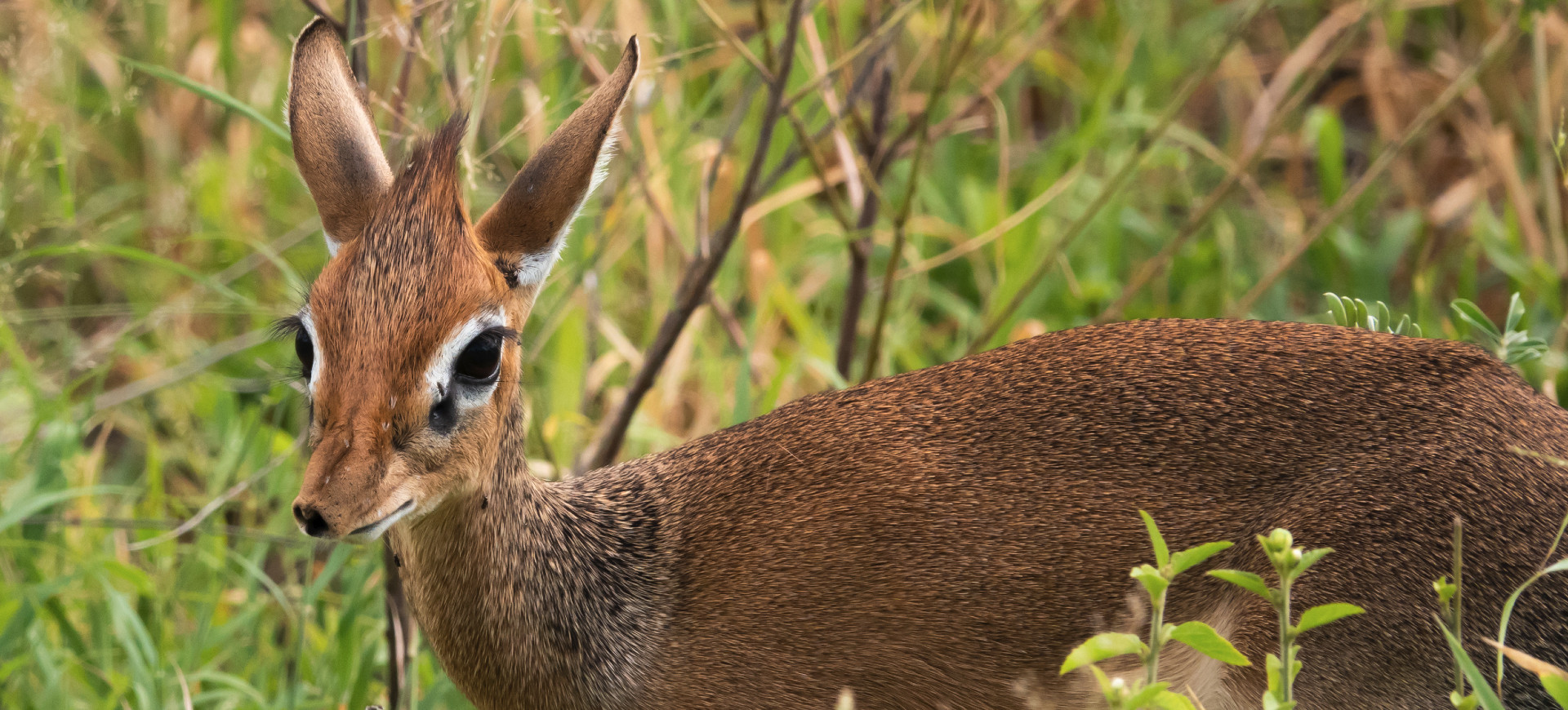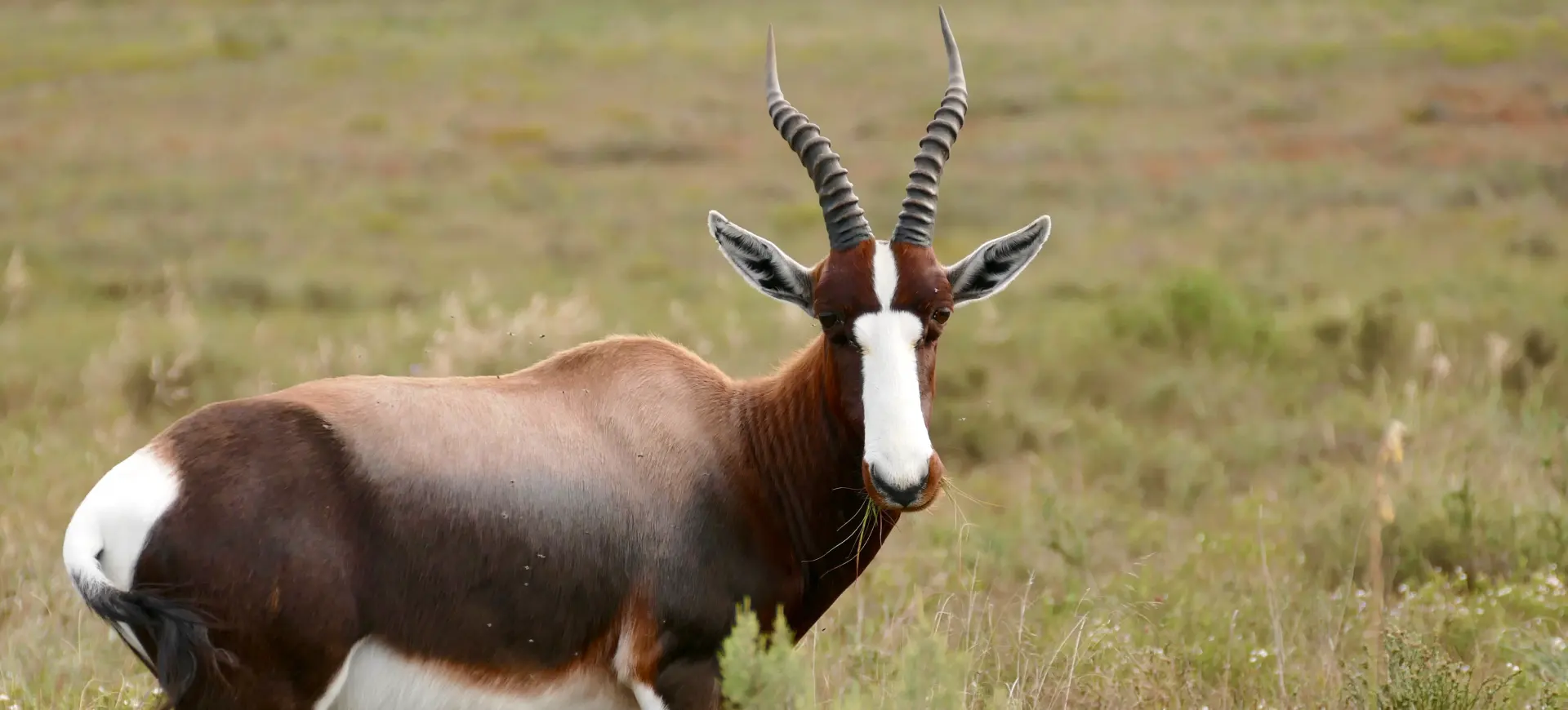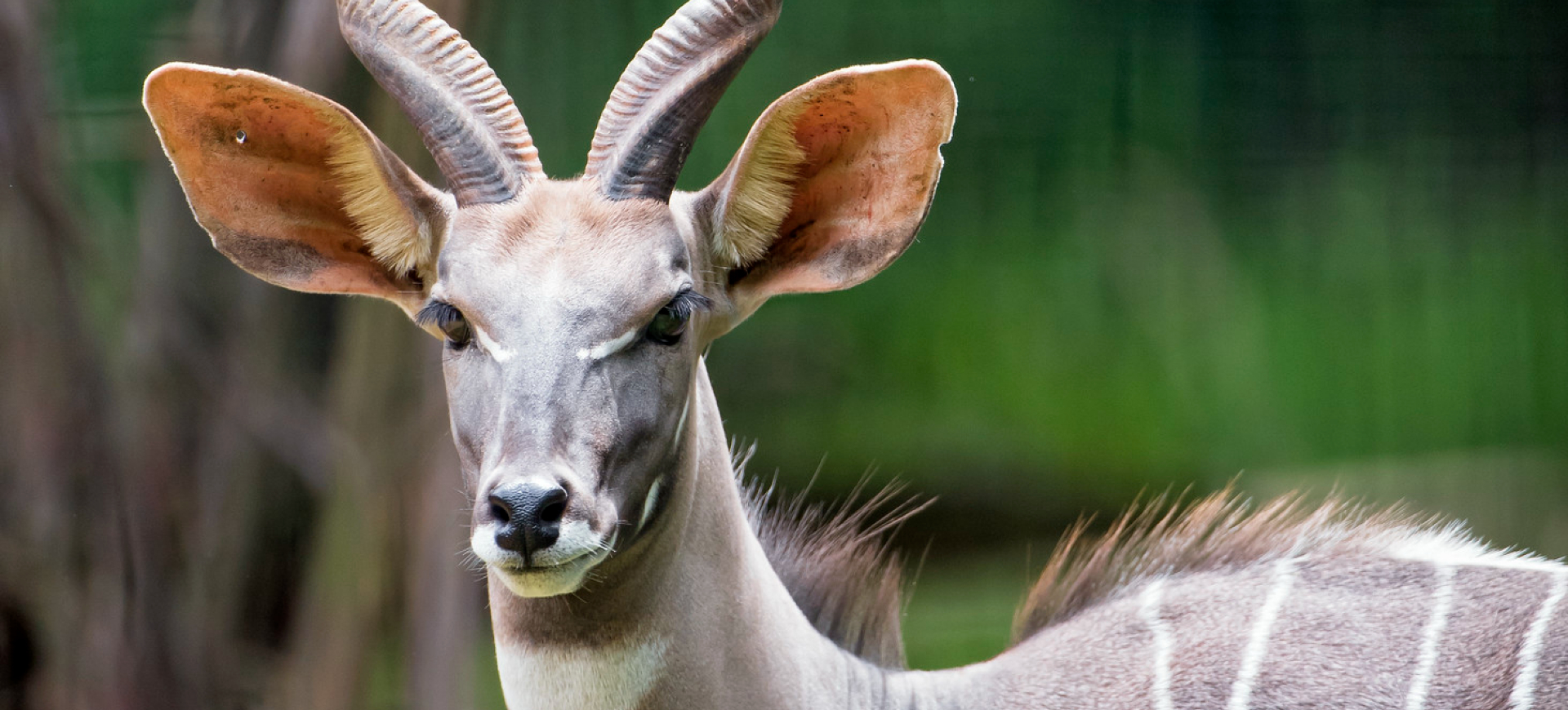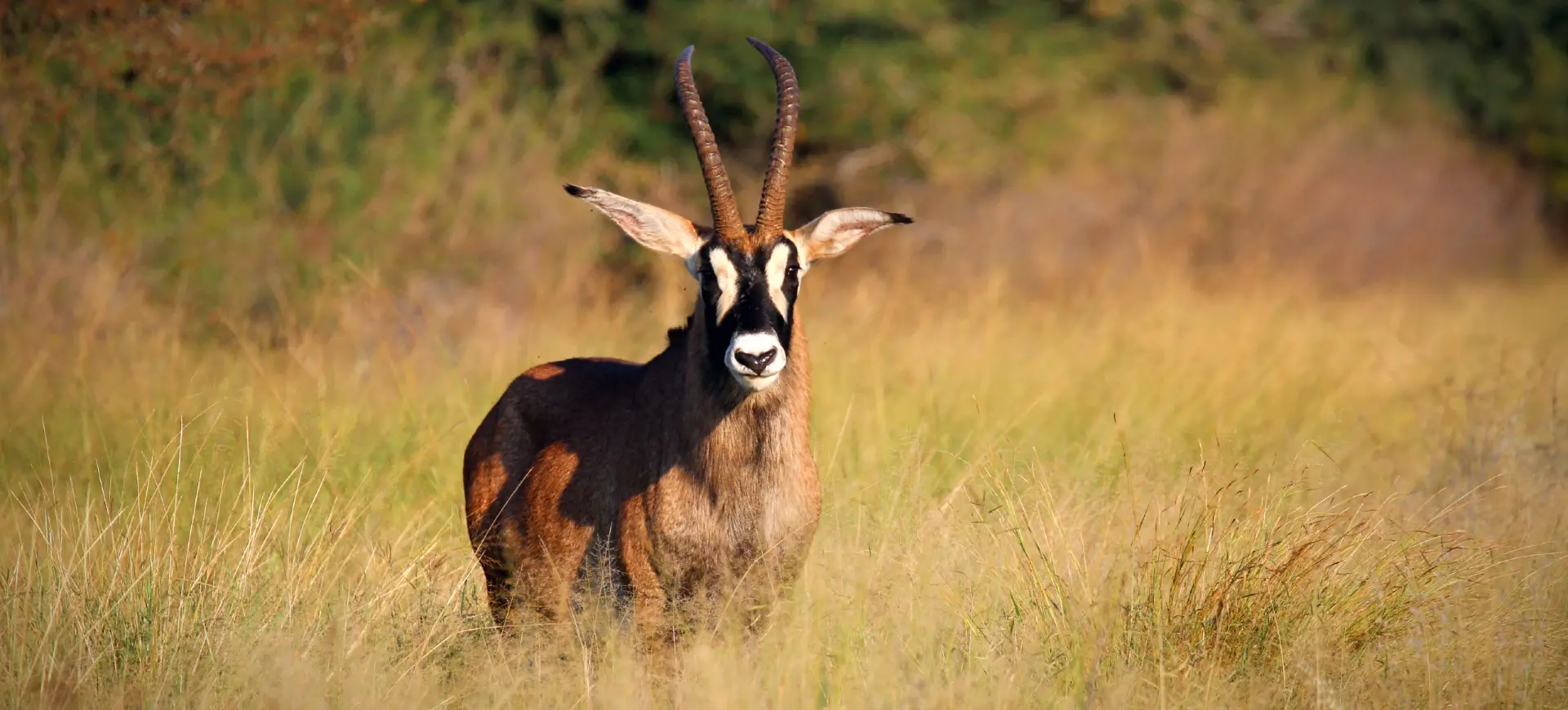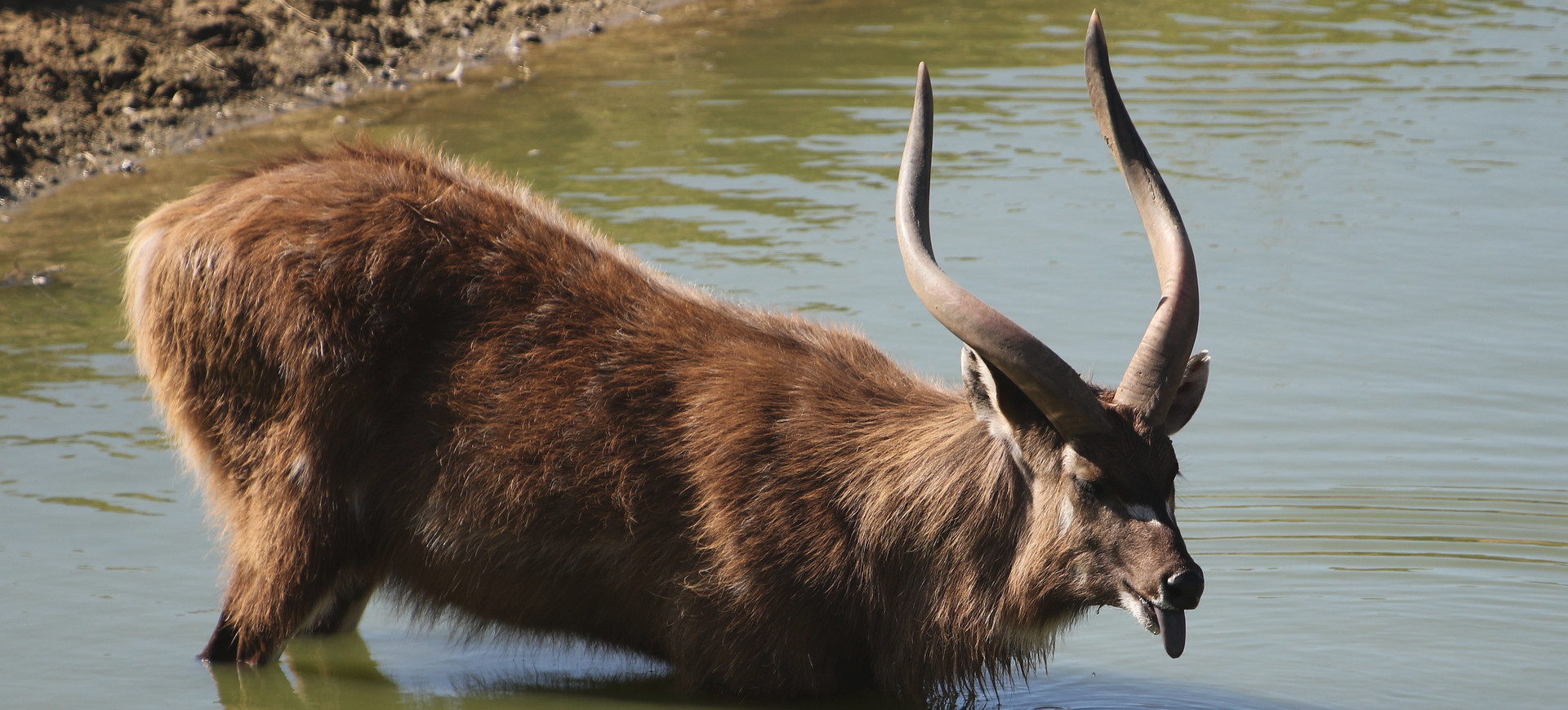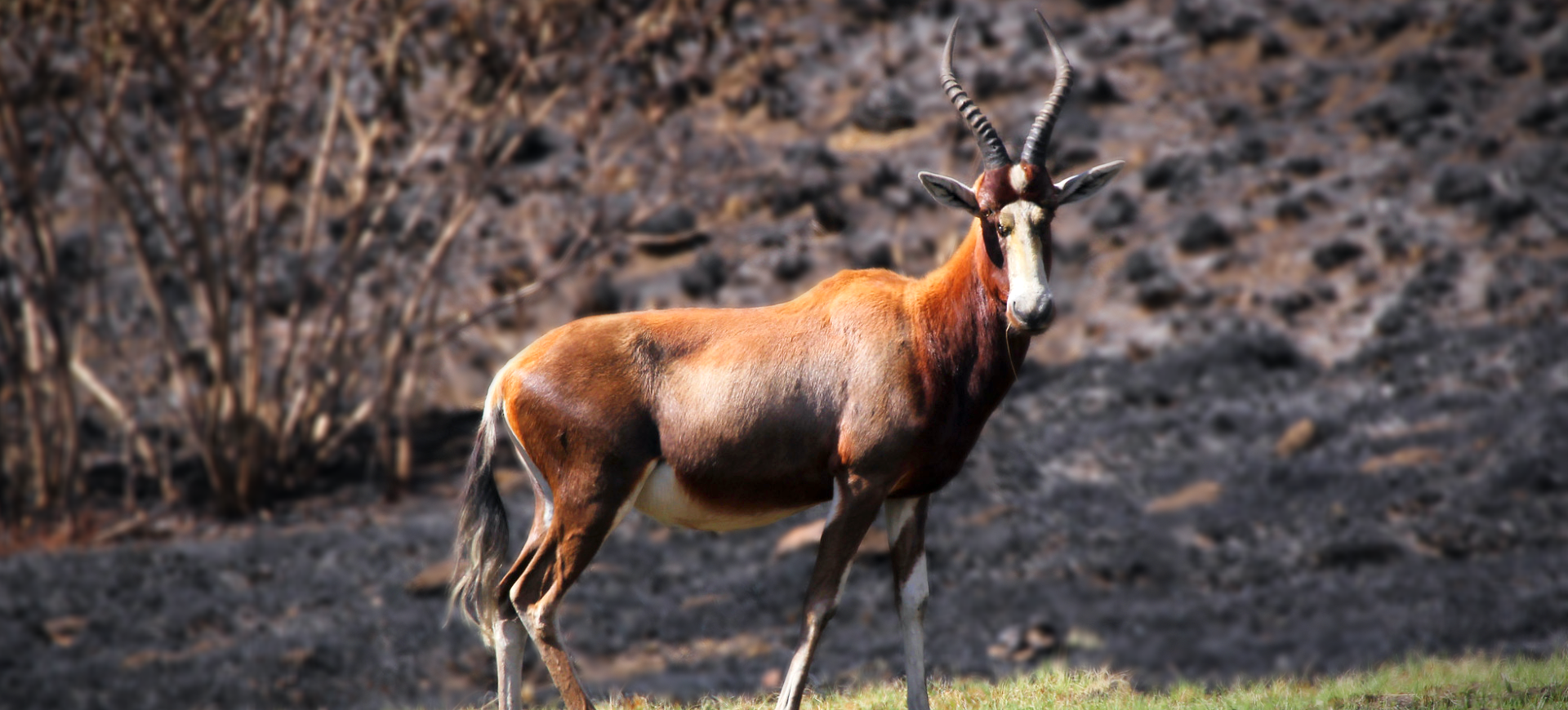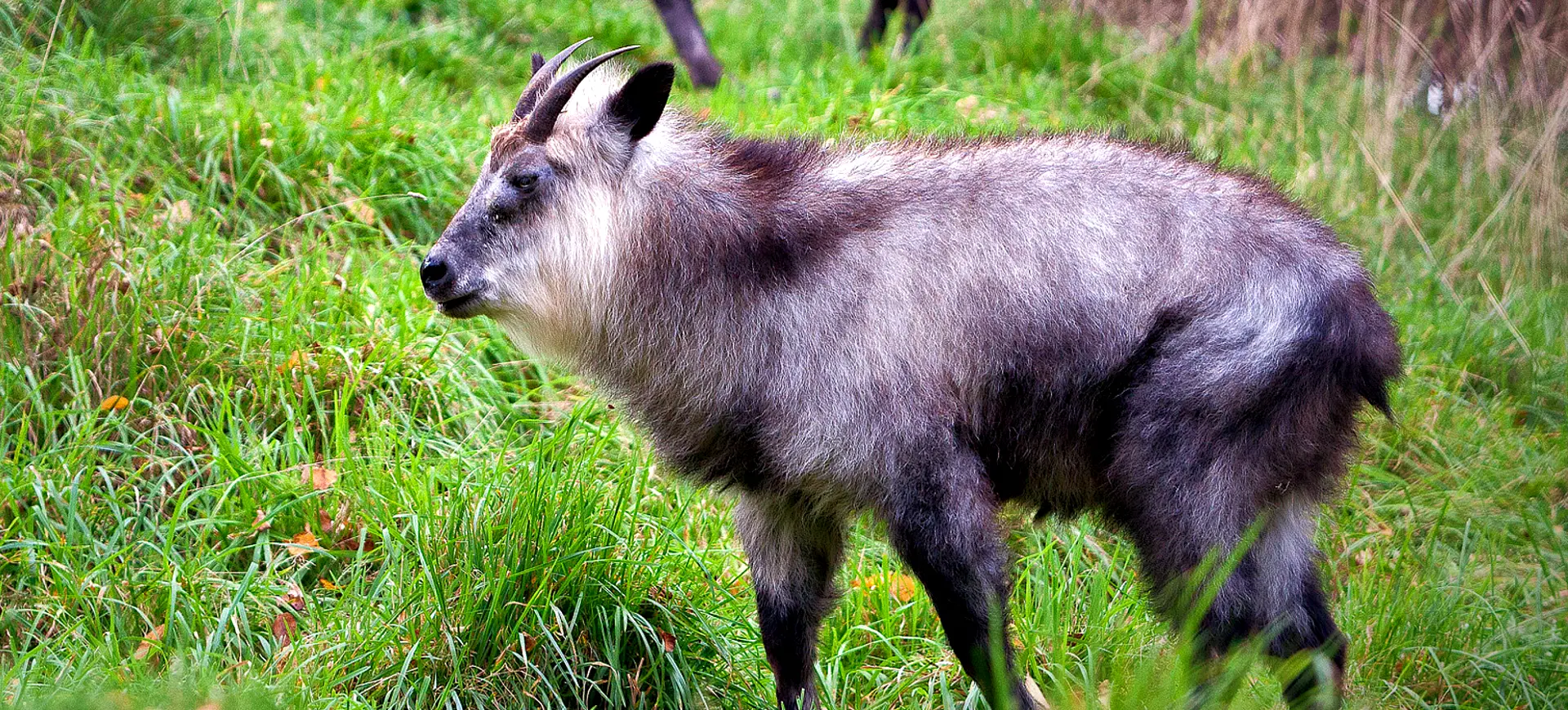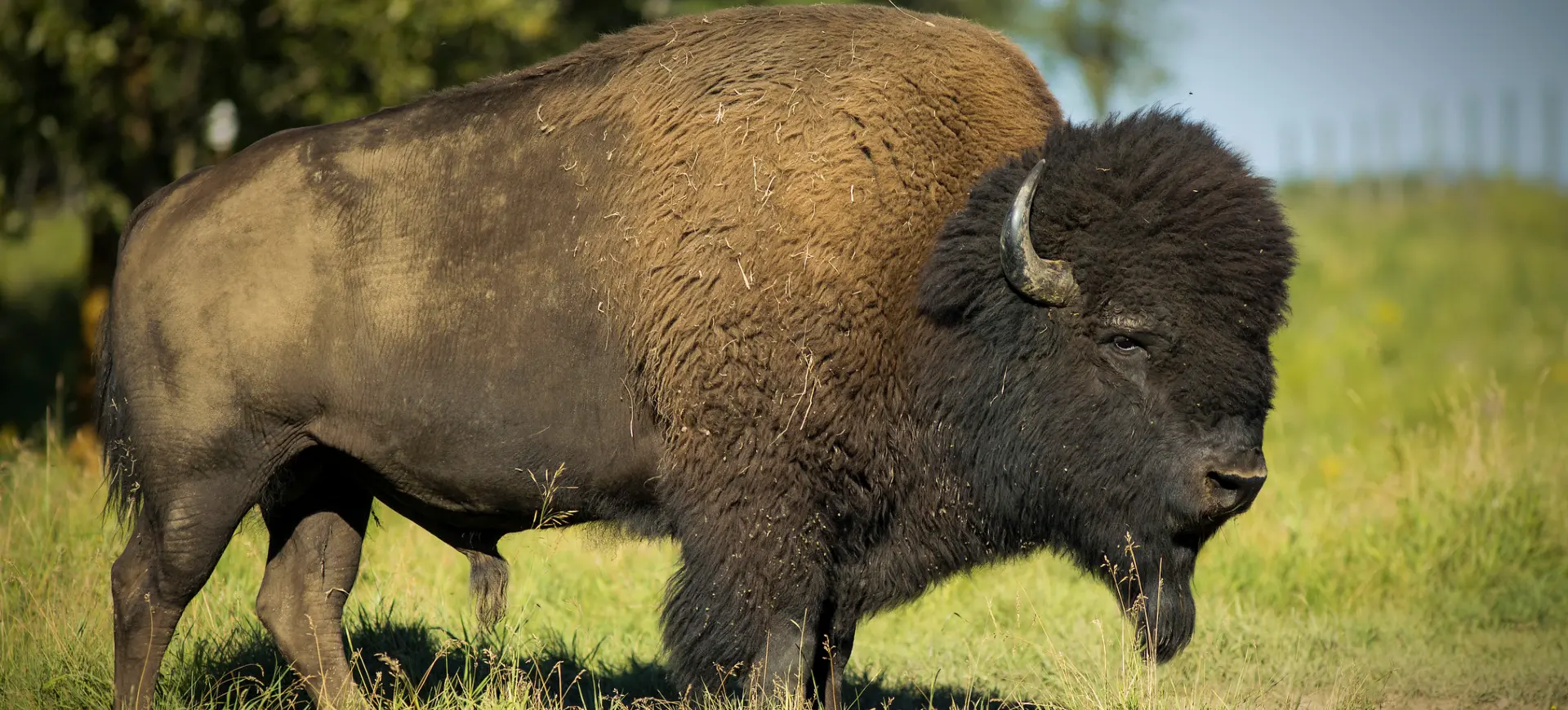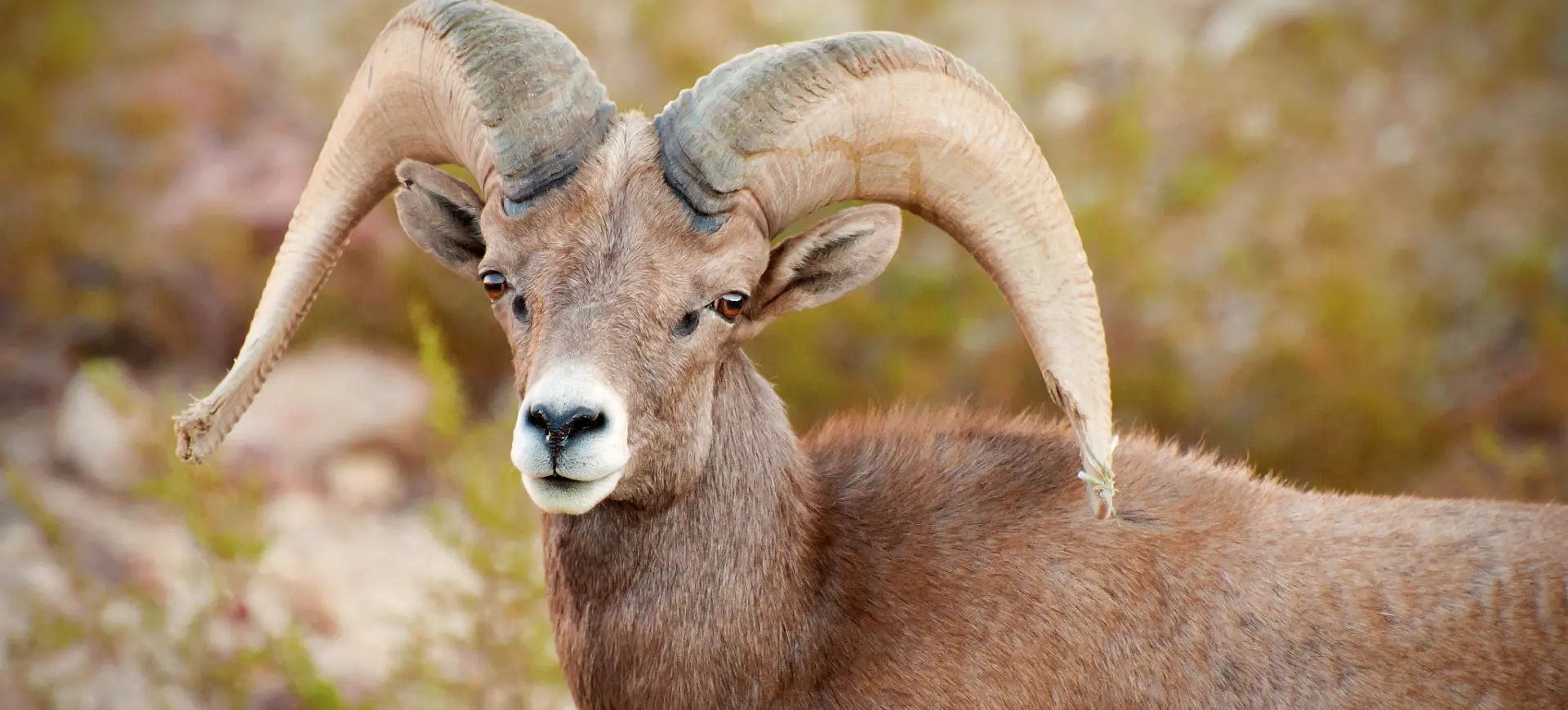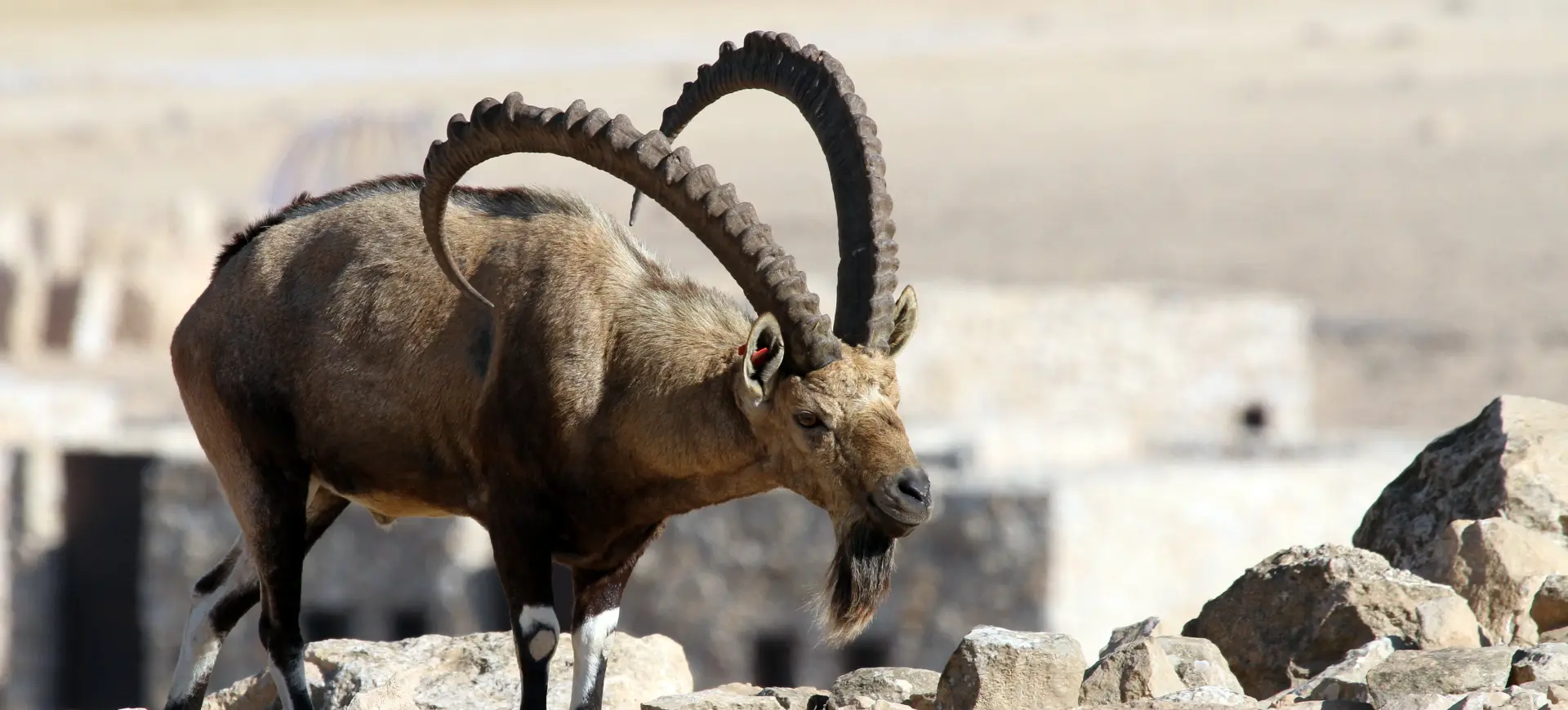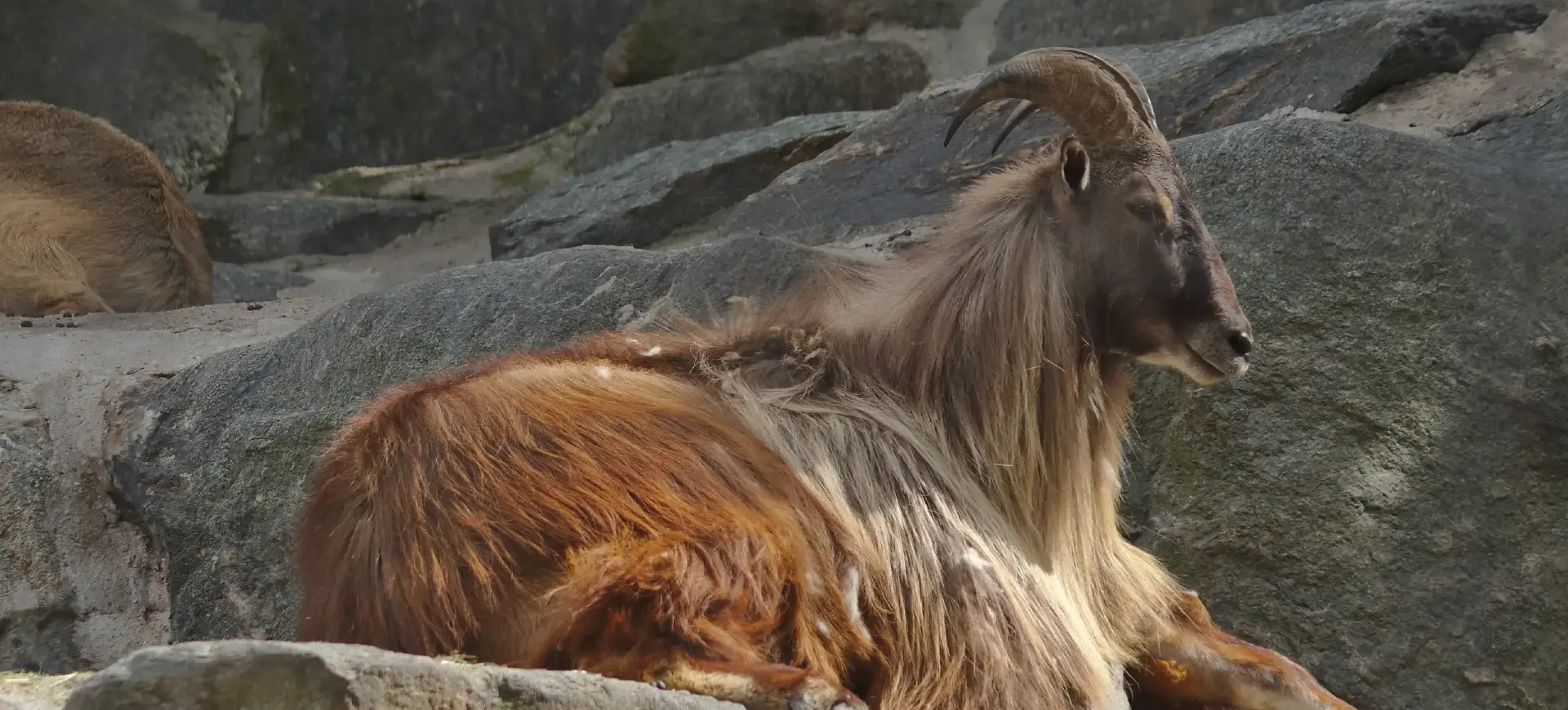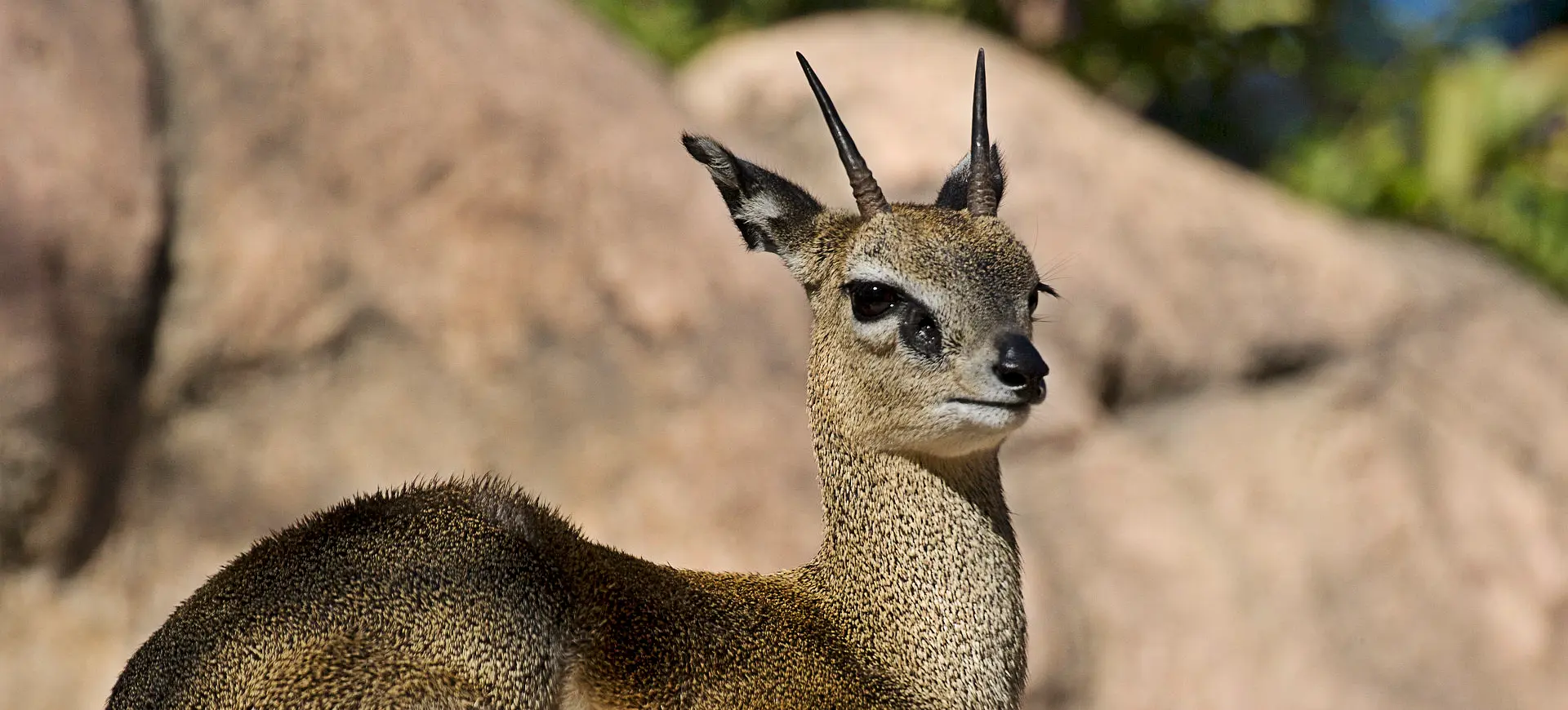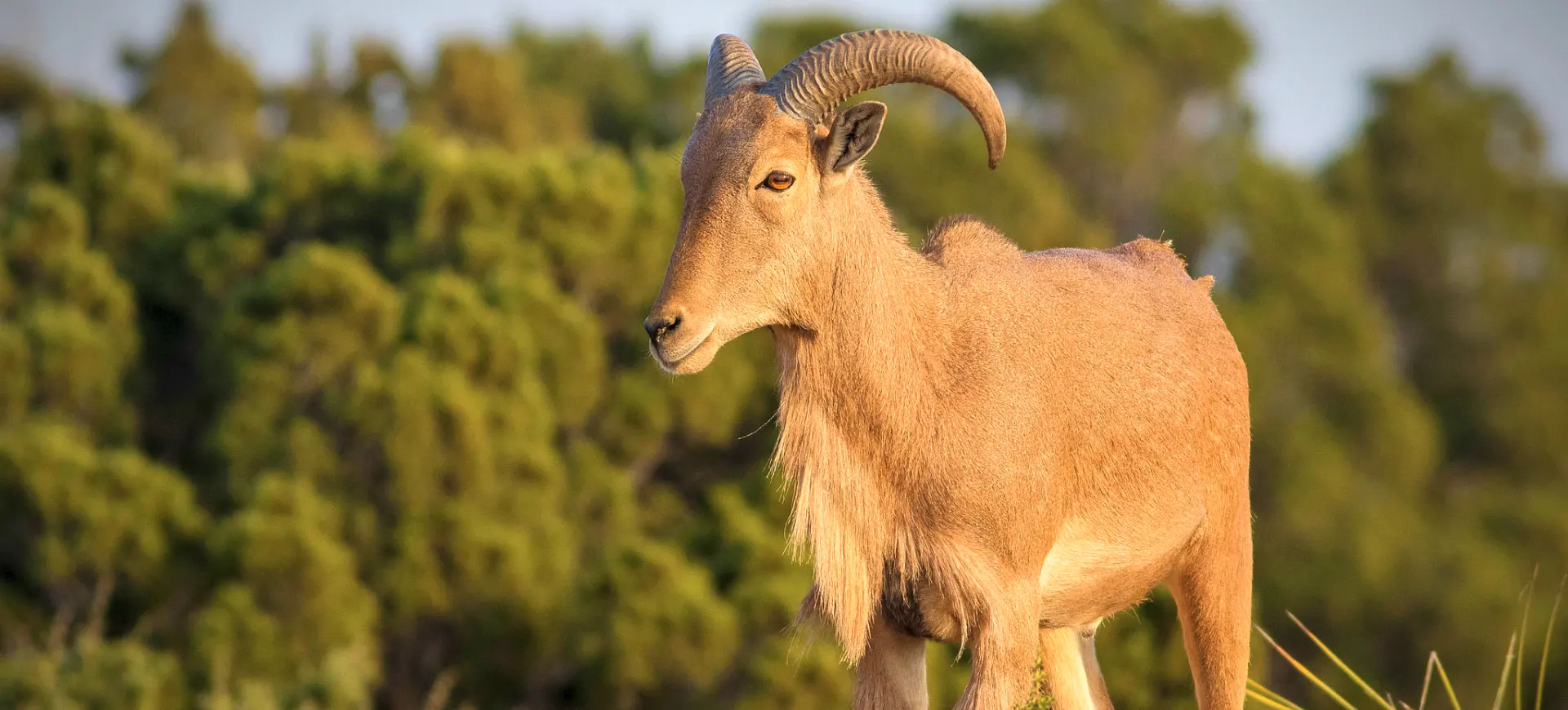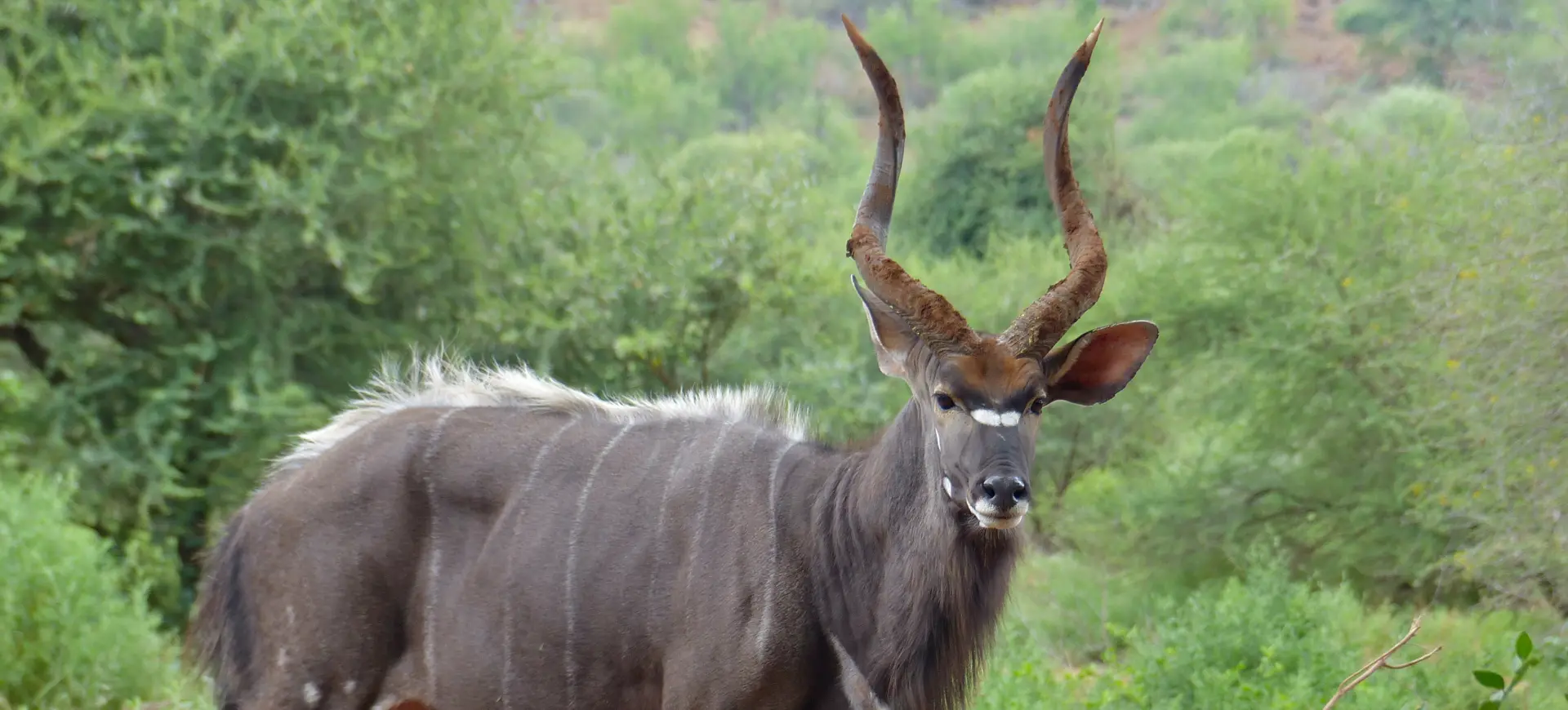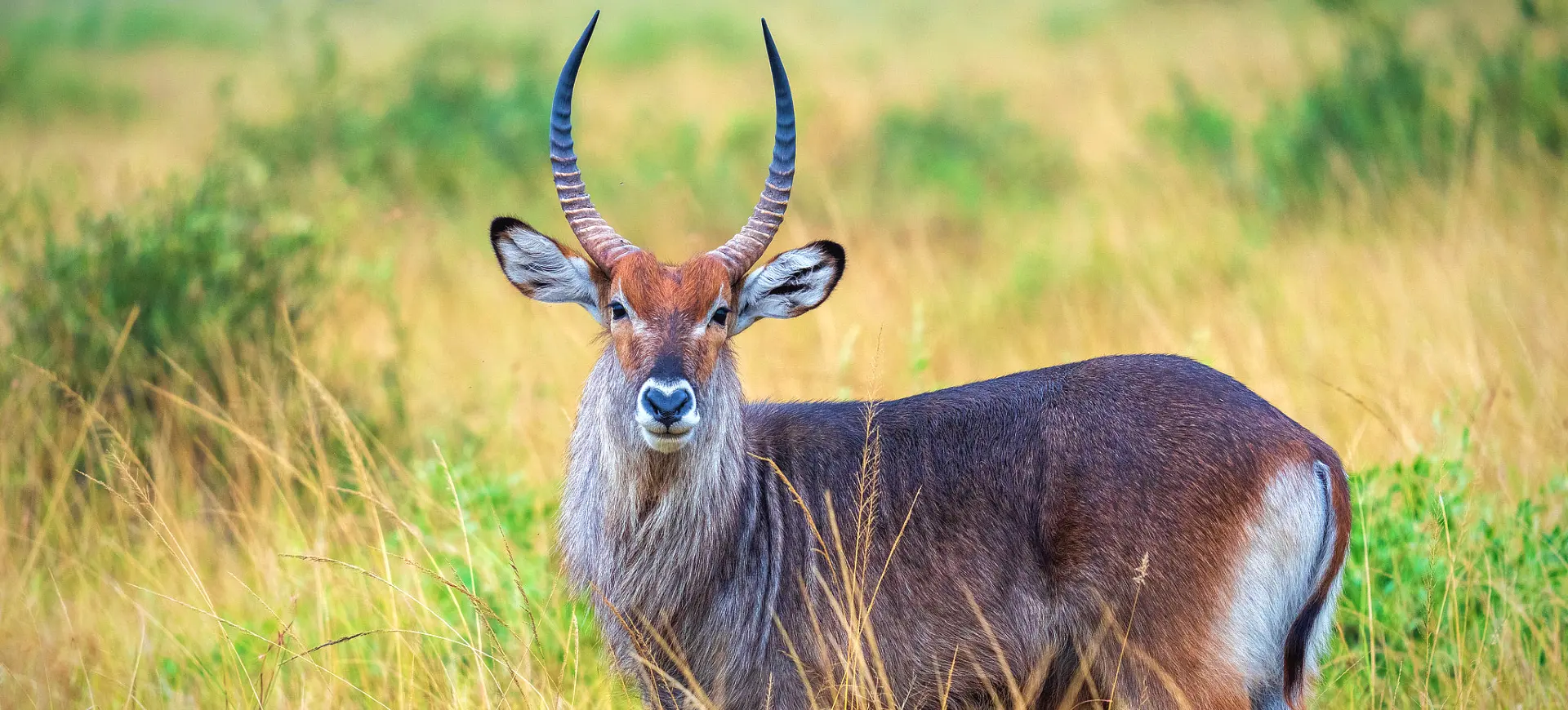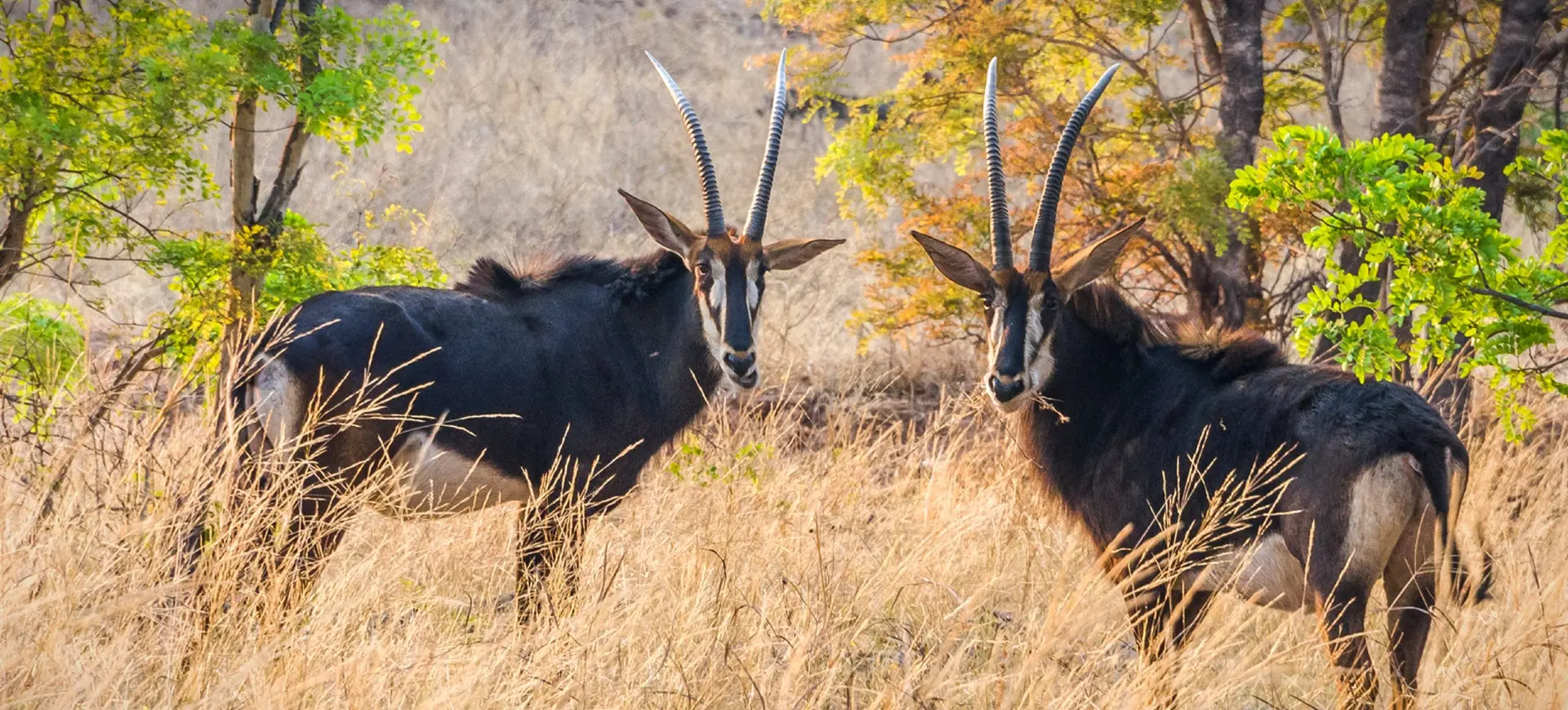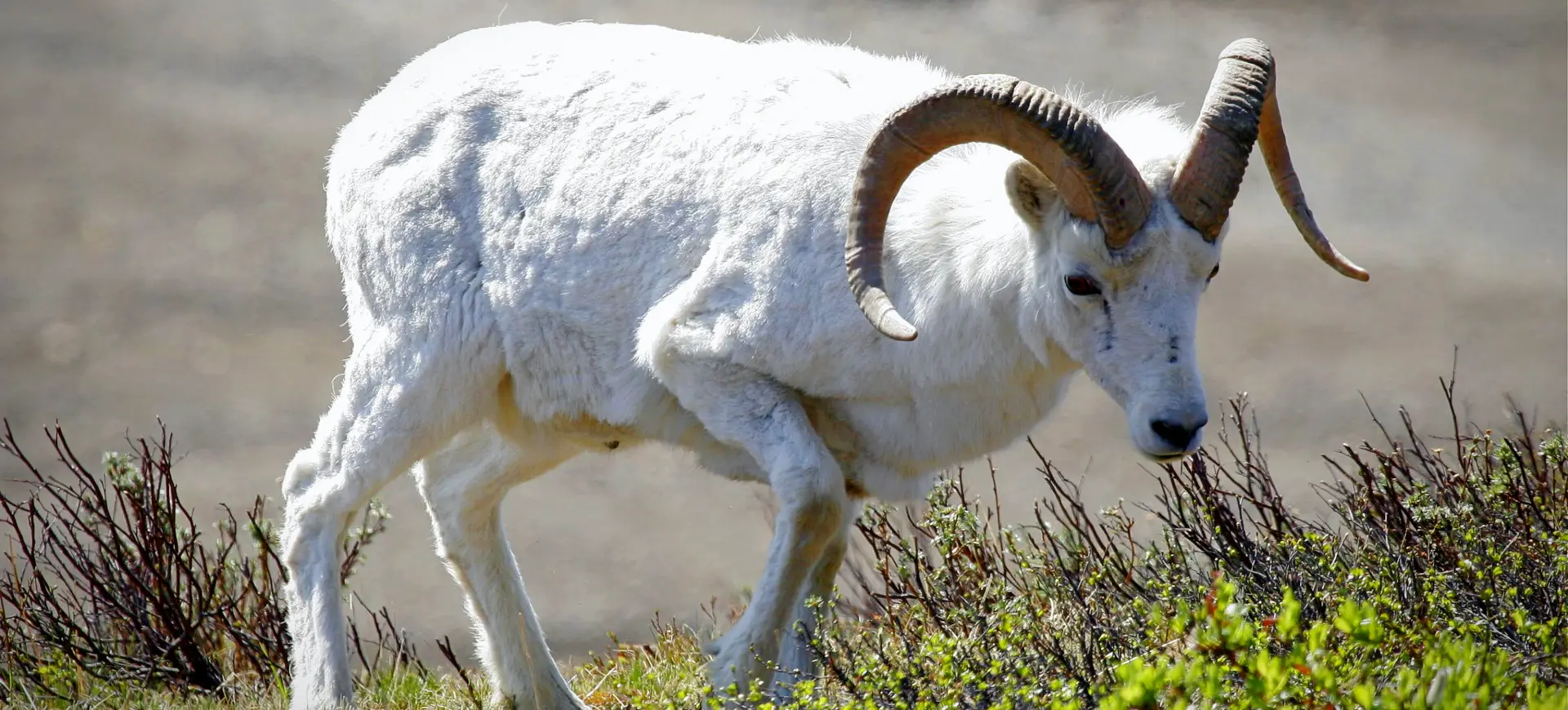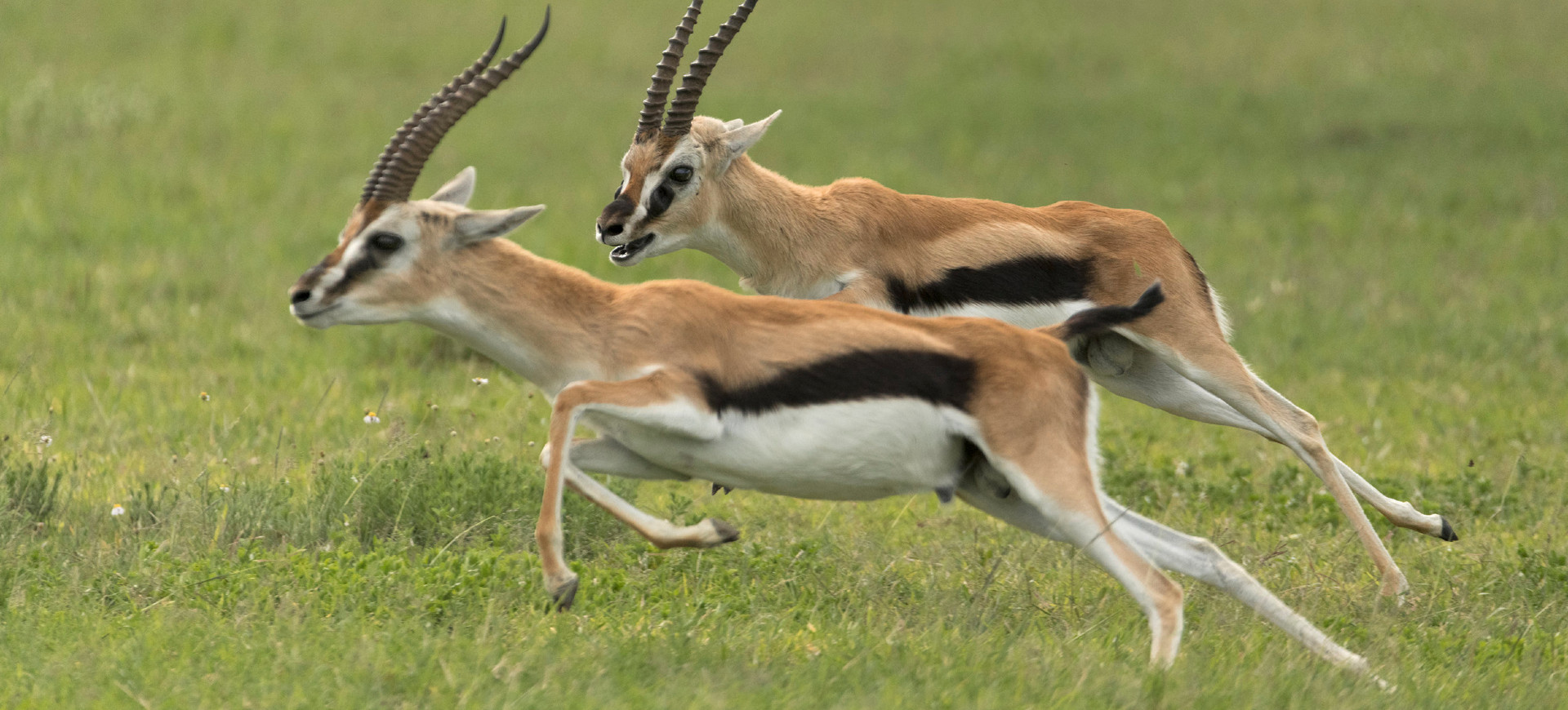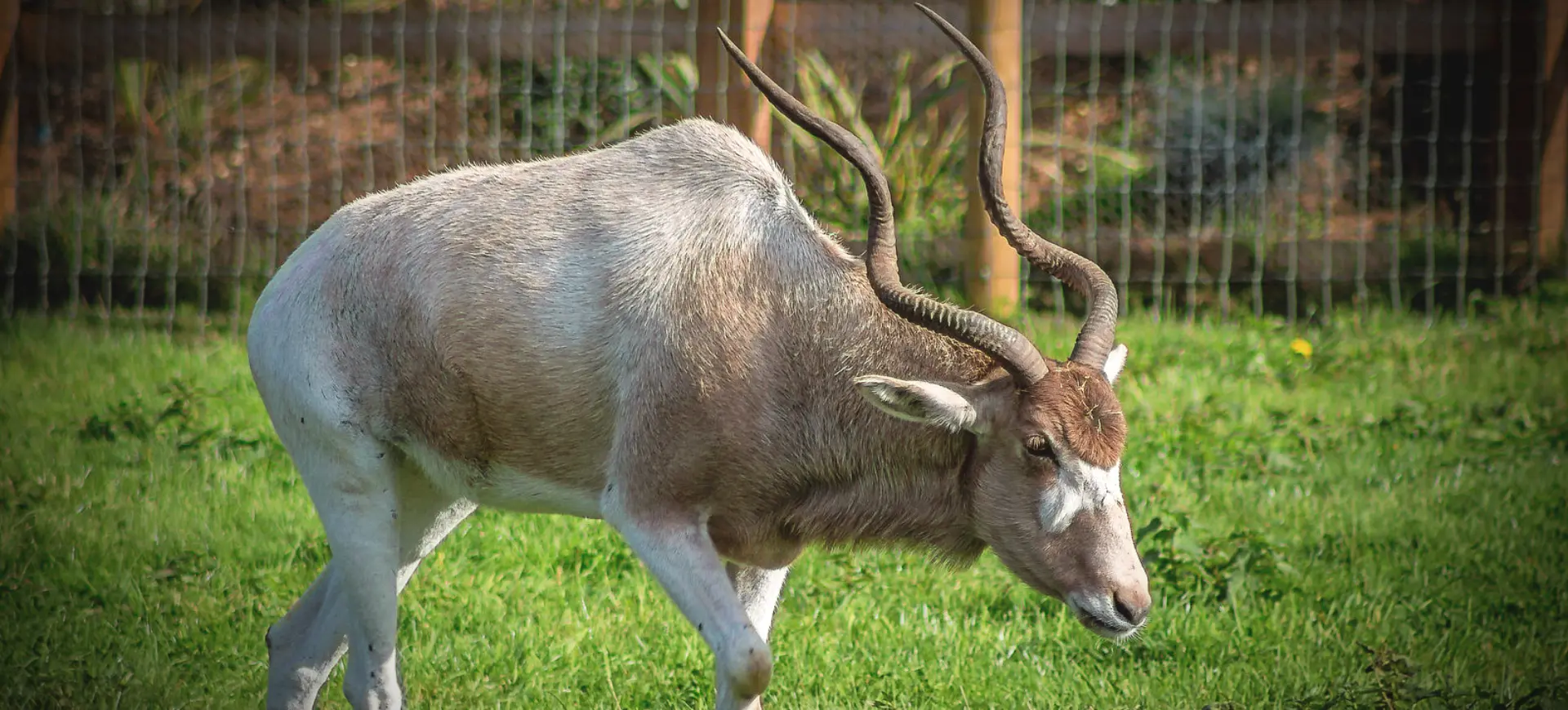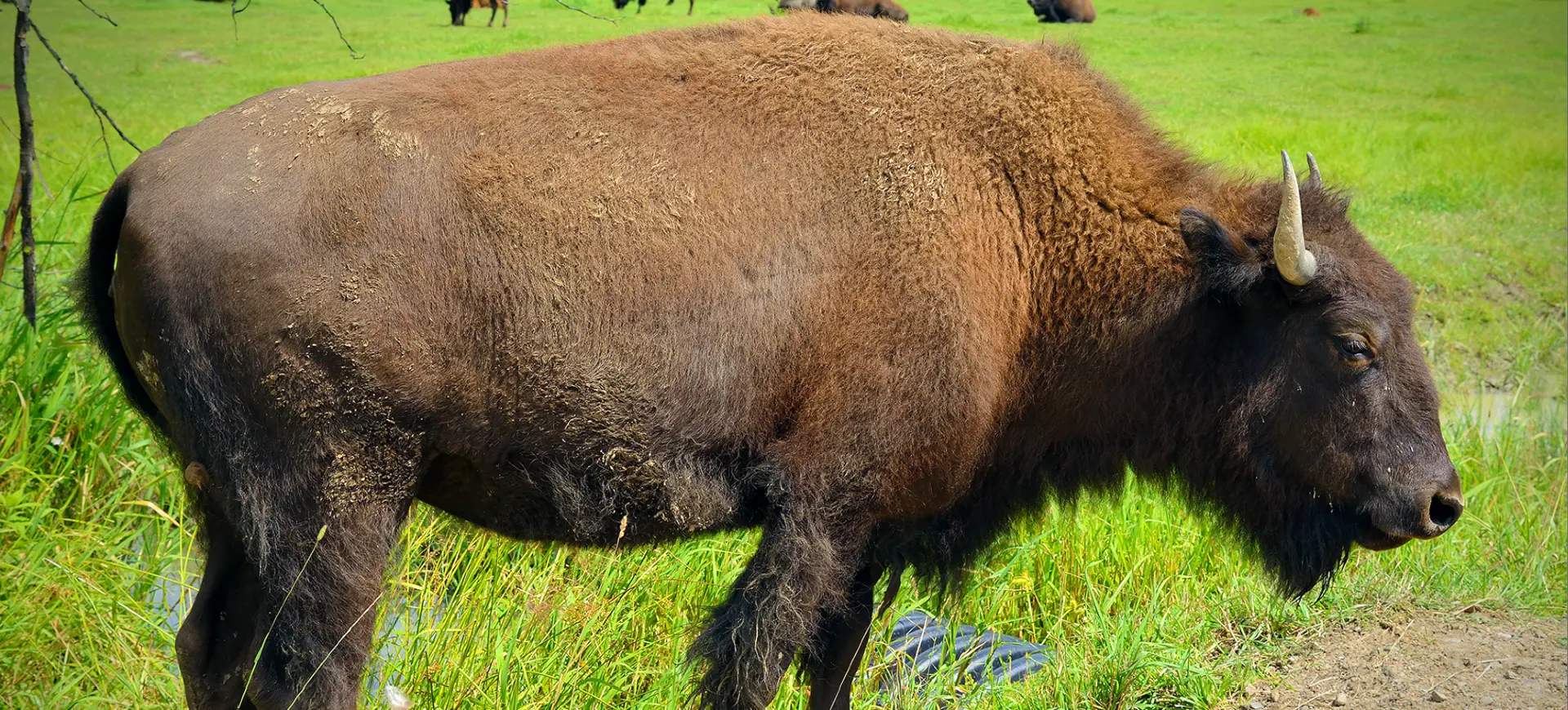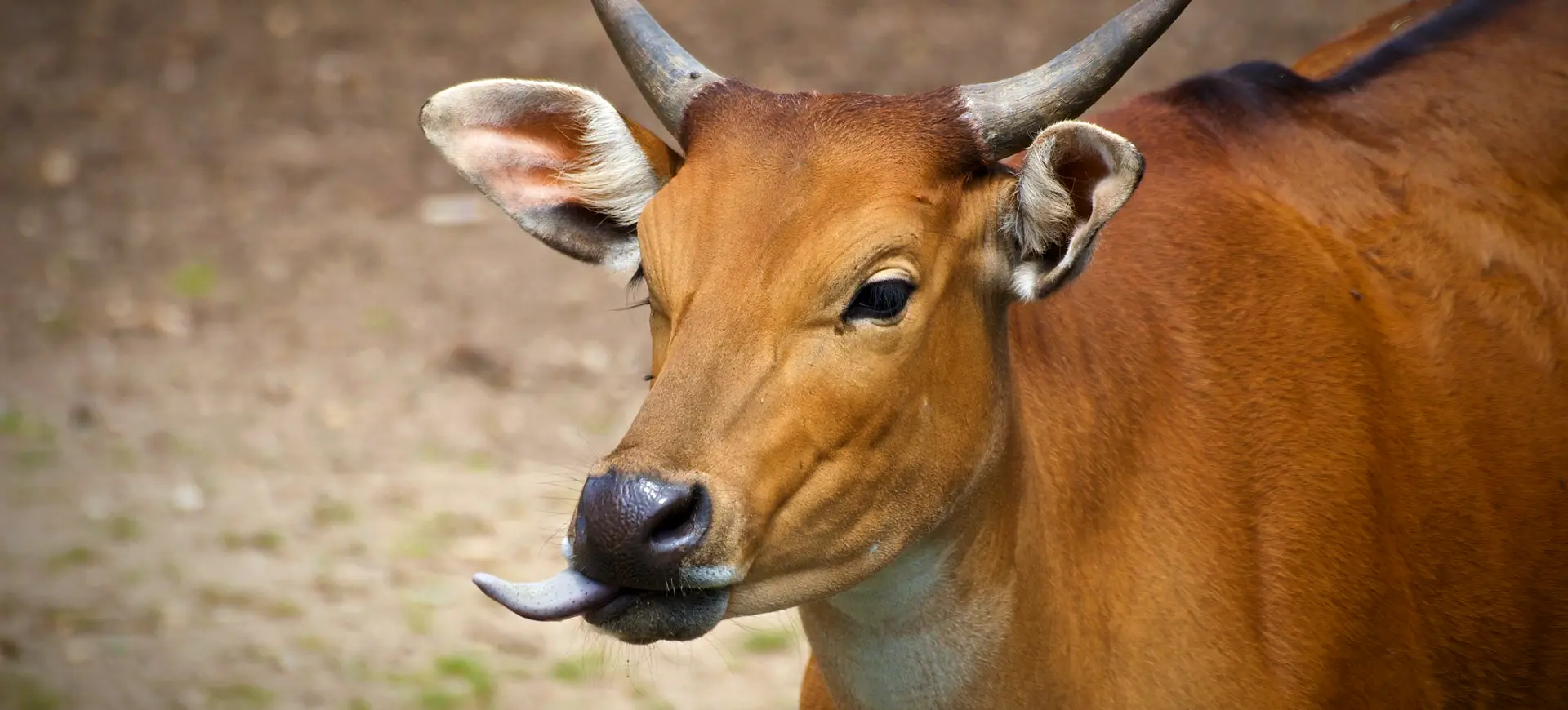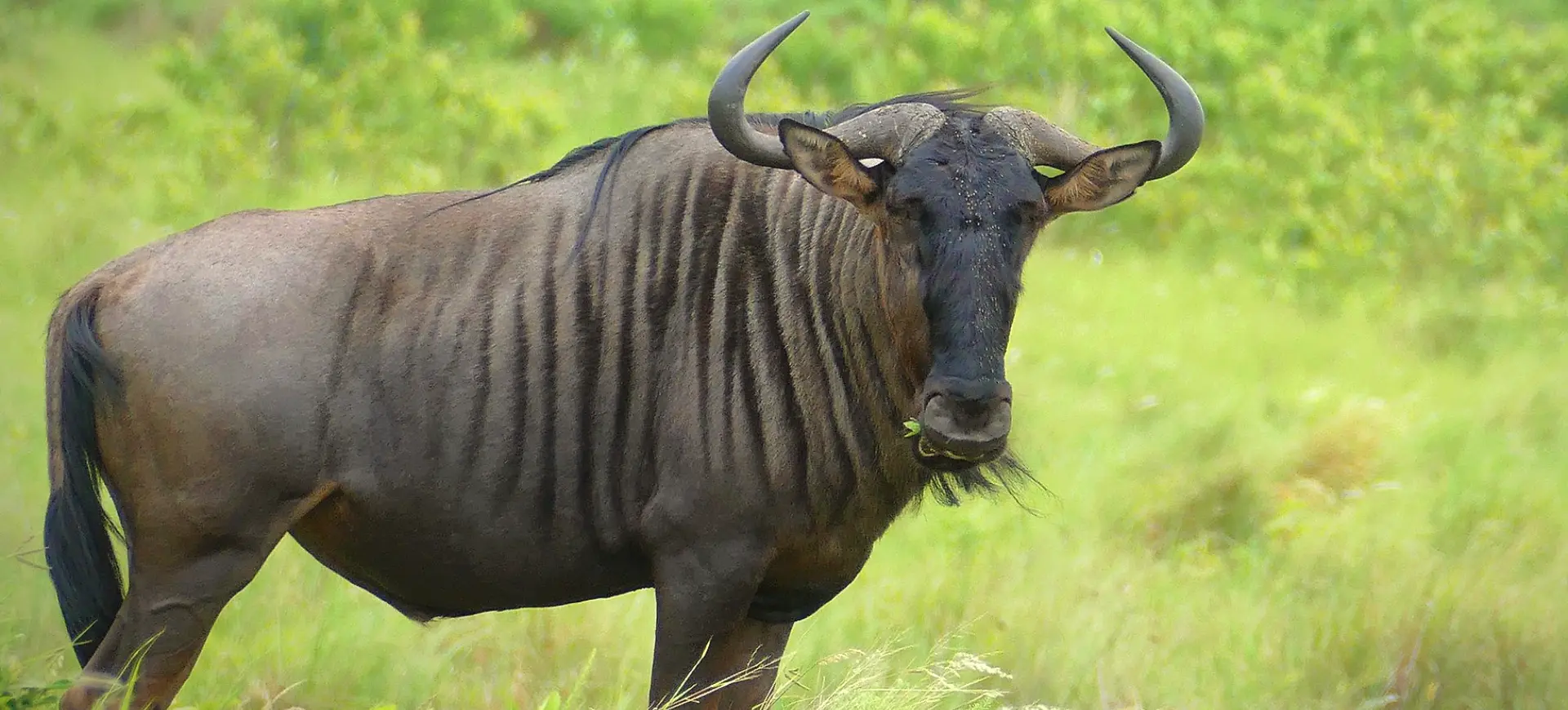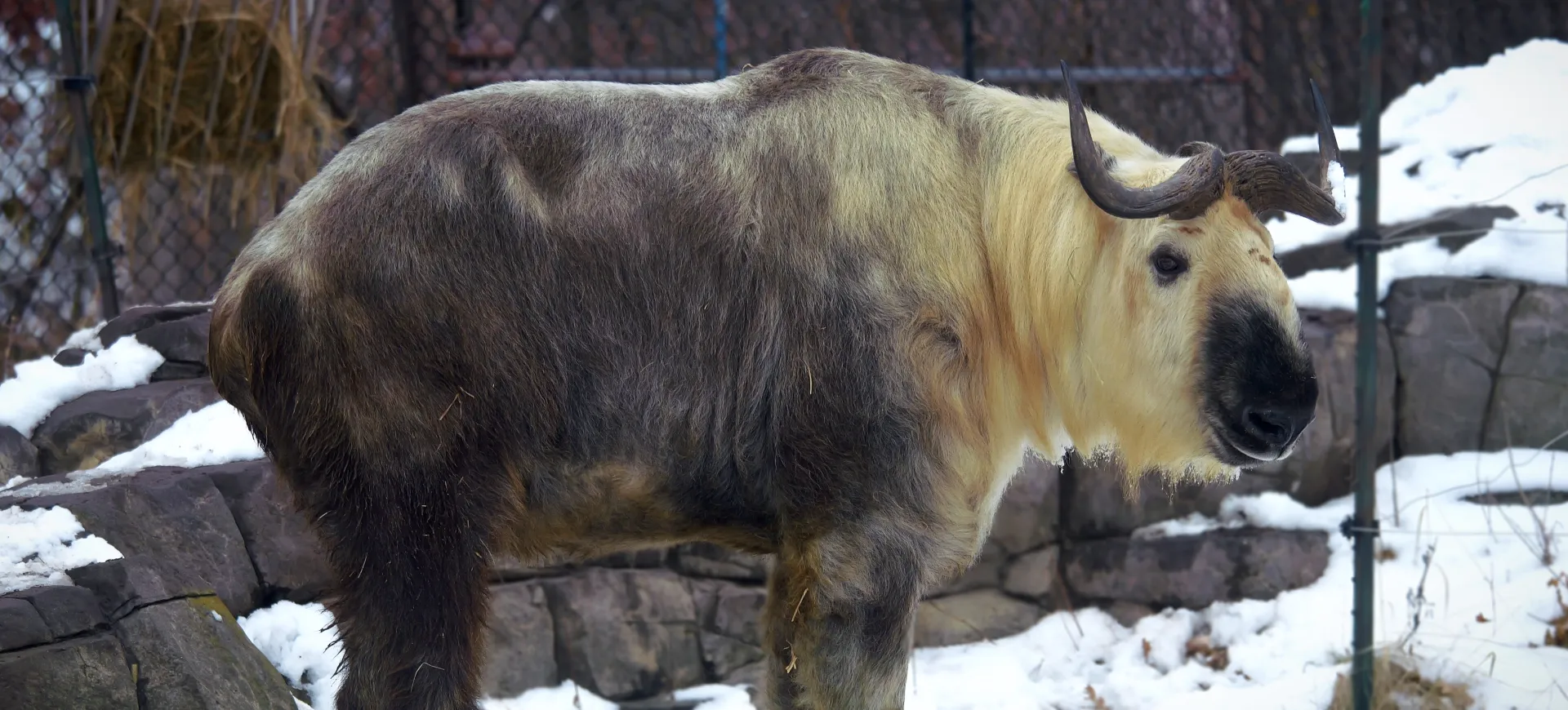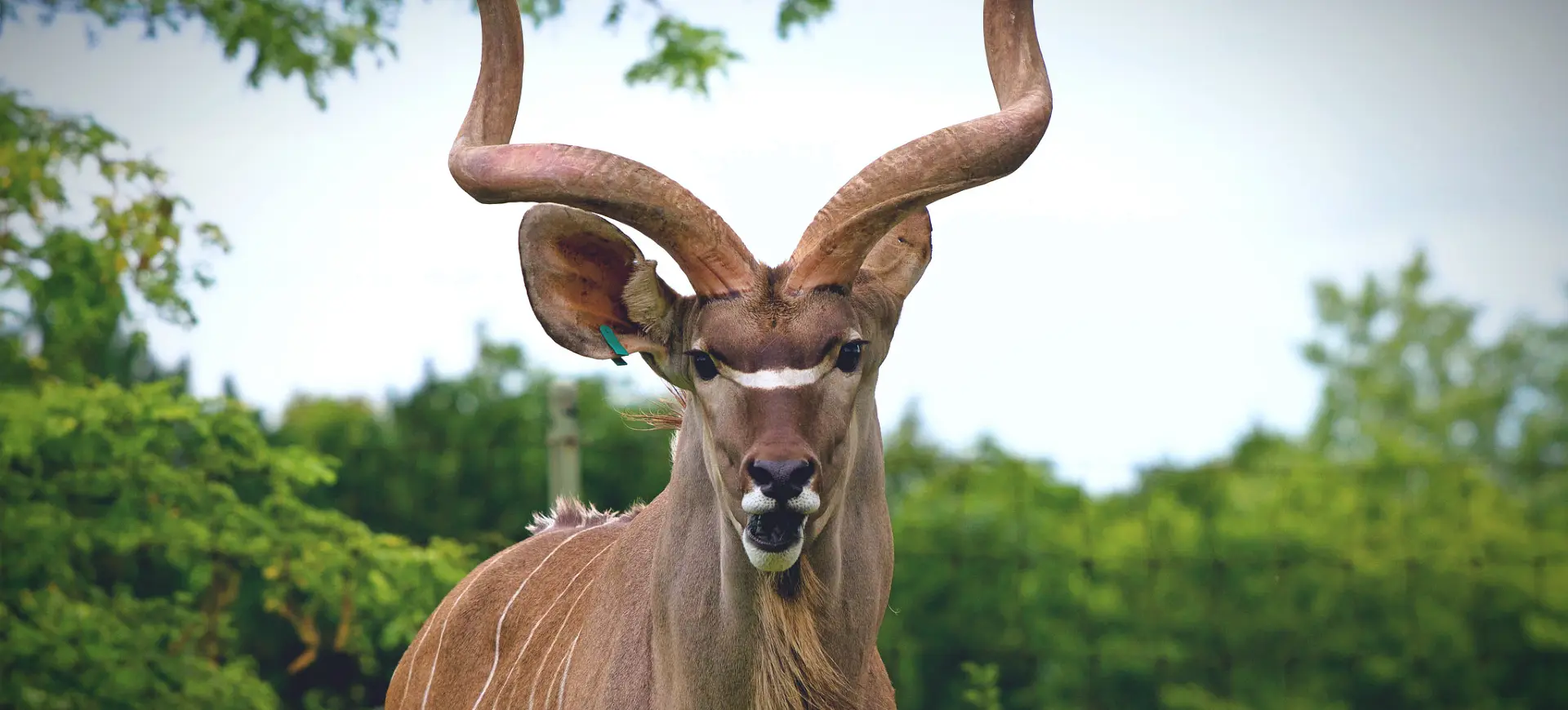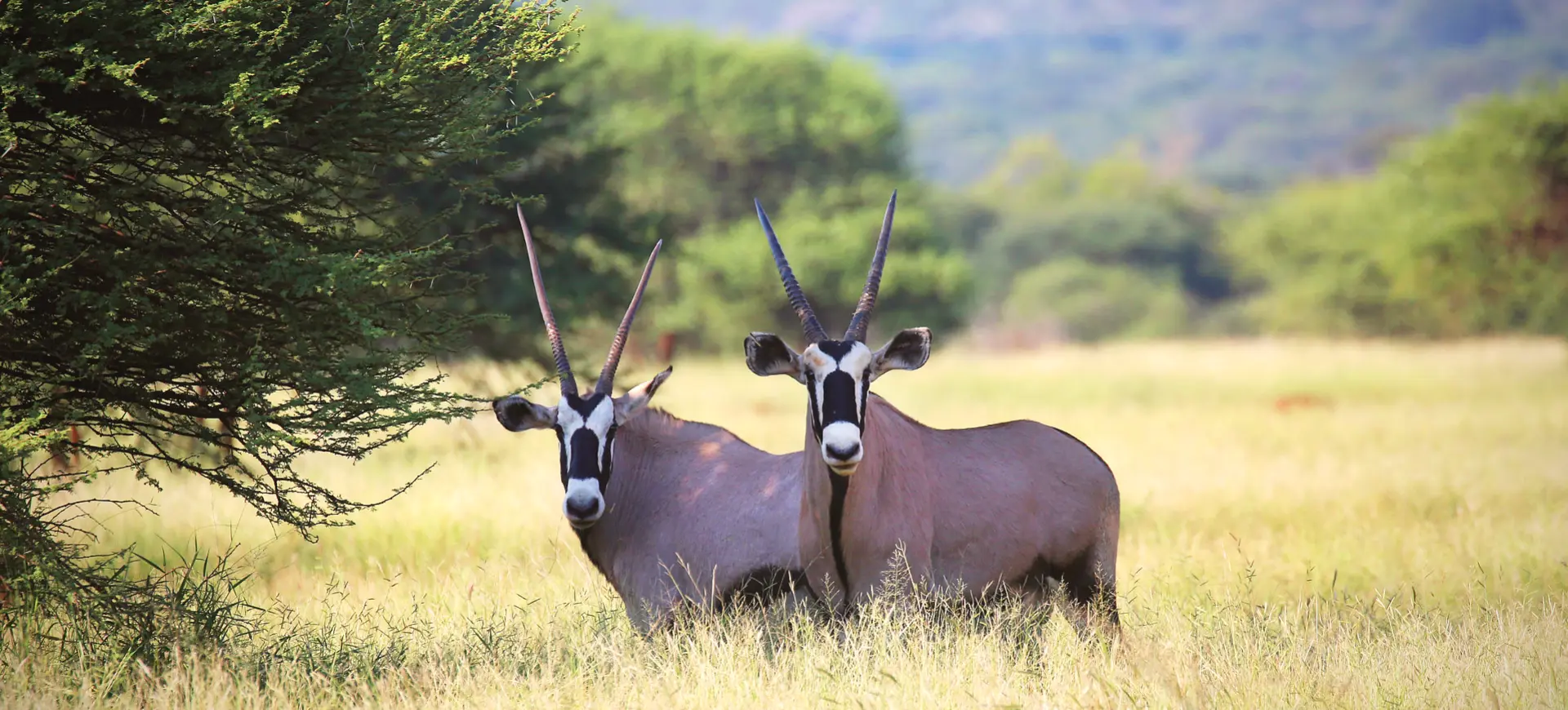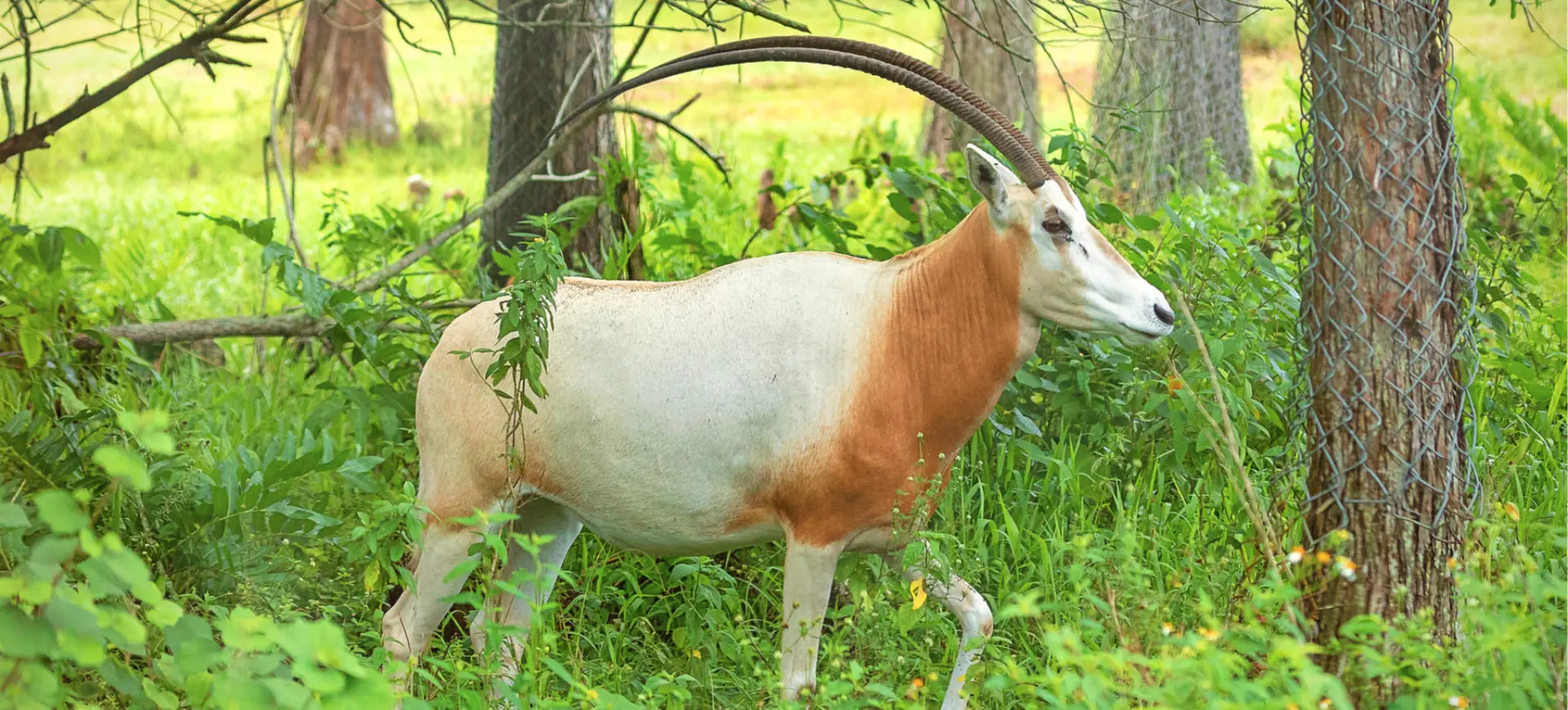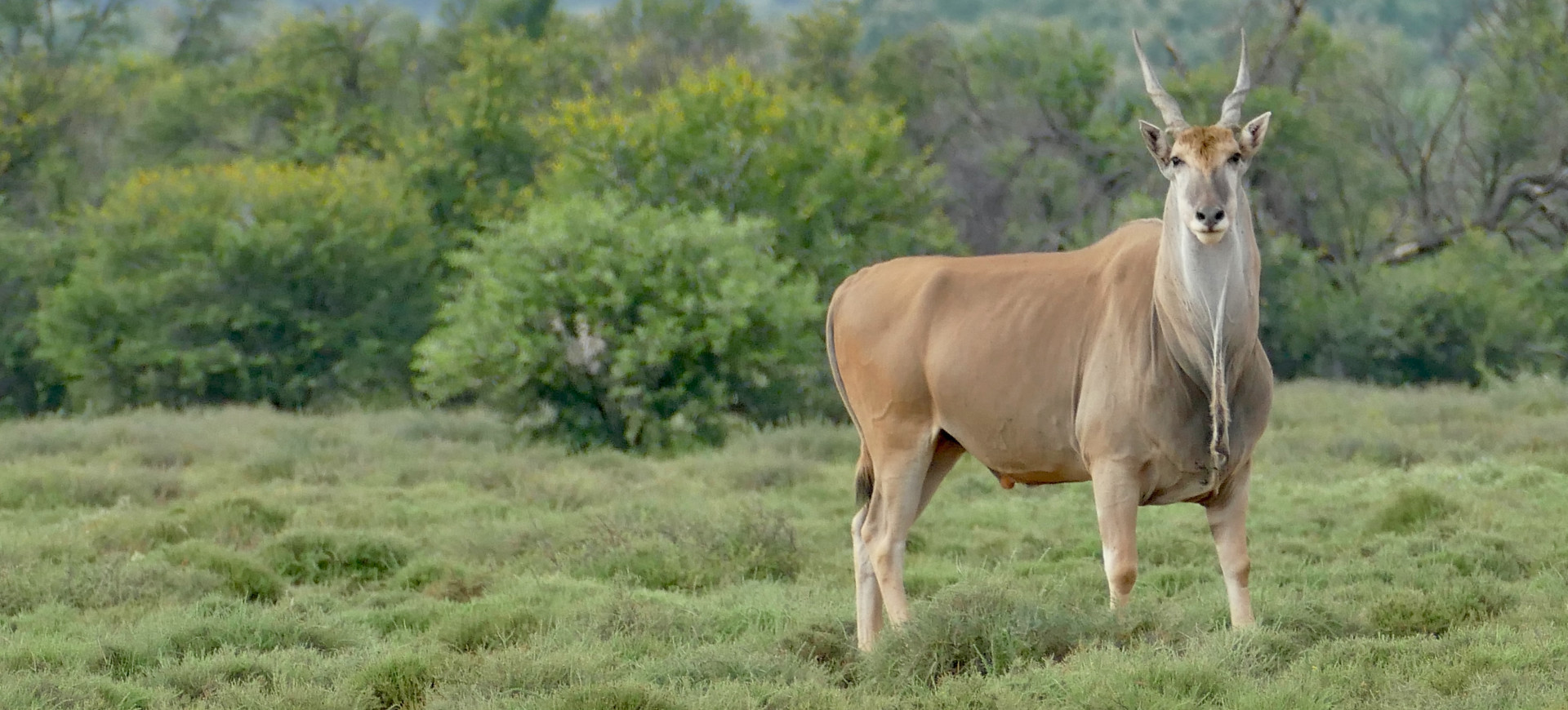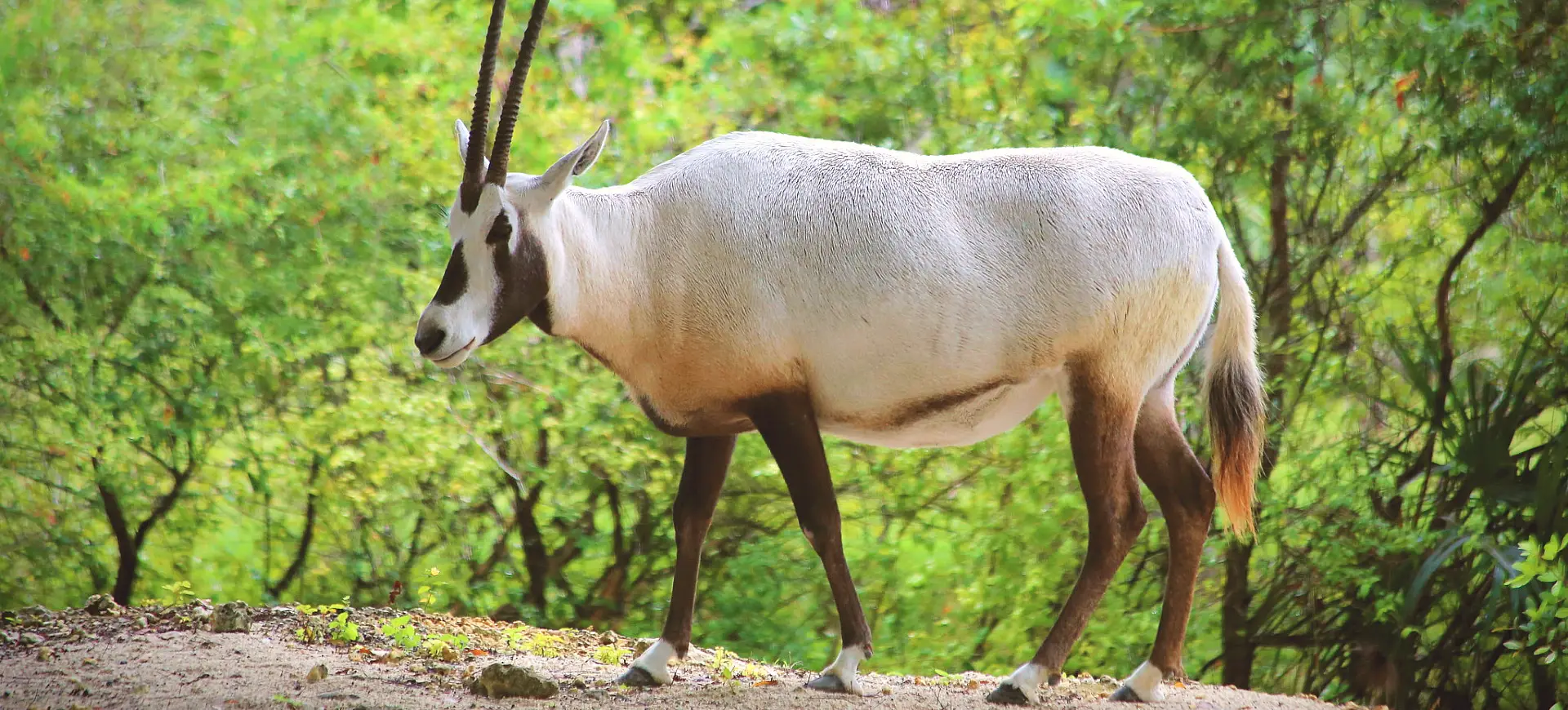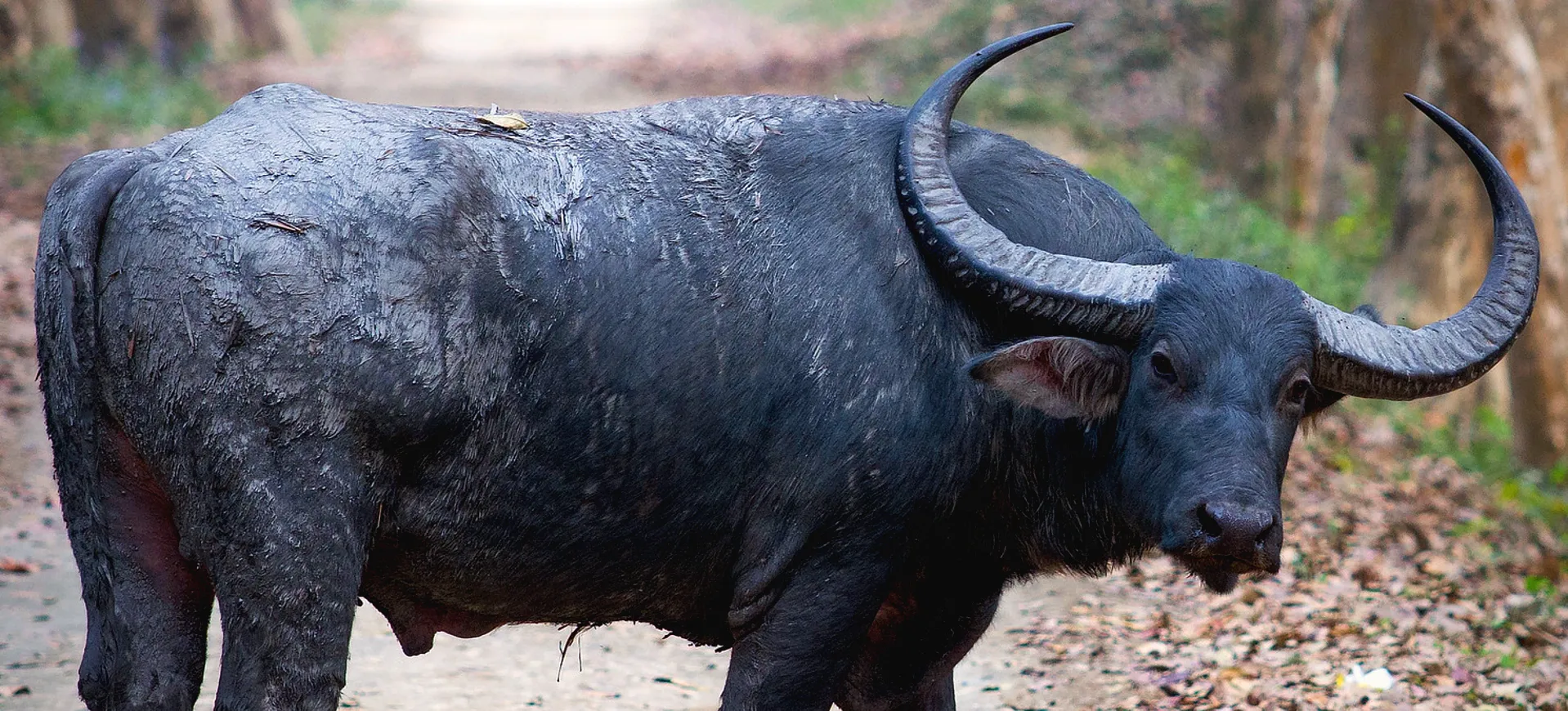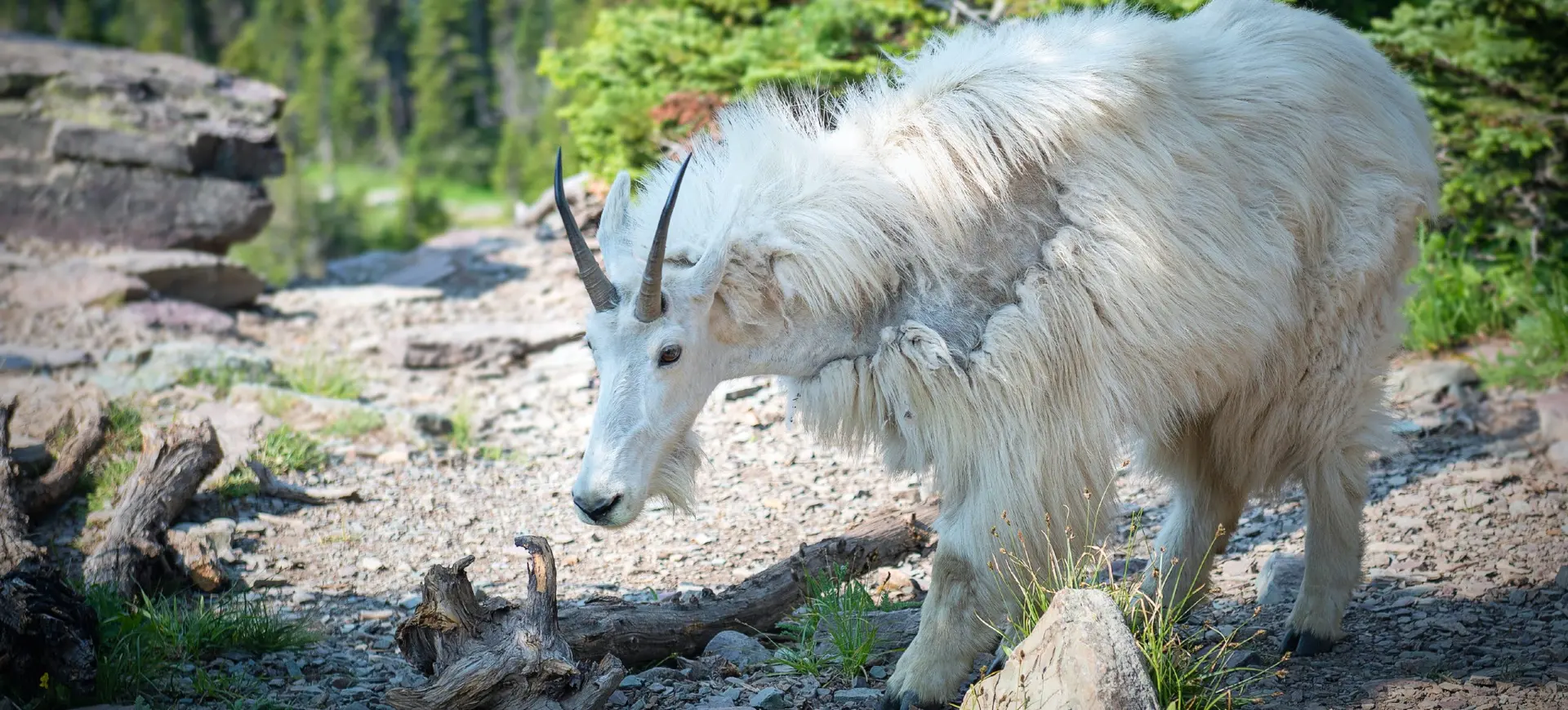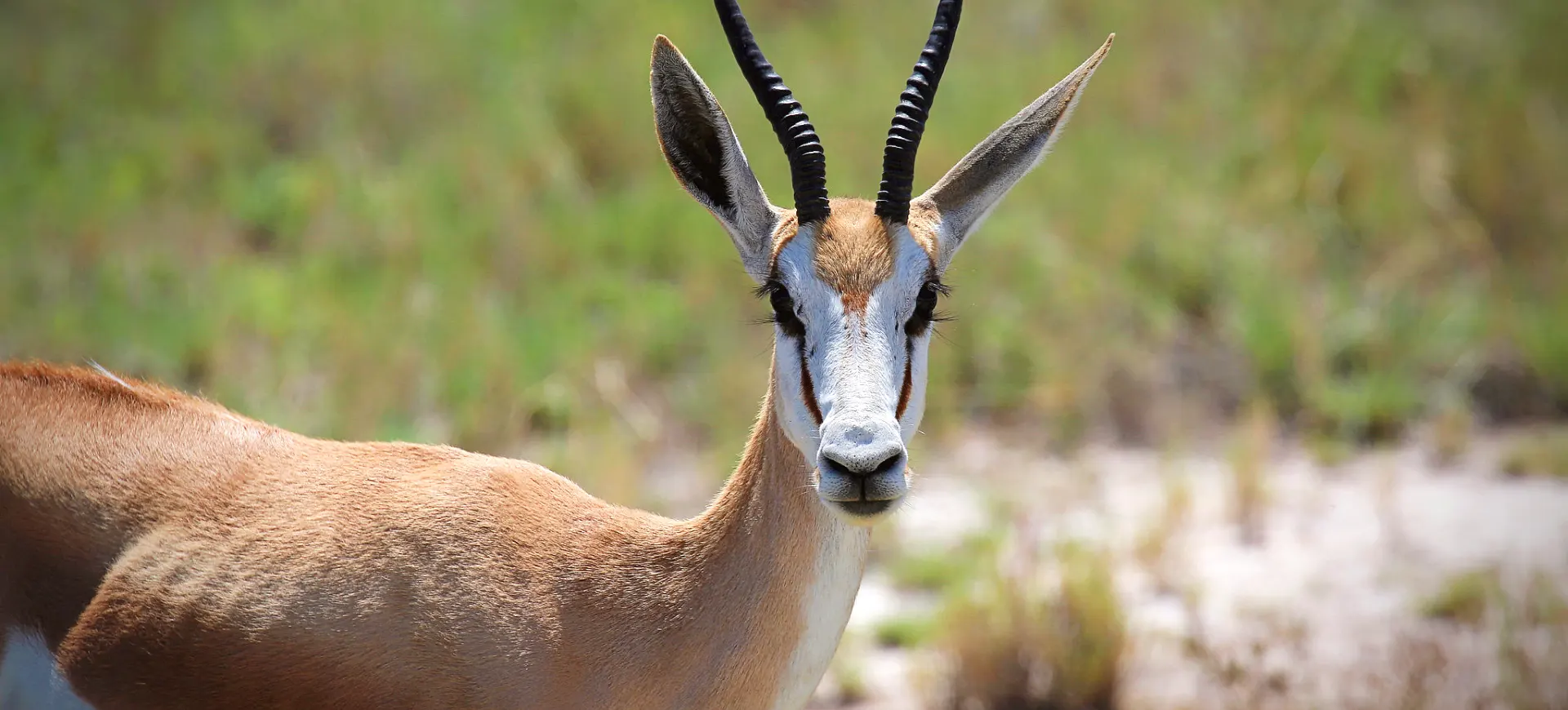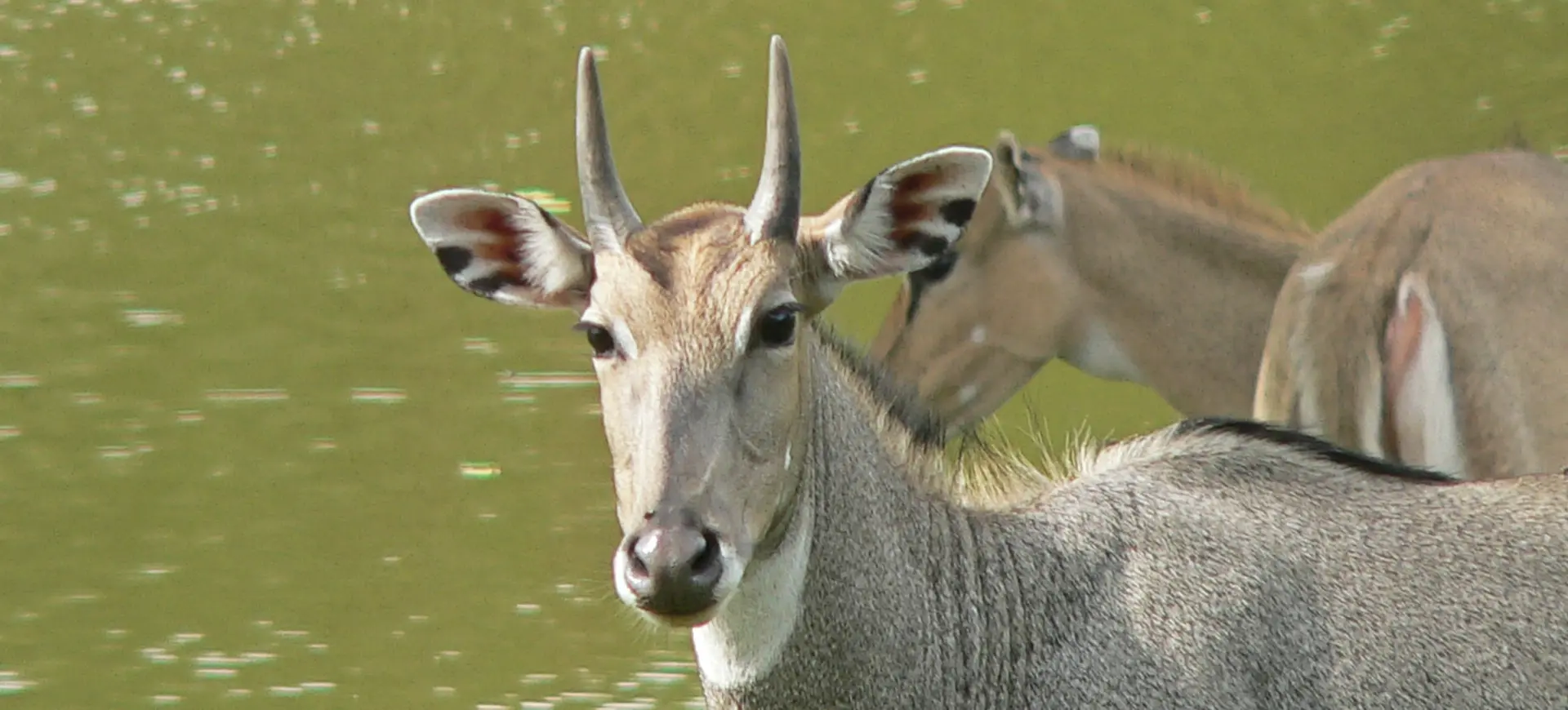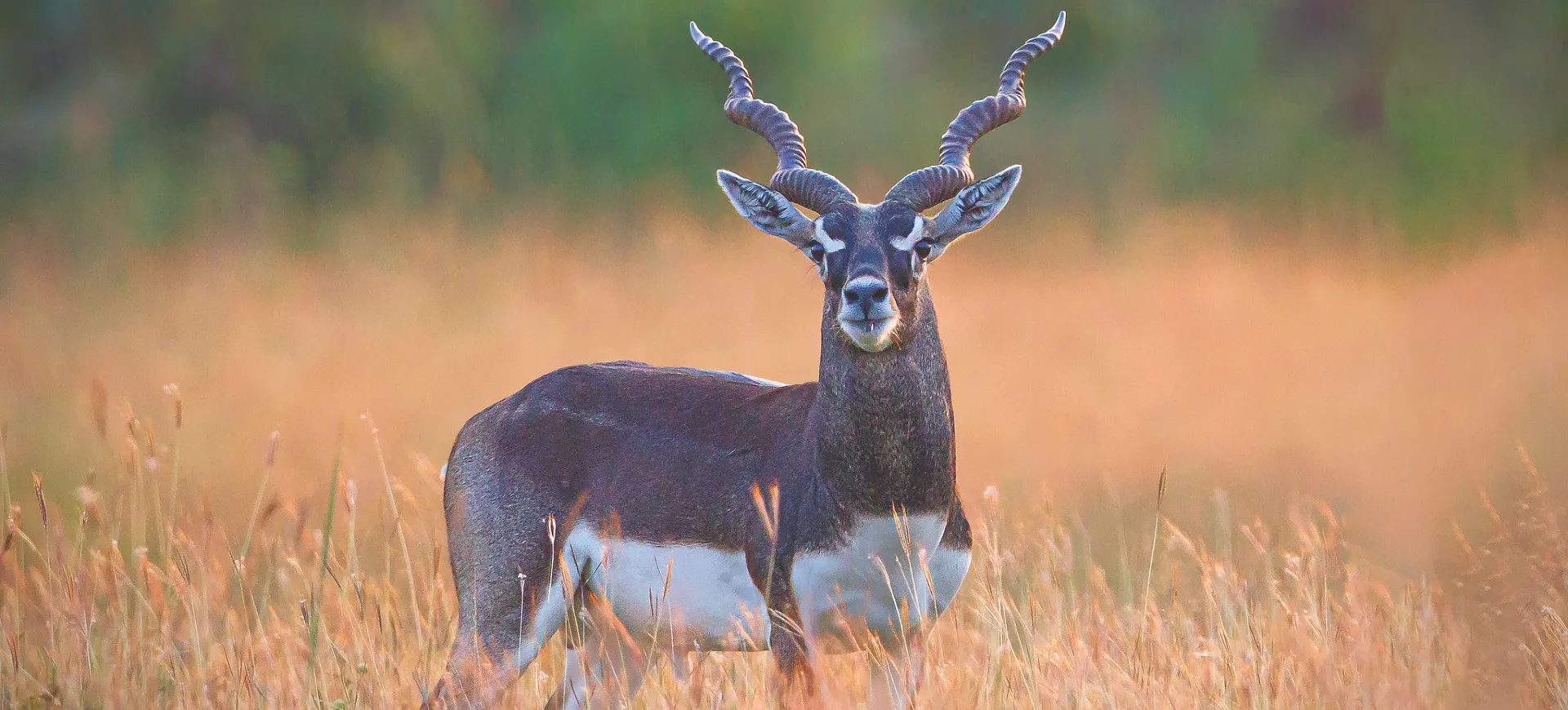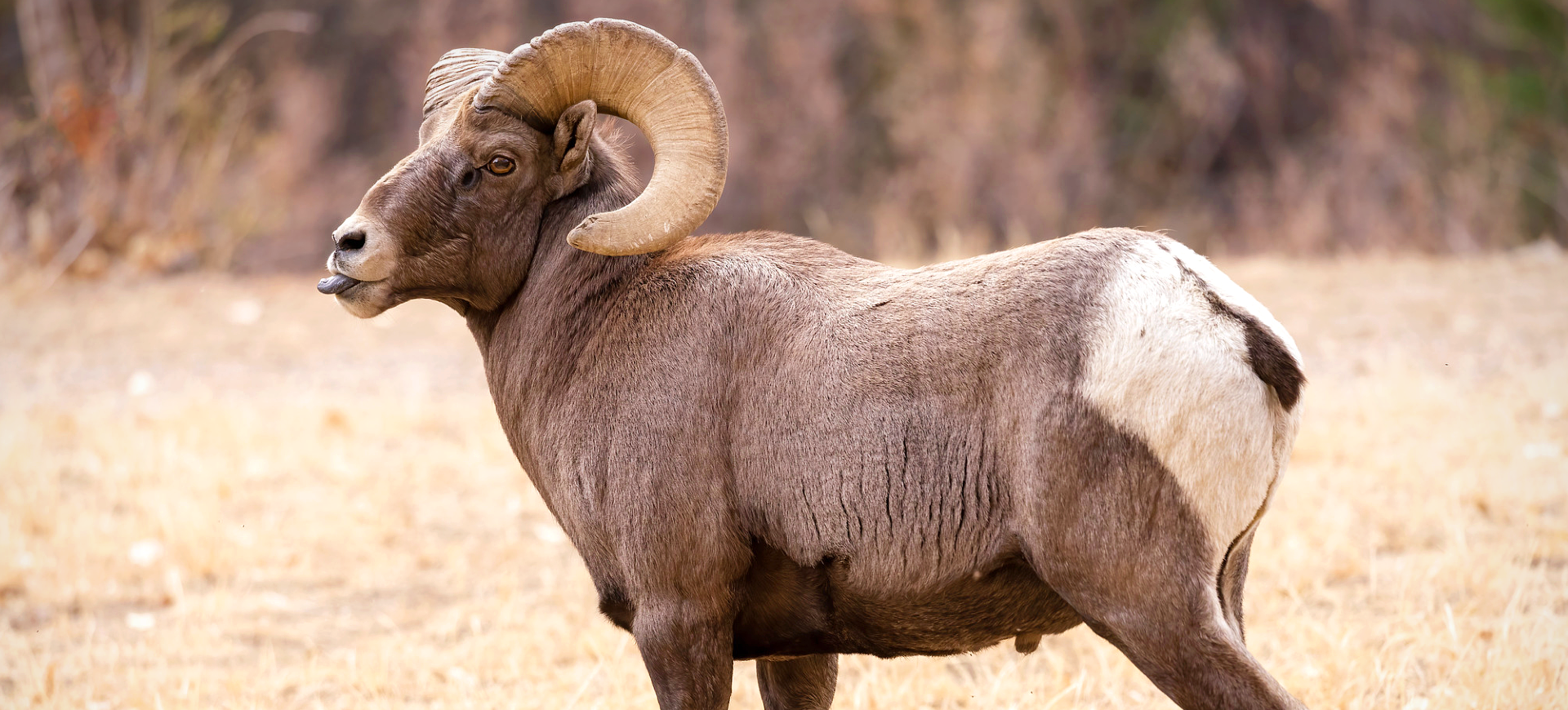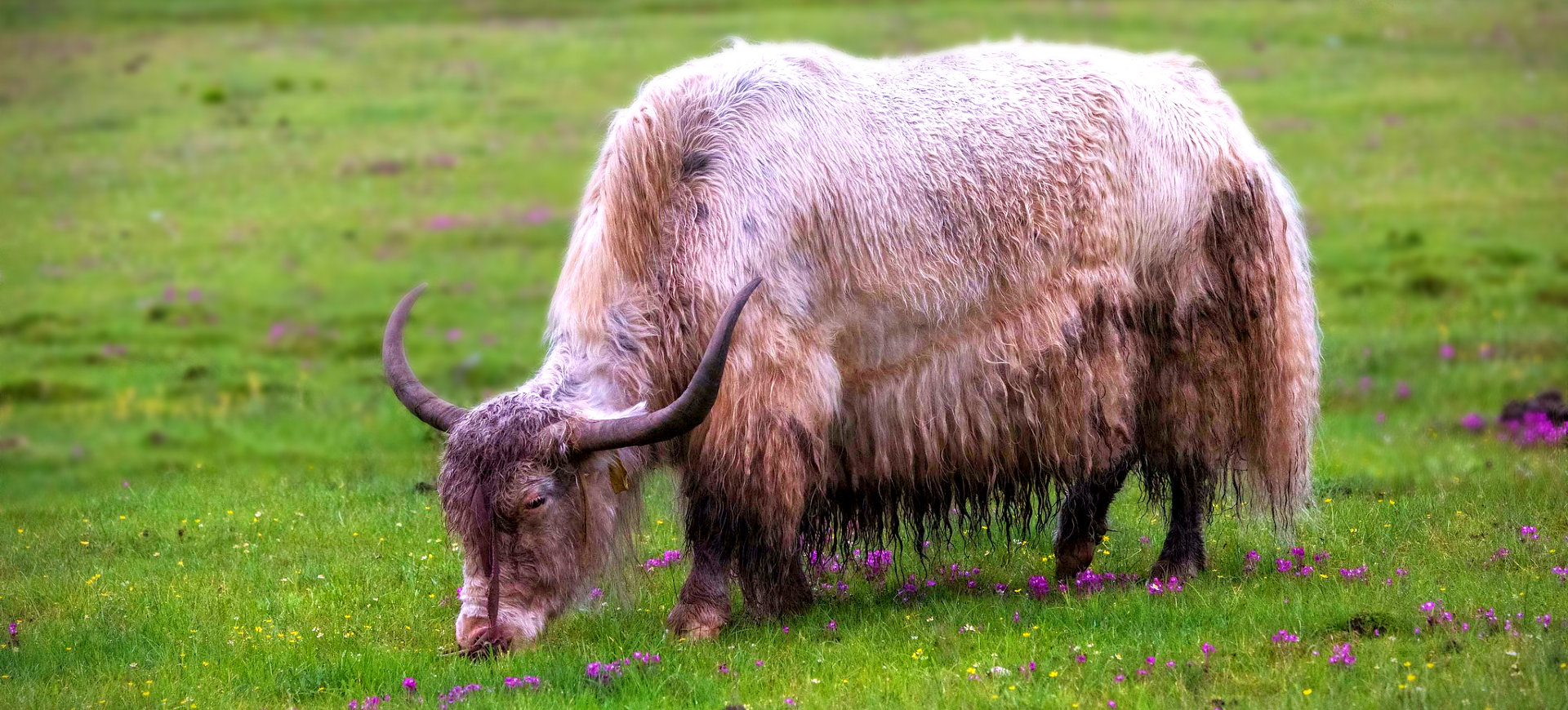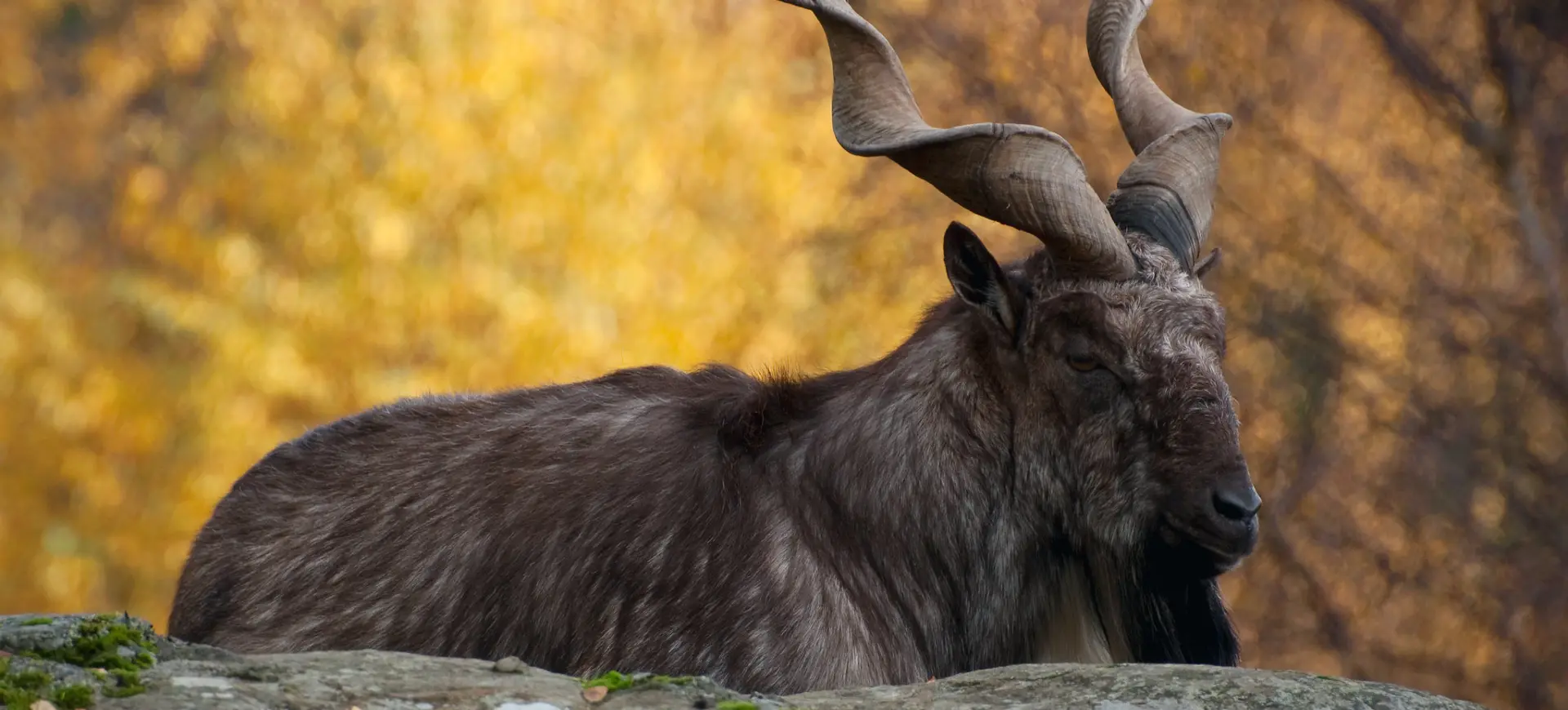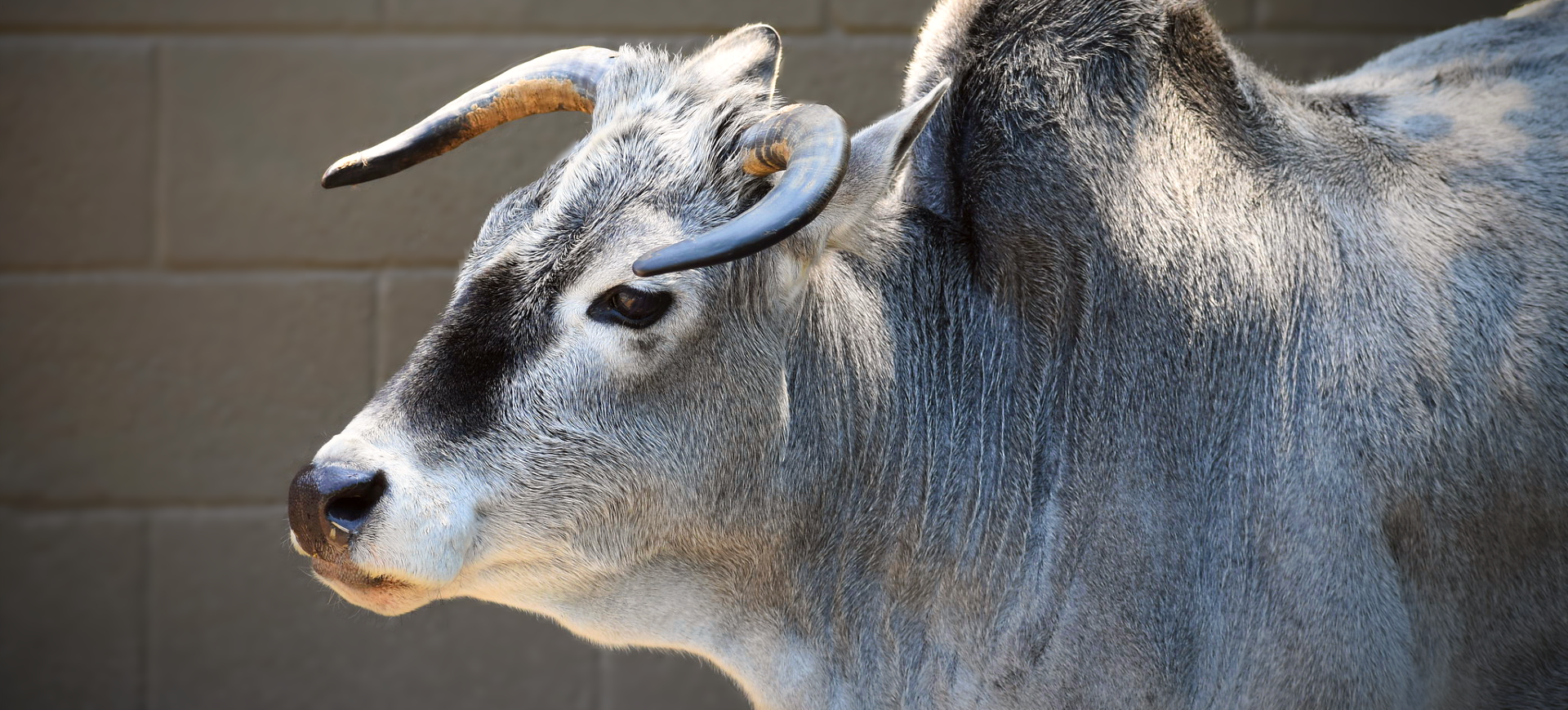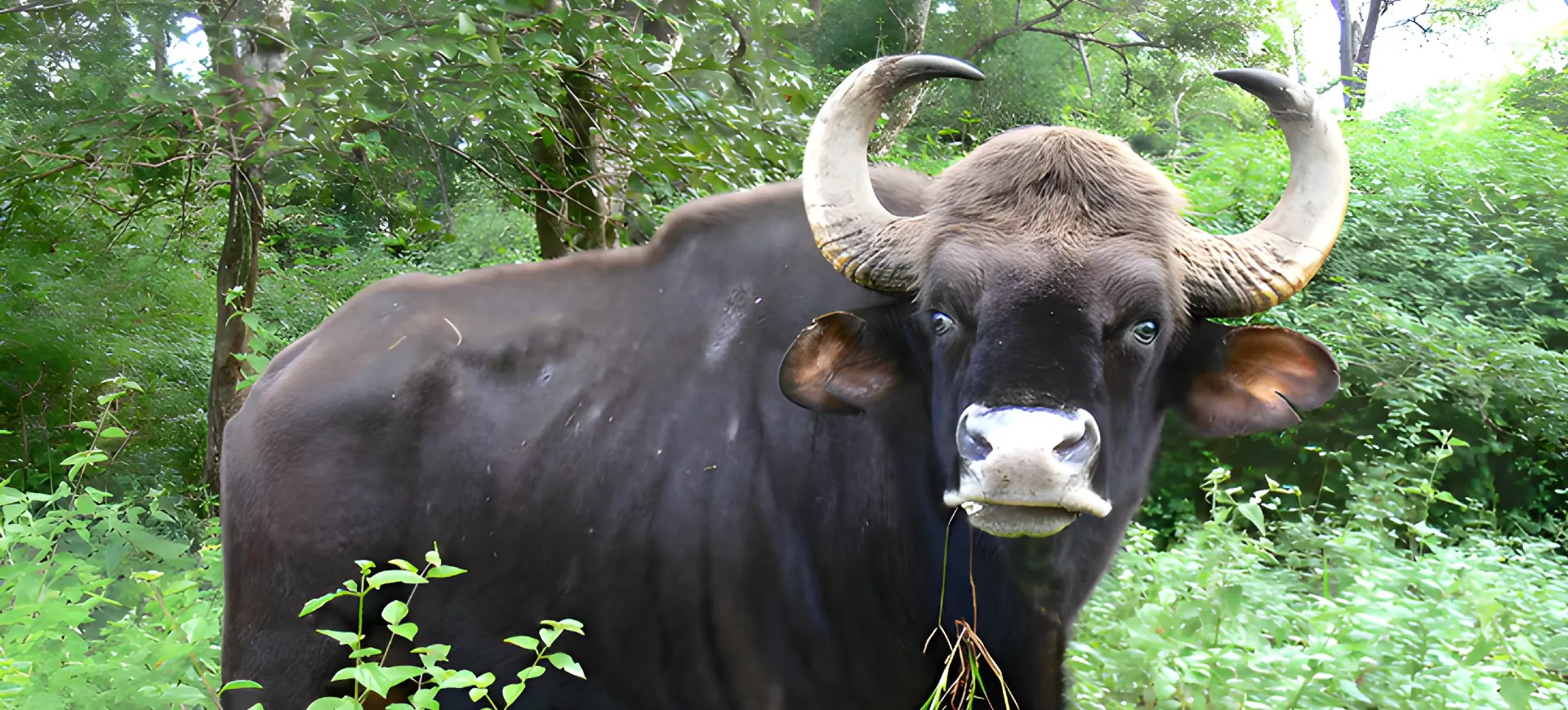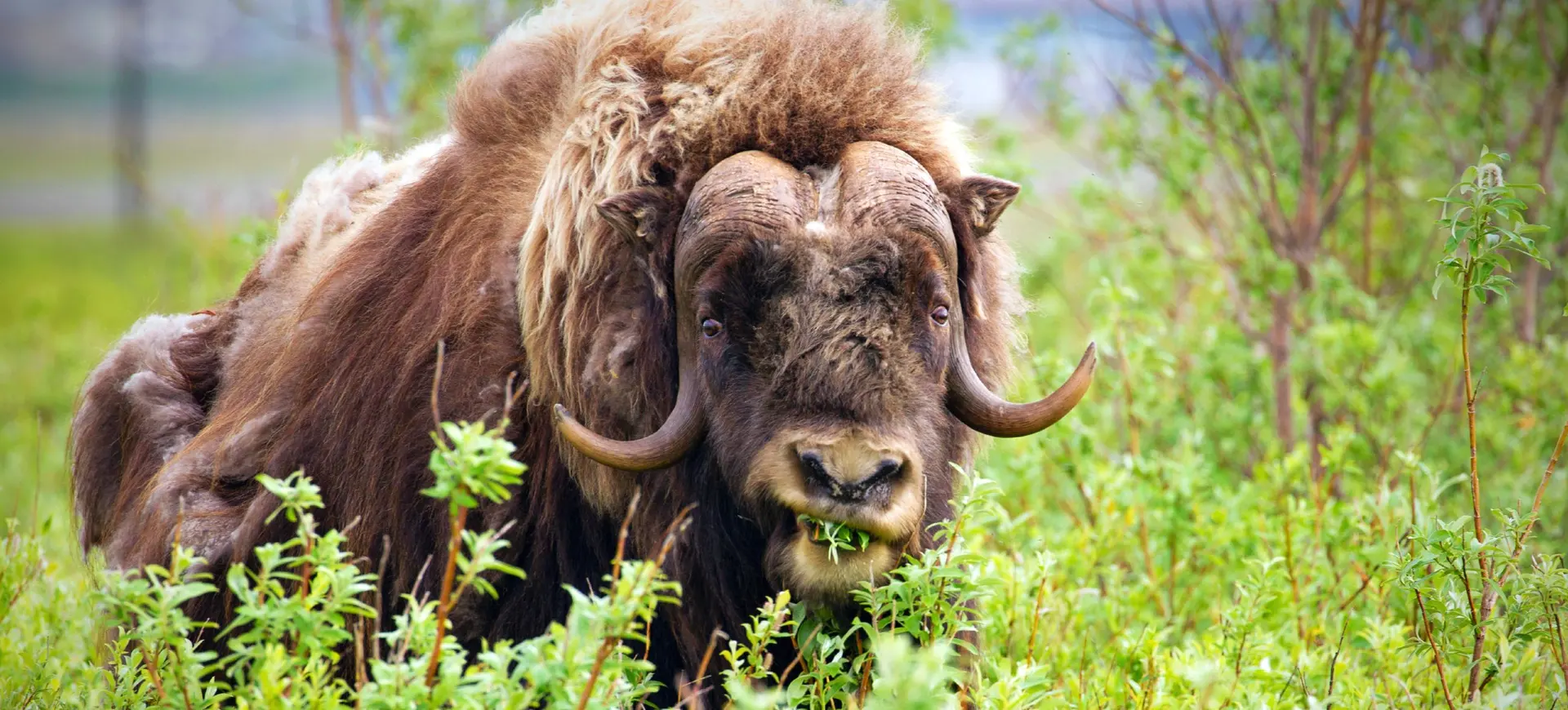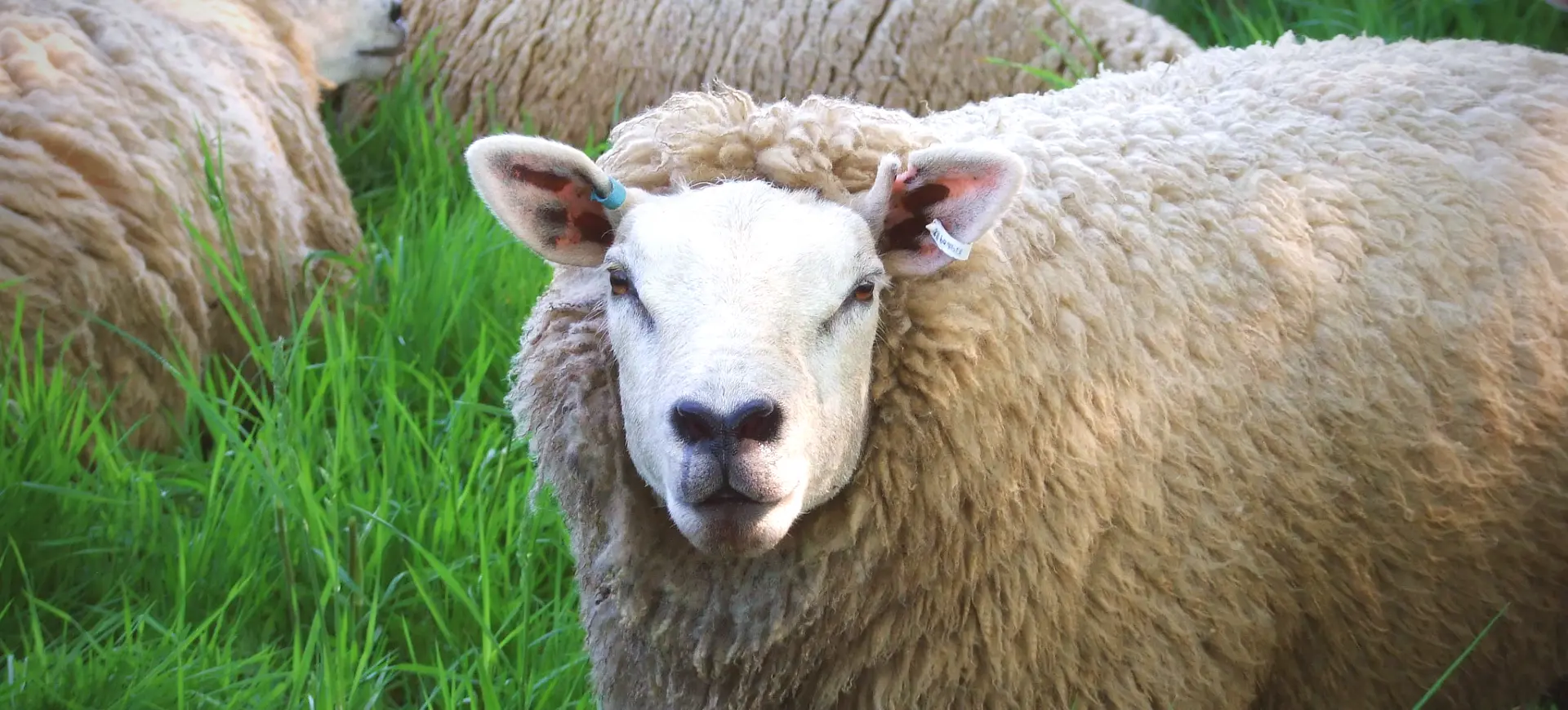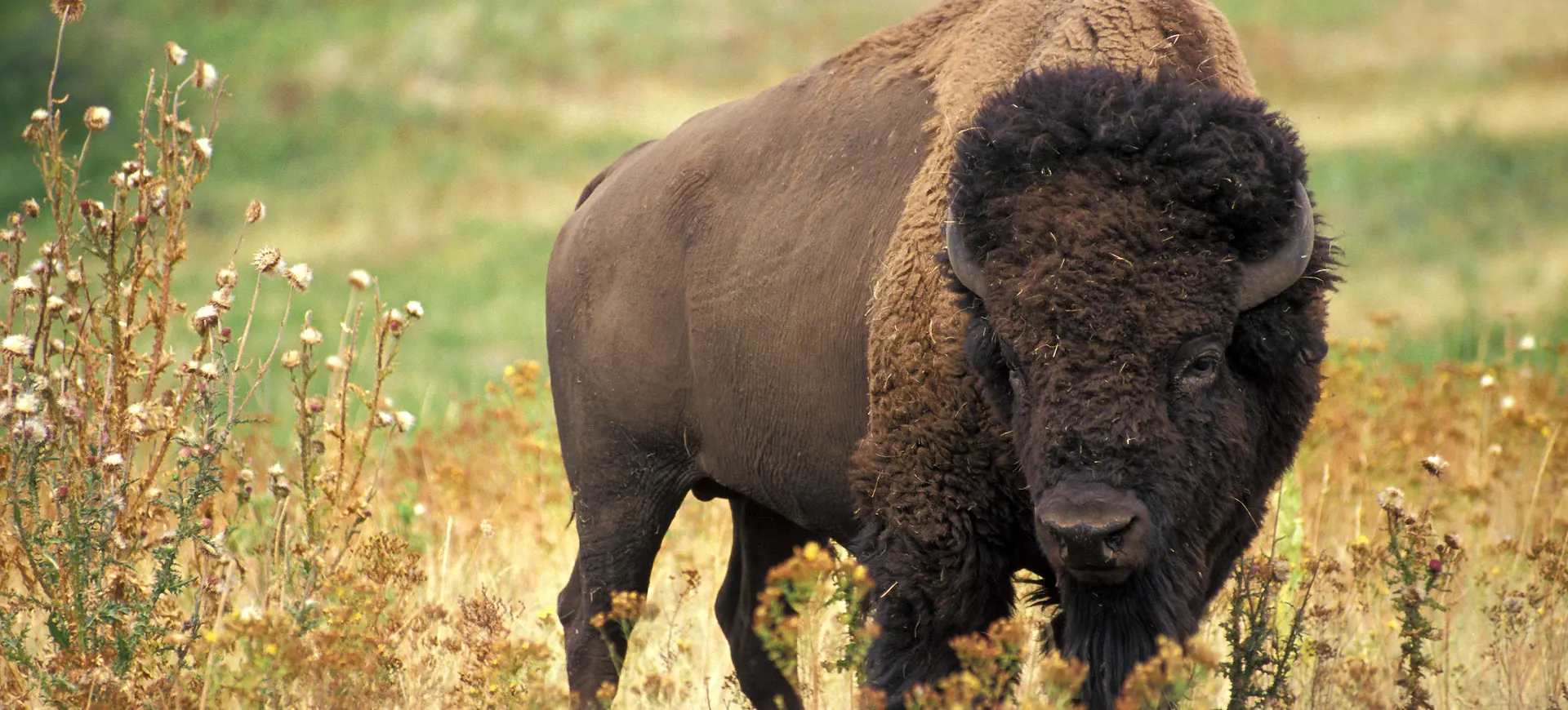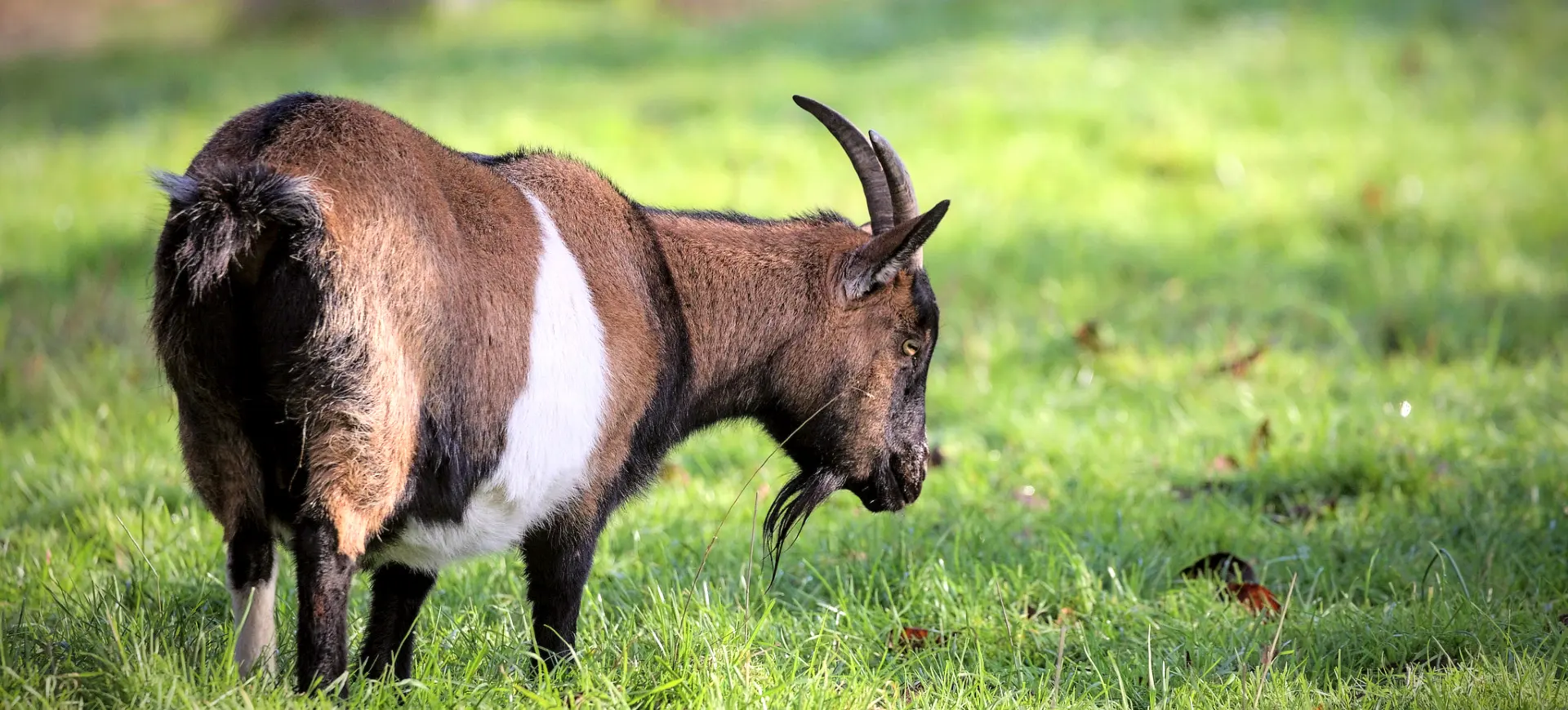Overview
The Gerenuk, also known as Litocranius walleri, is a long-necked species of antelope found in the Horn of Africa and parts of East Africa. Its elongated neck and slender limbs distinguish it, allowing it to reach vegetation that other herbivores cannot. The Gerenuk can stand on its hind legs to feed, a behavior not commonly seen in other antelopes.
This species prefers arid regions, such as savannas and semi-deserts, where it feeds primarily on leaves, shoots, and flowers. The Gerenuk is well-adapted to its dry environment; it can go for long periods without water, obtaining most of its hydration from the plants it consumes. This adaptation gives it an advantage in habitats where water is scarce.
Gerenuks are generally shy and elusive, making them difficult to observe in the wild. They are primarily diurnal and active mainly during the day. While they are not social animals, they are sometimes seen in small groups, usually consisting of females and their offspring or bachelor groups of young males.
Taxonomy
Kingdom
Phylum
Class
Order
Family
Genus
Species
Sub Species
Type
Physical Description:
The Gerenuk has a slender build characterized by its long neck and elongated legs. Its coat is typically reddish-brown on the upper body, transitioning to lighter shades on the belly. The eyes are large and expressive, providing a wide field of vision, essential for detecting predators in its open habitat.
Males are distinguishable by their lyre-shaped horns, which can grow up to 18 inches long. Females, on the other hand, lack horns. Both sexes have a white patch around their eyes and a similar patch on the throat, which can vary in size. The tail is short, with a tuft of black hair at the end.

Lifespan: Wild: ~8 years || Captivity: ~13 years

Weight: Male: 68–115 lbs (31–52 kg) || Female: 62–110 lbs (28–50 kg)

Length: Male: 58–64 in (147–163 cm) || Female: 55–61 in (140–155 cm)

Height: Male: 35–41 in (89–104 cm) || Female: 31–37 in (79–94 cm)

Top Speed: 40 mph (64 km/h)
Characteristic:
Native Habitat:
The Gerenuk is native to the arid regions of East Africa, specifically parts of Somalia, Ethiopia, Kenya, and Tanzania. It prefers habitats like semi-deserts and savannas, where it can easily access its preferred vegetation types. The species is well-adapted to these dry conditions, capable of going for long periods without water.
The landscape in these regions is often flat, with sparse tree cover, providing the Gerenuk with its preferred open spaces. The vegetation primarily consists of thorny bushes and small trees, ideal for Gerenuk’s browsing behavior. The species has a low tolerance for habitat disturbance, making it sensitive to environmental changes.
Biomes:
Biogeographical Realms:
Continents:
Diet:
Diet & Feeding Habits:
Gerenuks are highly selective feeders, focusing primarily on leaves, shoots, and flowers. They use their long necks and the ability to stand on their hind legs to reach vegetation that is out of reach for other herbivores. This feeding strategy allows them to exploit a relatively competition-free niche, especially in arid environments where food can be scarce.
Unlike many other antelopes, Gerenuks do not graze; they are almost entirely browsers. They have a preference for thorny bushes and trees, including acacia species. Their narrow mouths allow them to navigate between thorns, enabling them to consume parts of plants inaccessible to other herbivores.
Mating Behavior:
Mating Description:
Gerenuks have a polygynous mating system, where a single male mates with multiple females. Males establish territories that they defend vigorously against rivals. During the mating season, males engage in displays to attract females, often standing on their hind legs to appear larger and more imposing.
Females have a gestation period of about seven months and usually give birth to a single fawn. The young are born relatively well-developed and can stand and walk shortly after birth. They are hidden in vegetation for the first few weeks of life, where the mother returns periodically to nurse them. As they grow, the young gradually join the mother in normal activities.
Reproduction Season:
Birth Type:
Pregnancy Duration:
Female Name:
Male Name:
Baby Name:
Social Structure Description:
Gerenuks are not particularly social animals and are often seen alone or in small groups. These groups usually consist of females and their offspring or bachelor groups of young males. Adult males are generally solitary and territorial, defending their territories from rivals, especially during the mating season.
Social interactions are minimal, and there is no evidence of a complex social hierarchy within these groups. Gerenuks communicate through various vocalizations, including bleats and snorts and visual signals like postures and ear movements. Despite their solitary tendencies, they are known to form temporary aggregations, especially around abundant food sources.
Groups:
Conservation Status:
Population Trend:
The Gerenuk is currently listed as Near Threatened by the IUCN, with a decreasing population trend. While it is still relatively common in some protected areas, the species faces significant threats in regions where it comes into contact with human activities. Habitat loss due to agricultural expansion is a major concern, as the Gerenuk has a low tolerance for environmental disturbance.
Conservation initiatives are primarily focused on habitat protection and anti-poaching measures. However, the species’ specialized feeding behavior and sensitivity to habitat changes make it a challenging subject for conservation. More research is needed to understand its ecology and behavior, which will inform future conservation strategies.
Population Threats:
The primary threats to the Gerenuk population include habitat loss and fragmentation due to agricultural expansion and human settlements. The species is also hunted for its meat and hide, although this is less of a concern in protected areas where hunting is regulated or prohibited. Its specialized feeding behavior makes it particularly vulnerable to changes in vegetation structure, especially in regions where invasive plant species are becoming more common.
Climate change poses an additional threat, possibly altering the Gerenuk’s preferred habitats. Changes in precipitation patterns could affect the availability of its primary food sources, further stressing populations. Conservation initiatives must address these multiple threats holistically to ensure the species’ long-term survival.
Conservation Efforts:
Conservation efforts for the Gerenuk are primarily focused on habitat protection and anti-poaching measures. Several protected areas across its range serve as strongholds for the species, where populations are relatively stable. Community-based conservation initiatives are also being implemented to engage local communities in protecting this unique antelope.
Several countries have legal frameworks to protect the Gerenuk, but enforcement remains a challenge. More research is needed to understand the species’ ecology and behavior, which will inform future conservation strategies. Transboundary conservation efforts may also be necessary, given the Gerenuk’s wide but fragmented range.
Additional Resources:
Fun Facts
- Gerenuks can go for long periods without water, obtaining most of their hydration from plants.
- They are one of the few antelopes that can stand on their hind legs to feed.
- Gerenuks have a specialized “dental comb” formed by their lower incisors, used for stripping leaves from branches.
- They have a unique gland below their eyes, whose function is not entirely understood.
- Males have lyre-shaped horns that can grow up to 18 inches long.
- Gerenuks are primarily diurnal, most active during the day.
- They have a wide field of vision, which helps them detect predators from a distance.
- The species is sensitive to habitat disturbance, making it a challenging subject for conservation.
- Gerenuks are known for their shy and elusive nature, making them difficult to observe in the wild.
- Despite their slender build, they can run up to 40 mph to escape predators.







